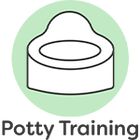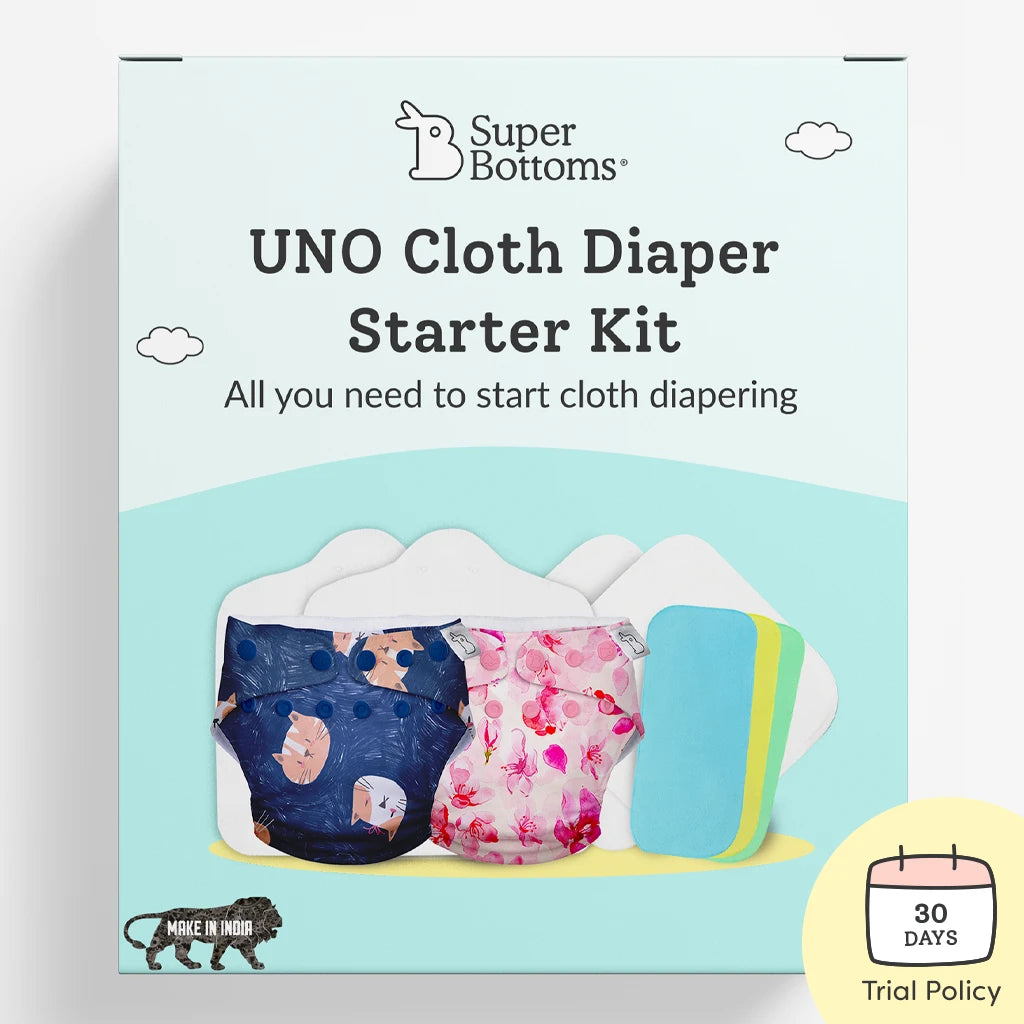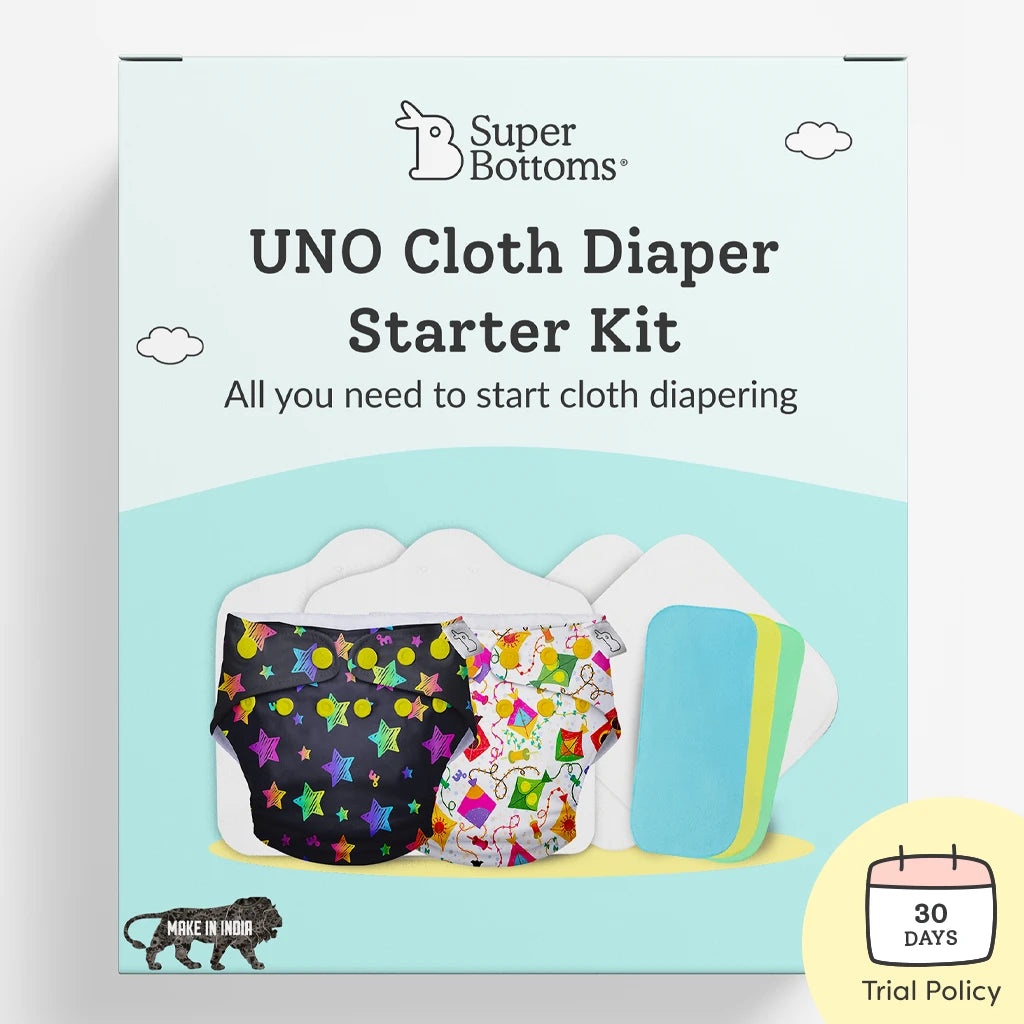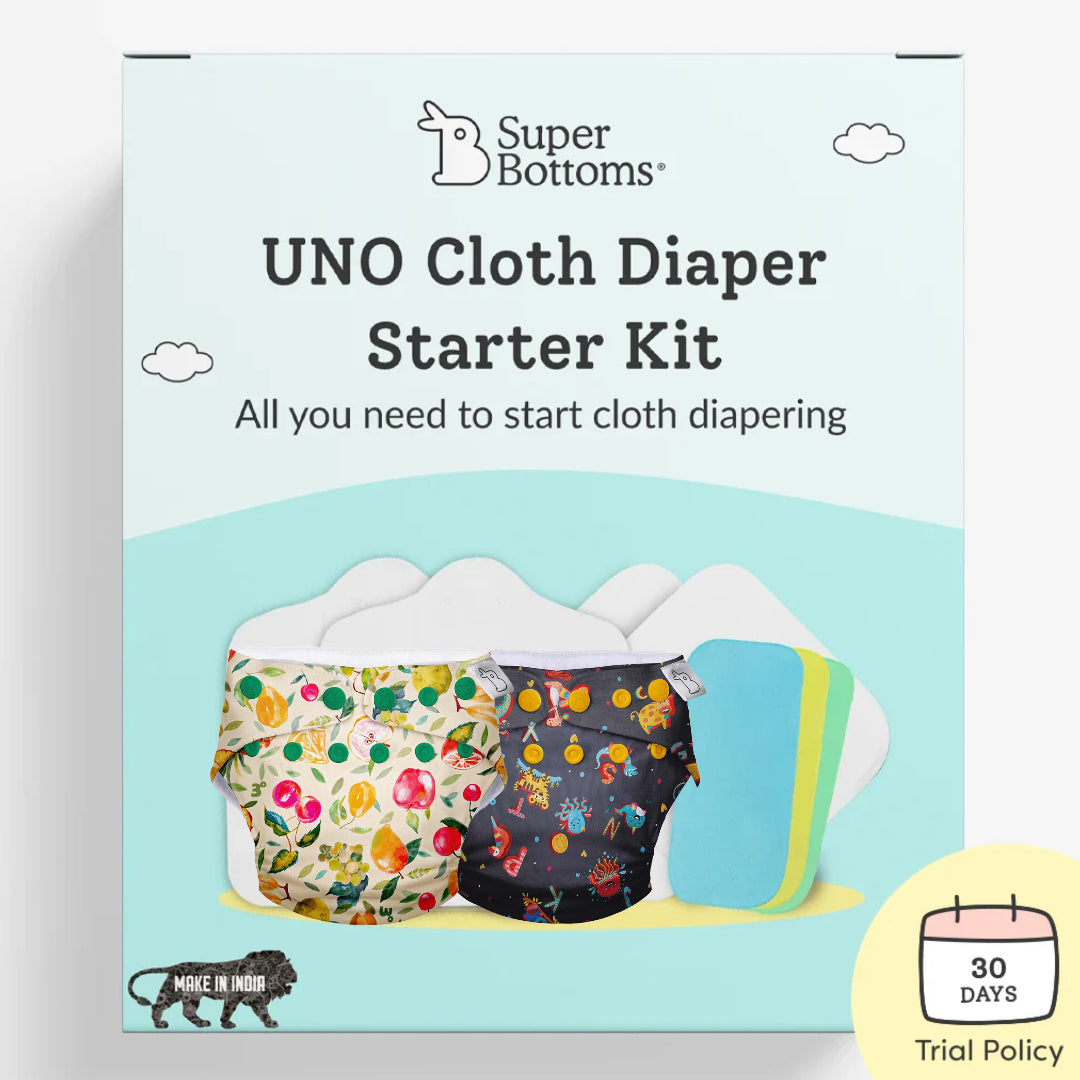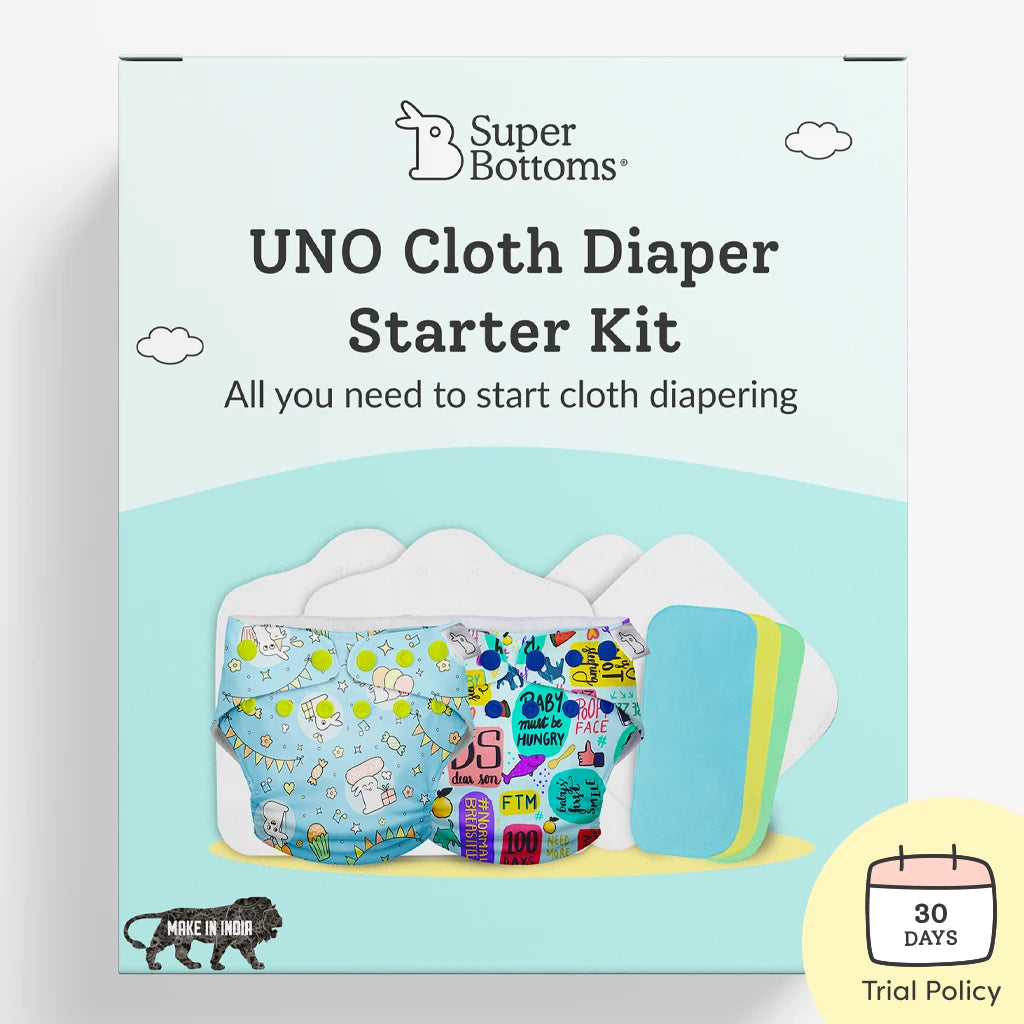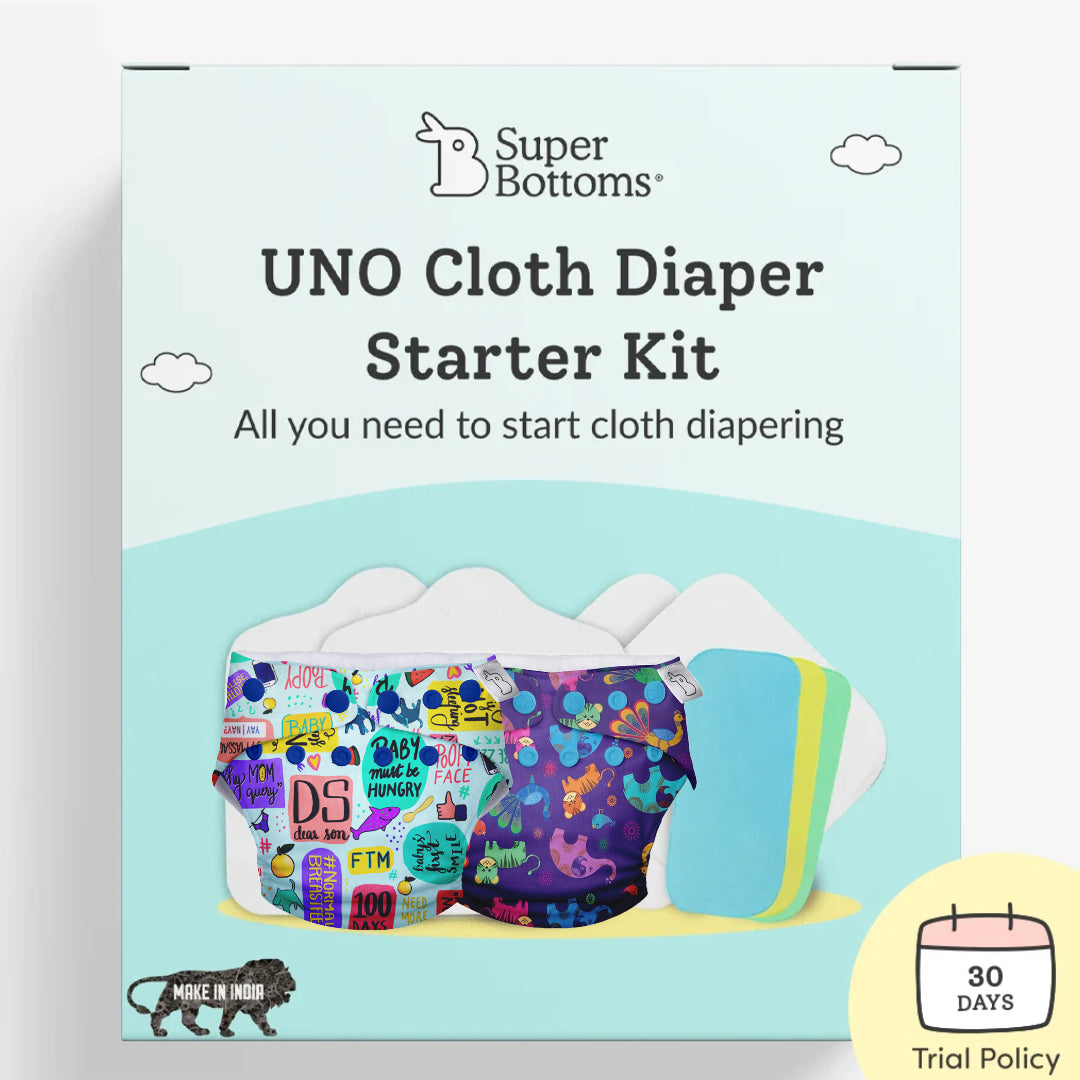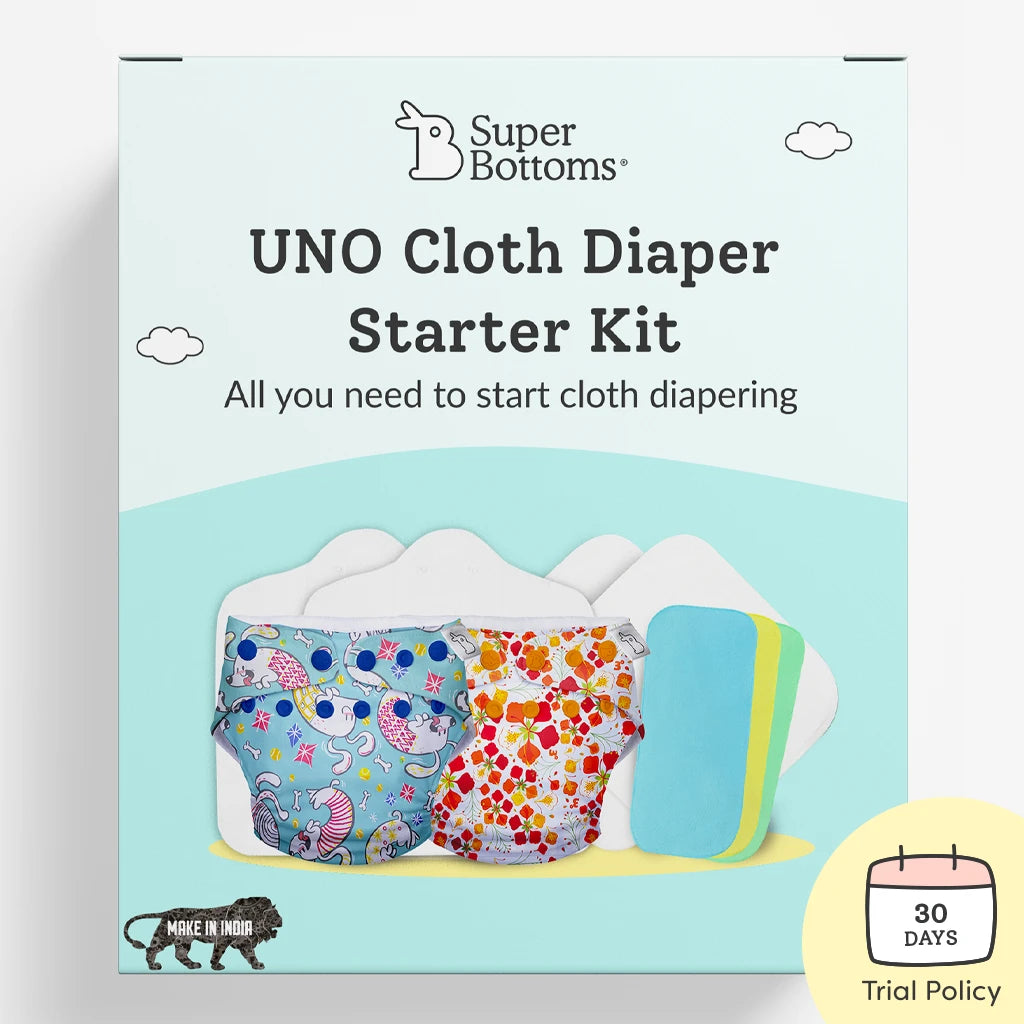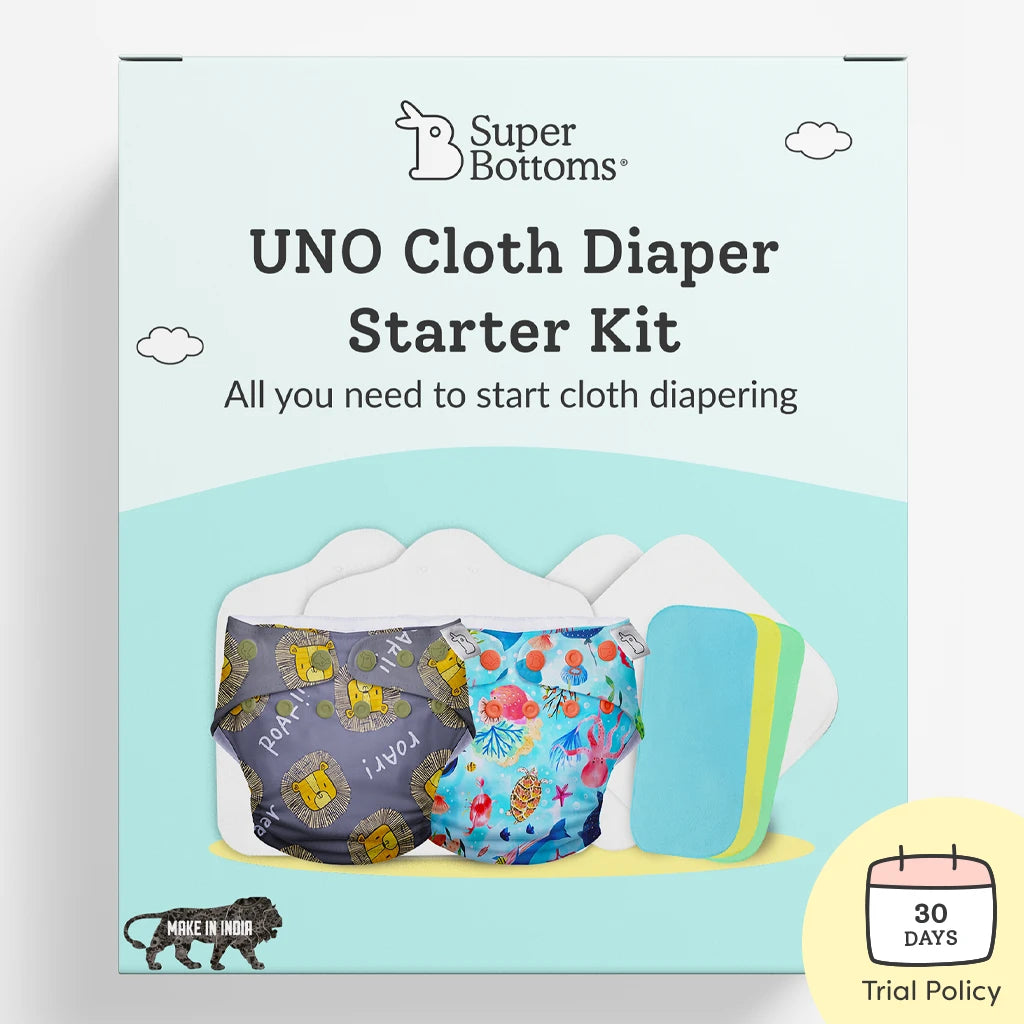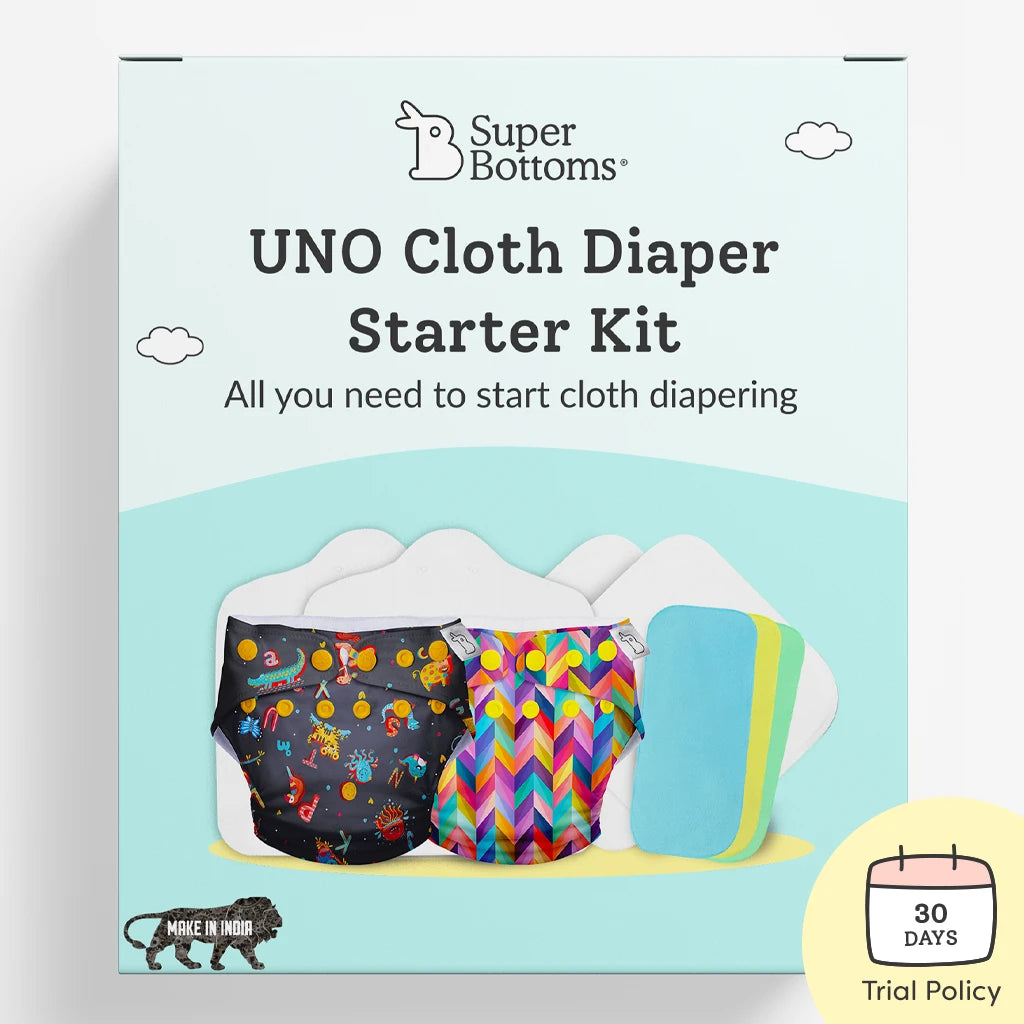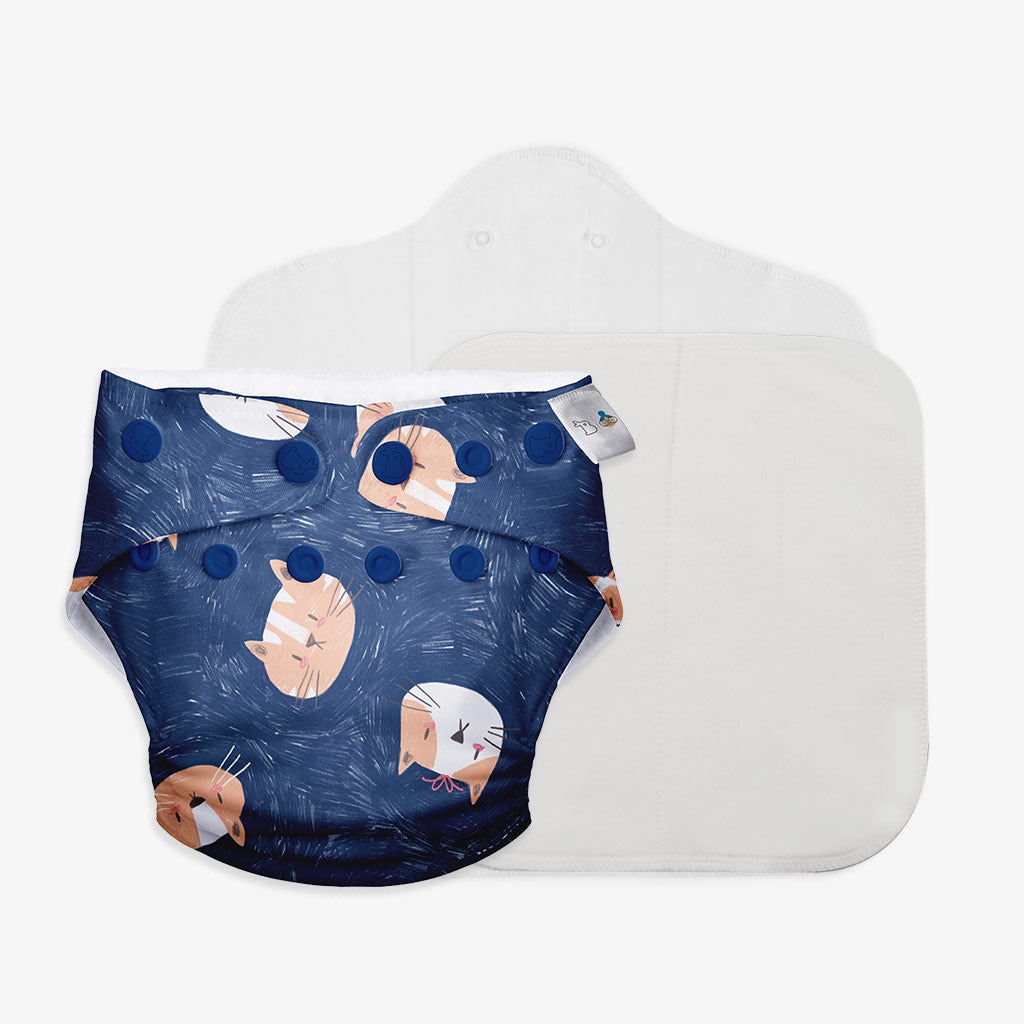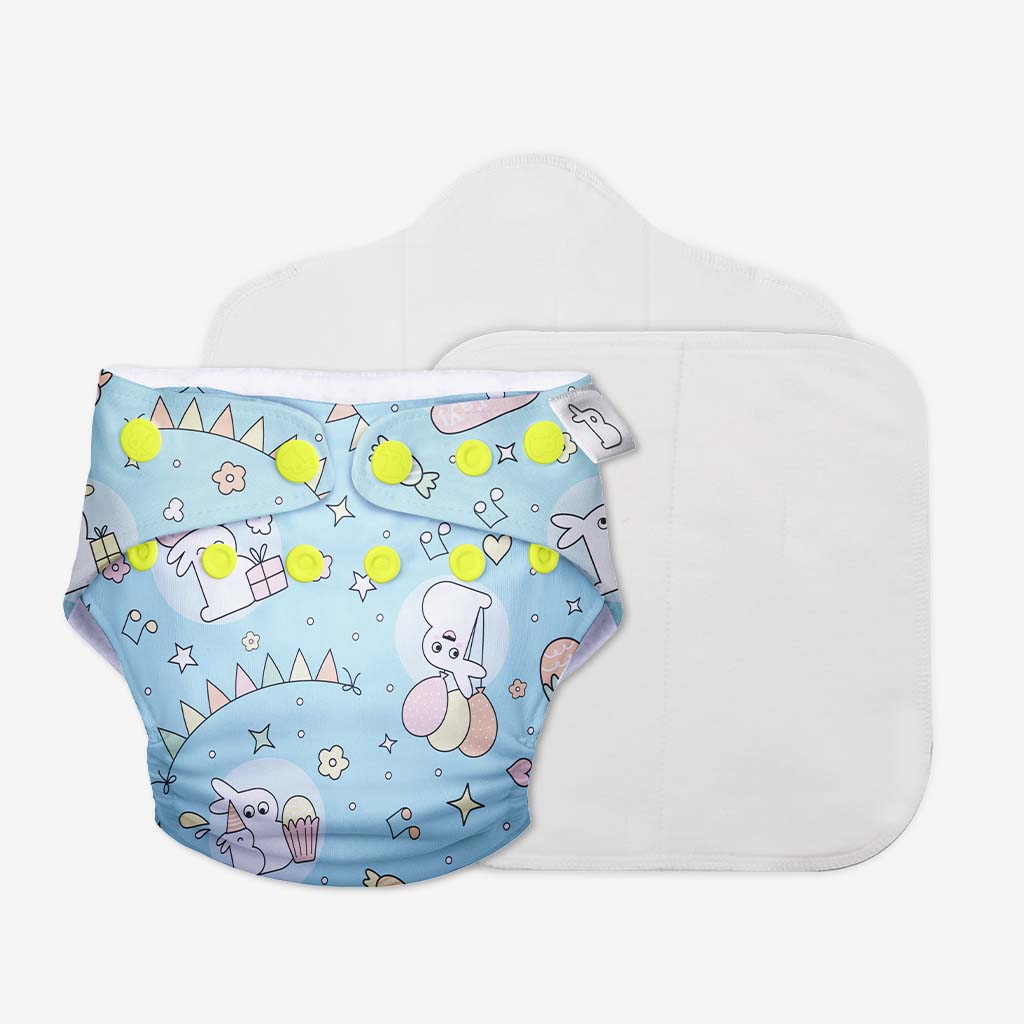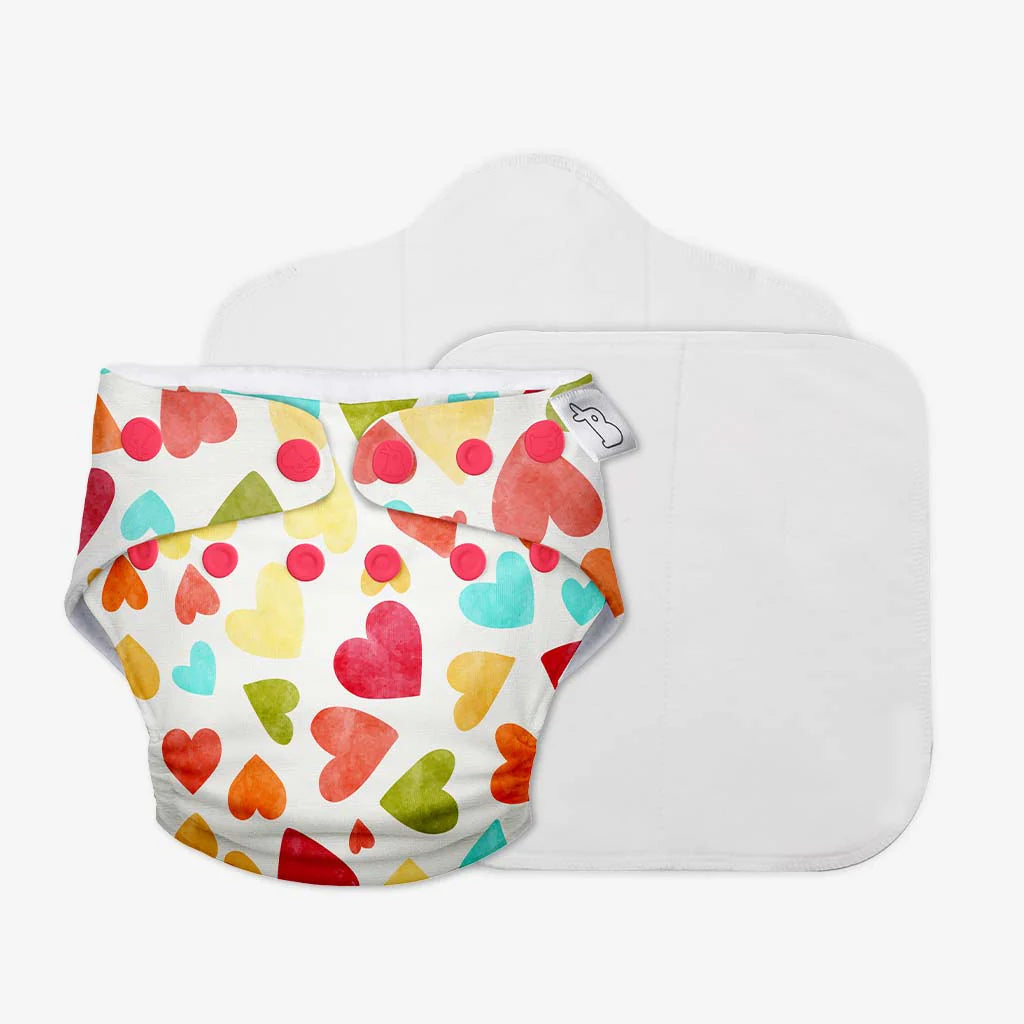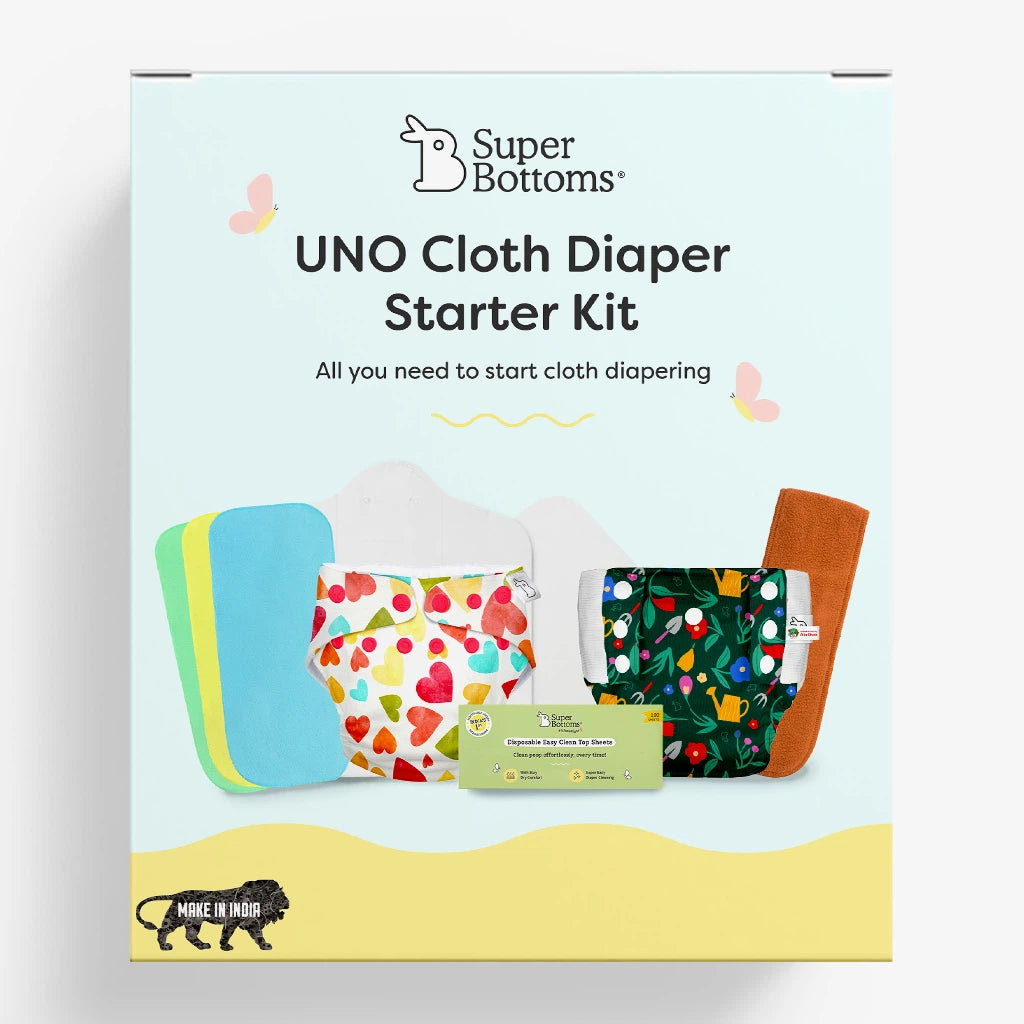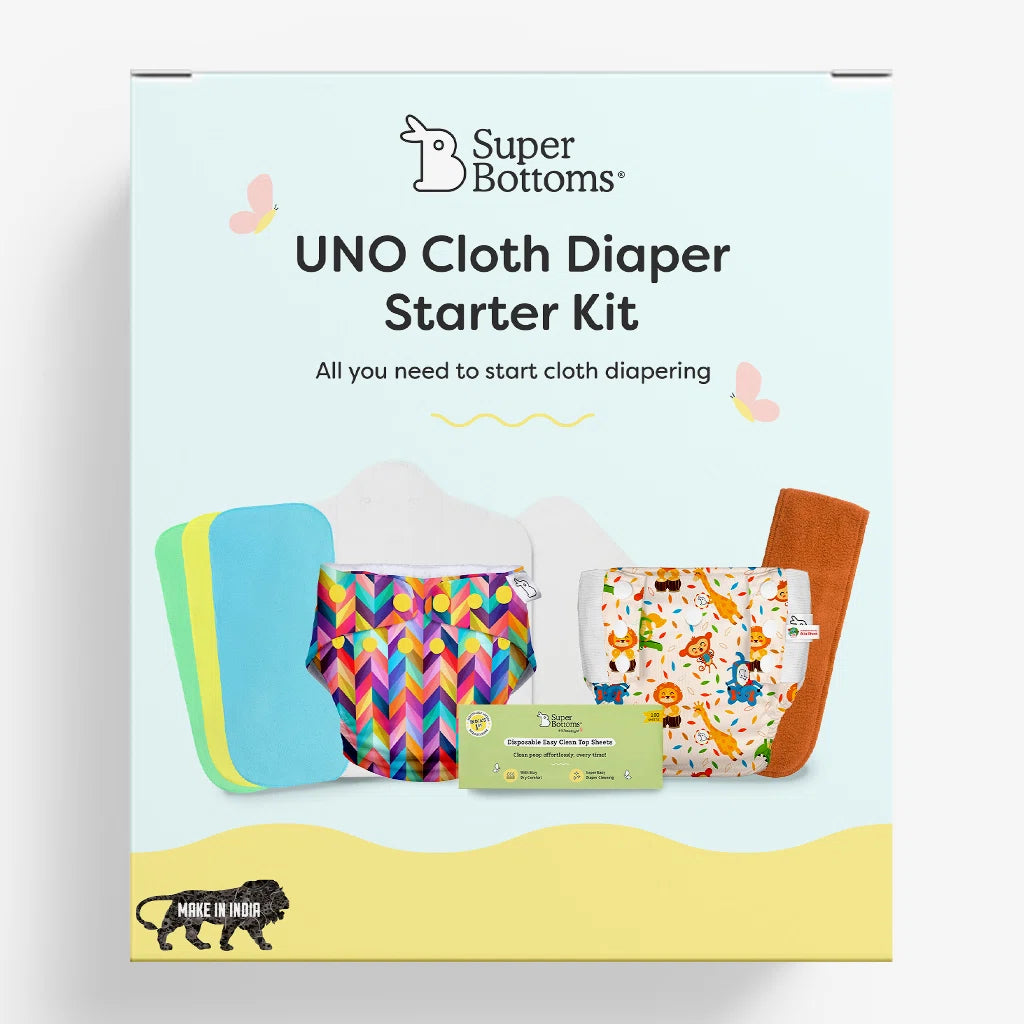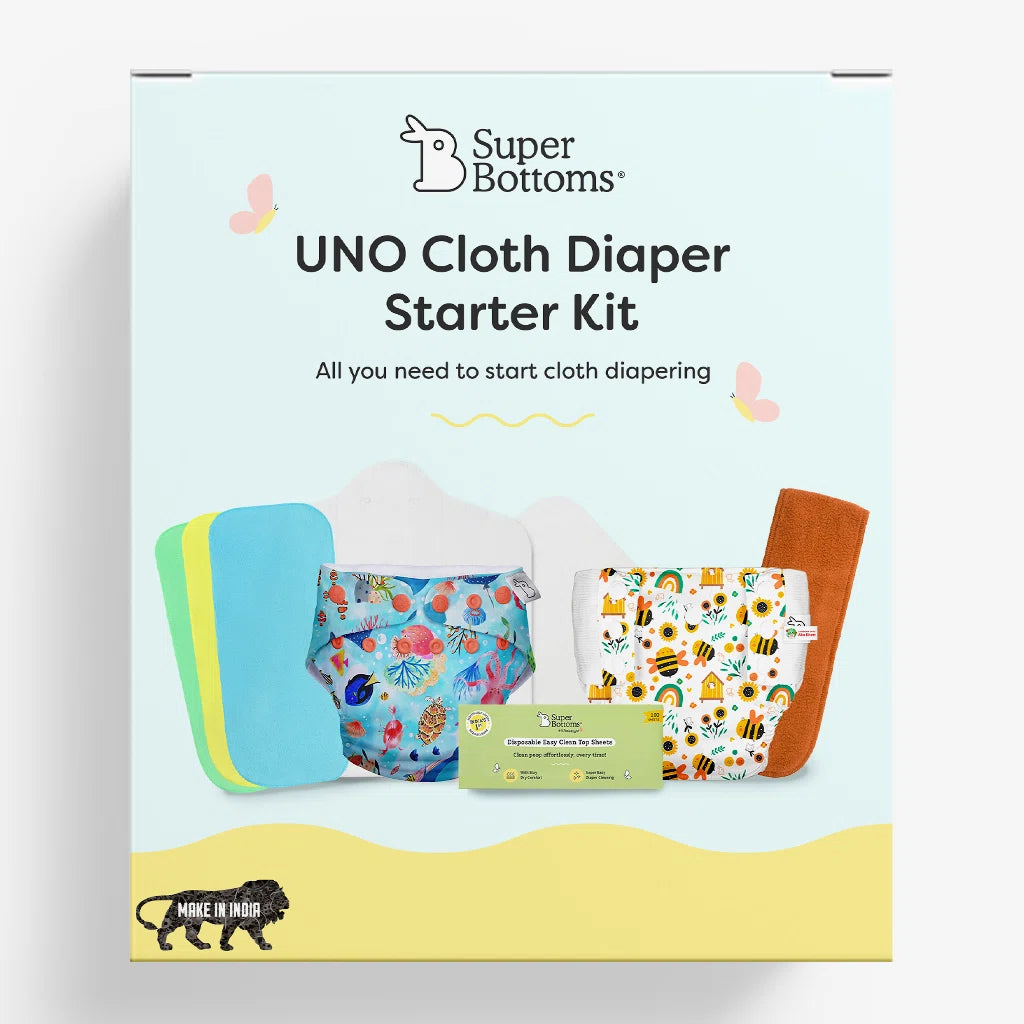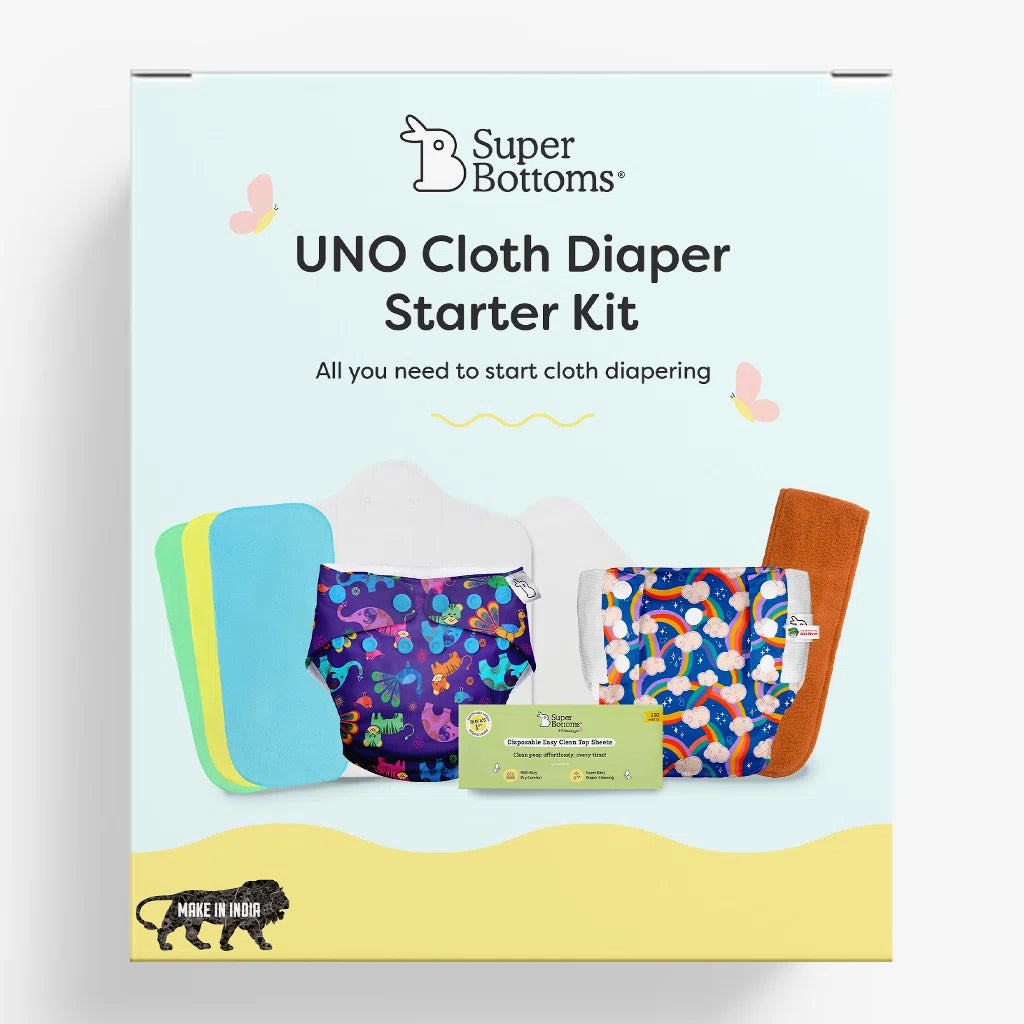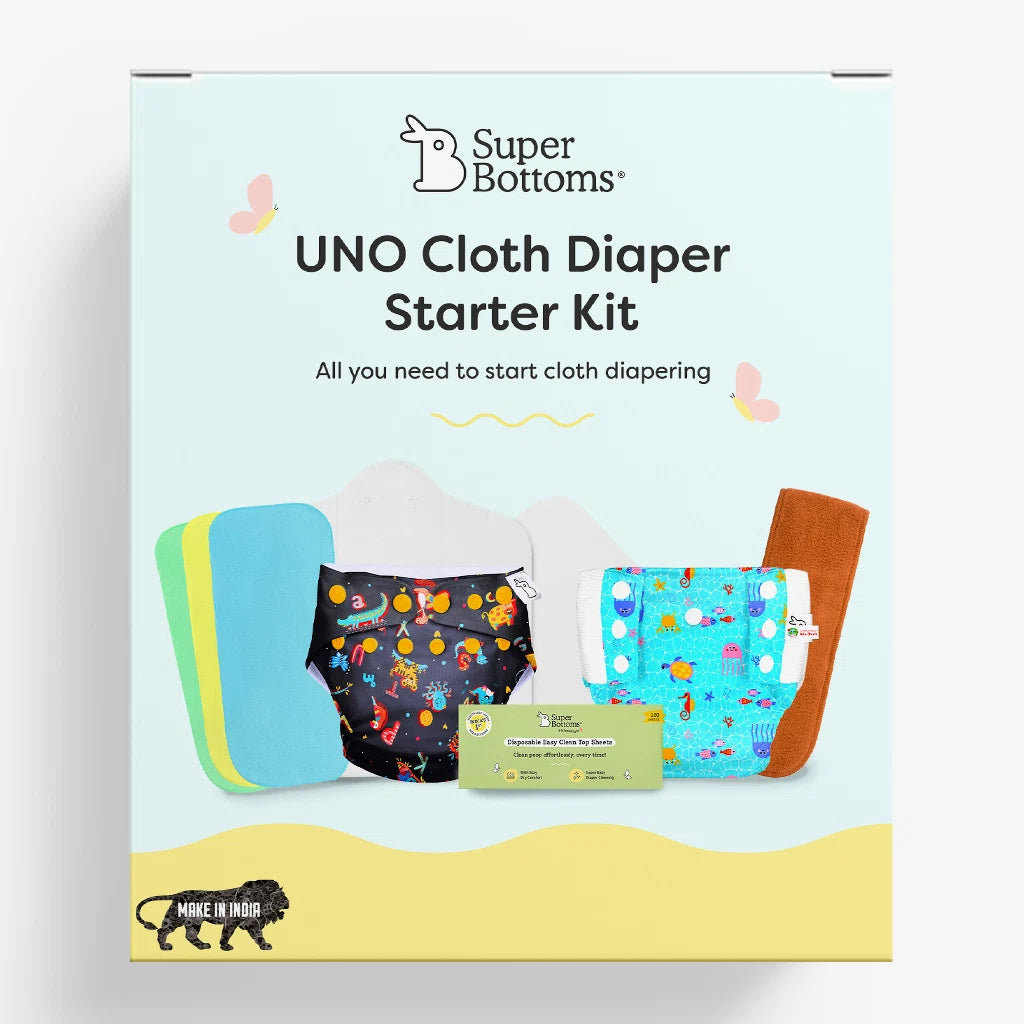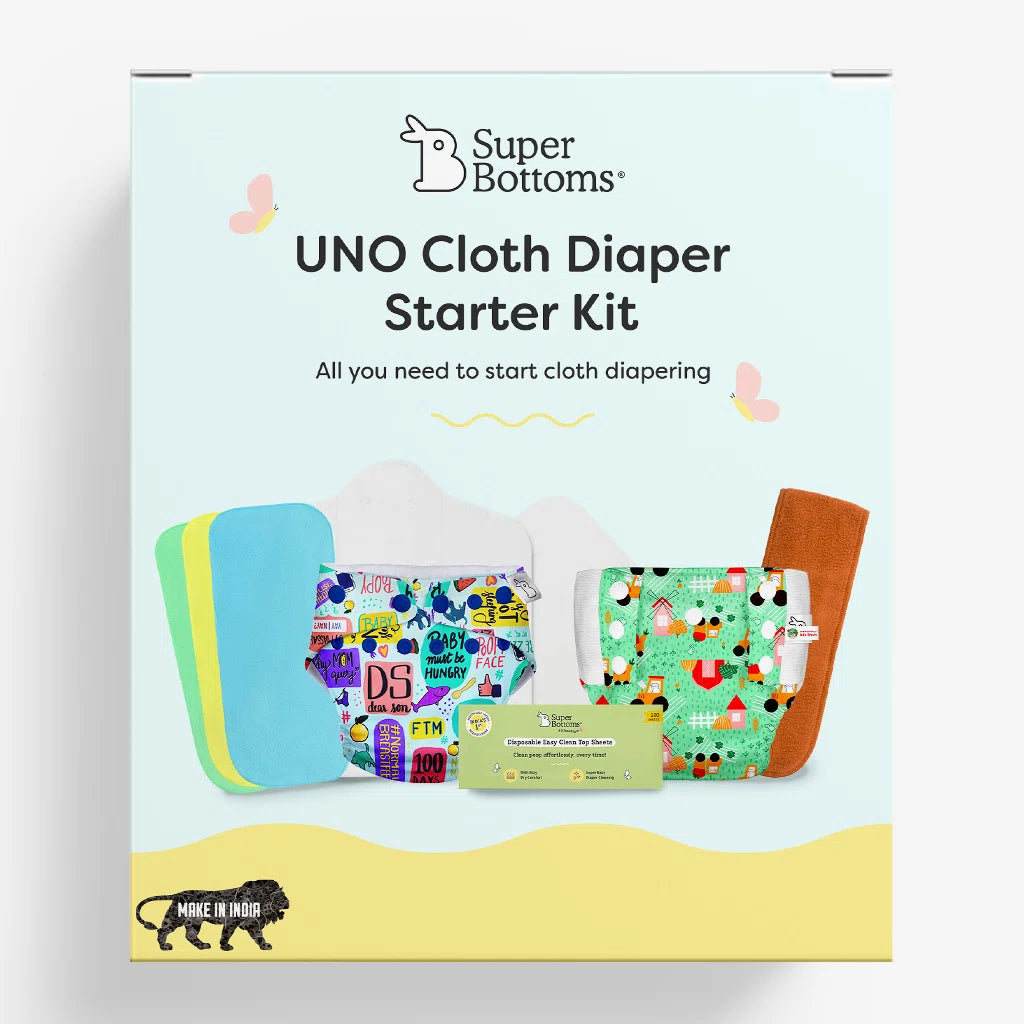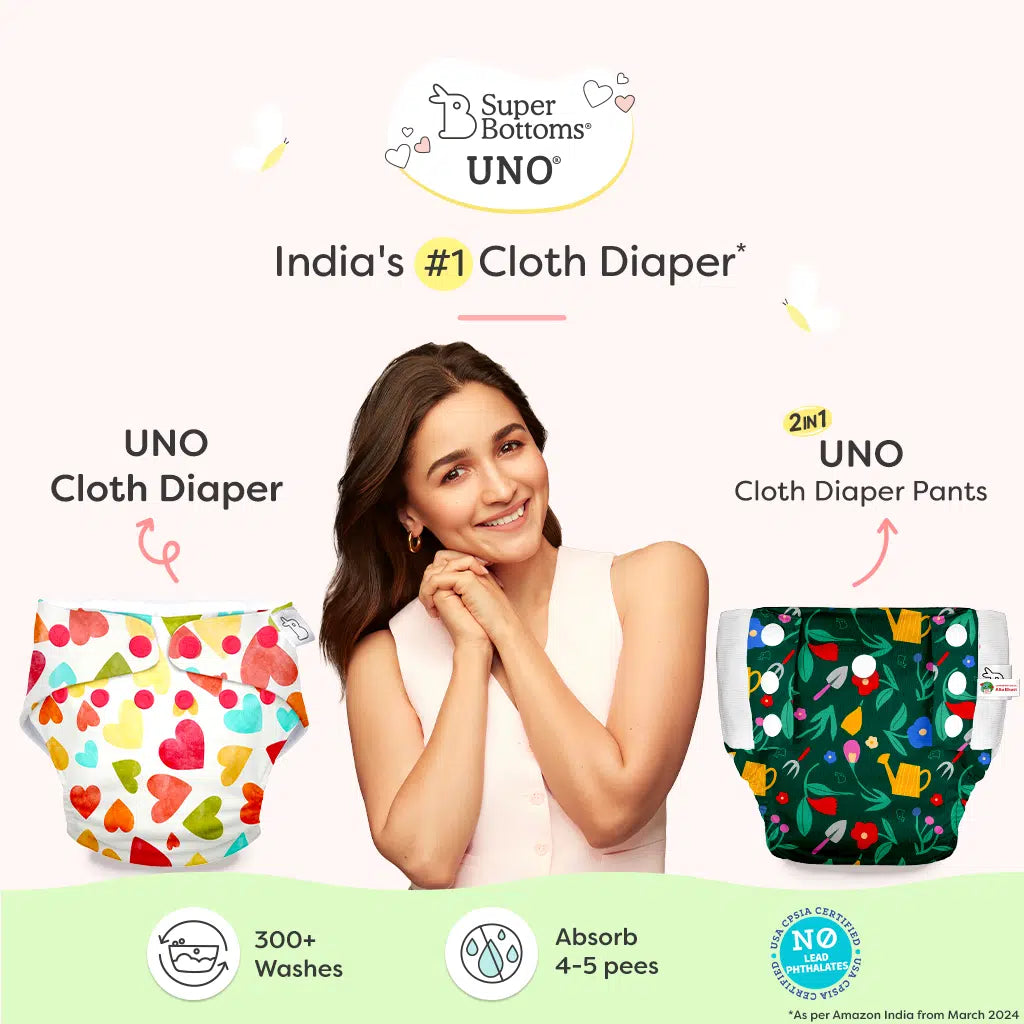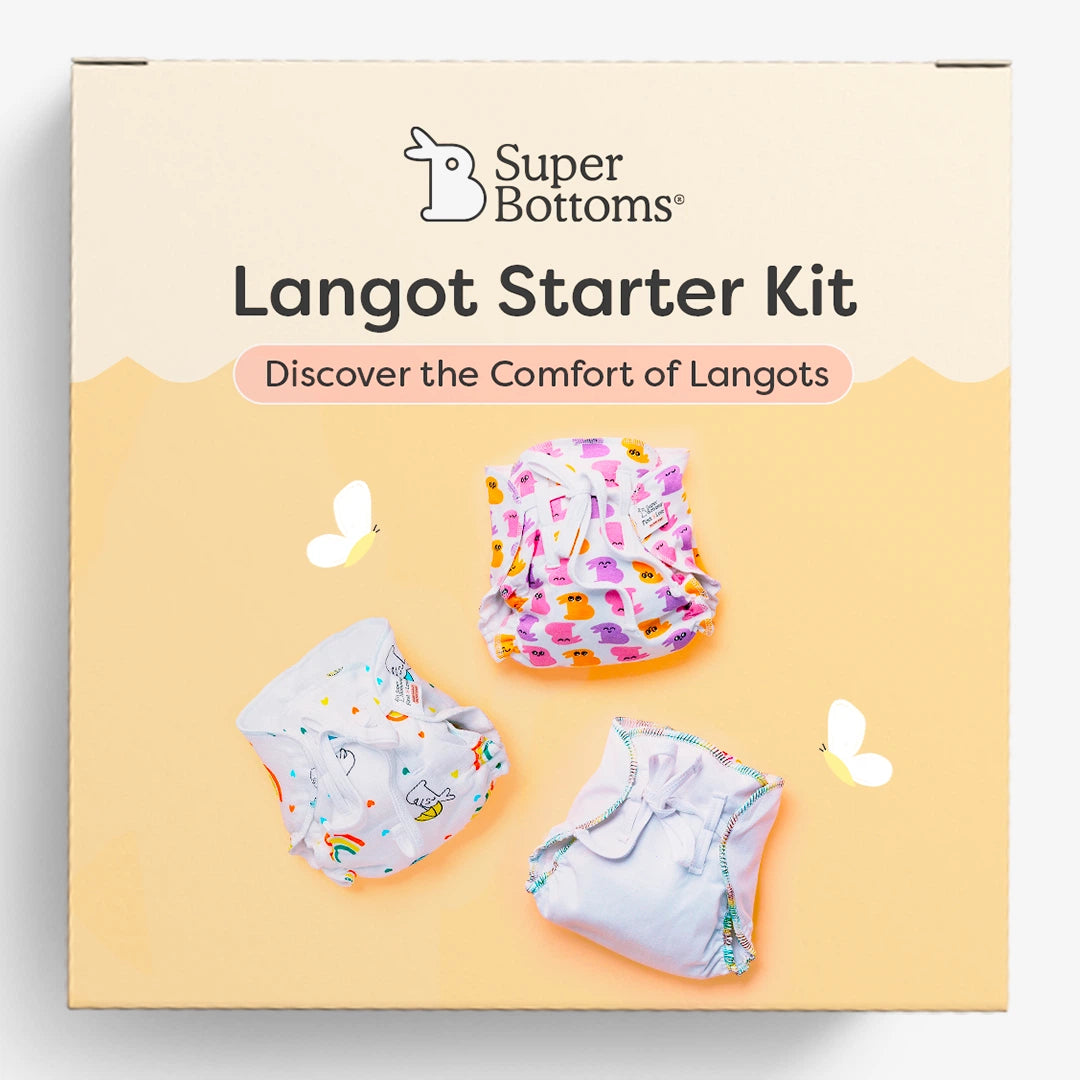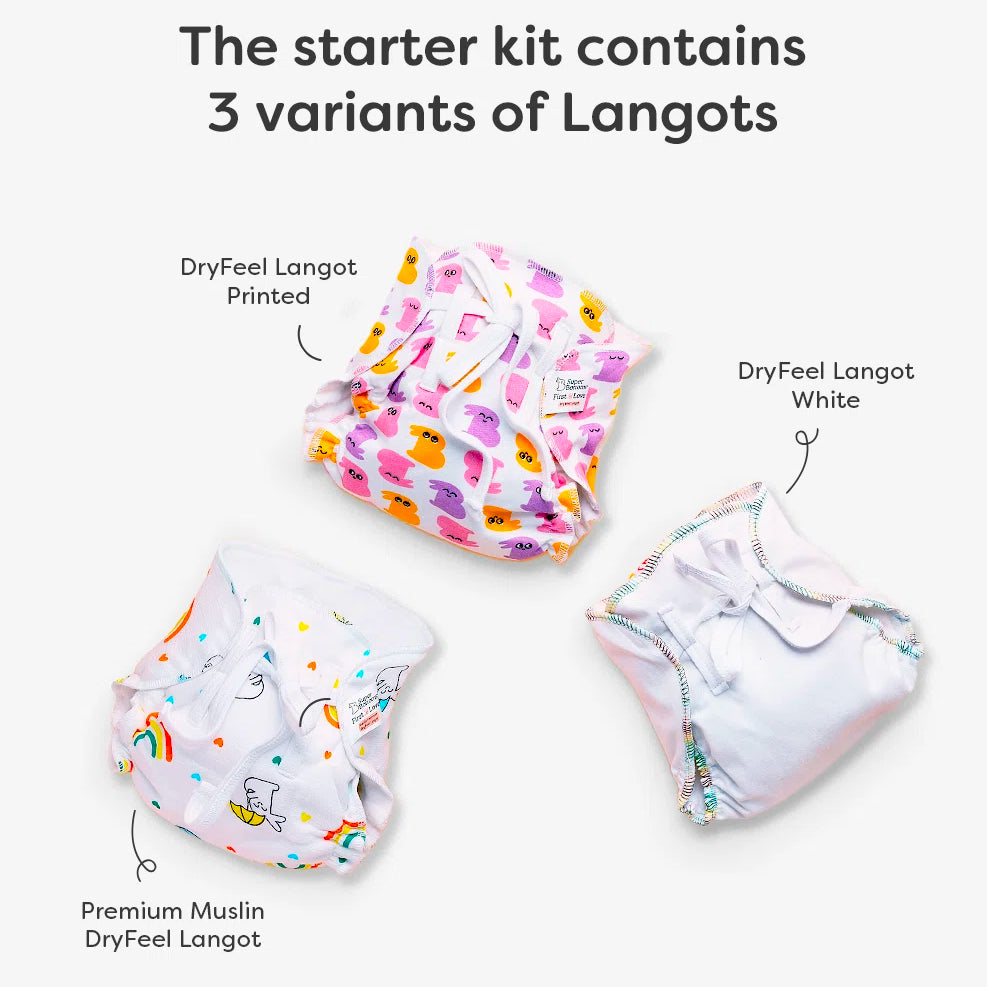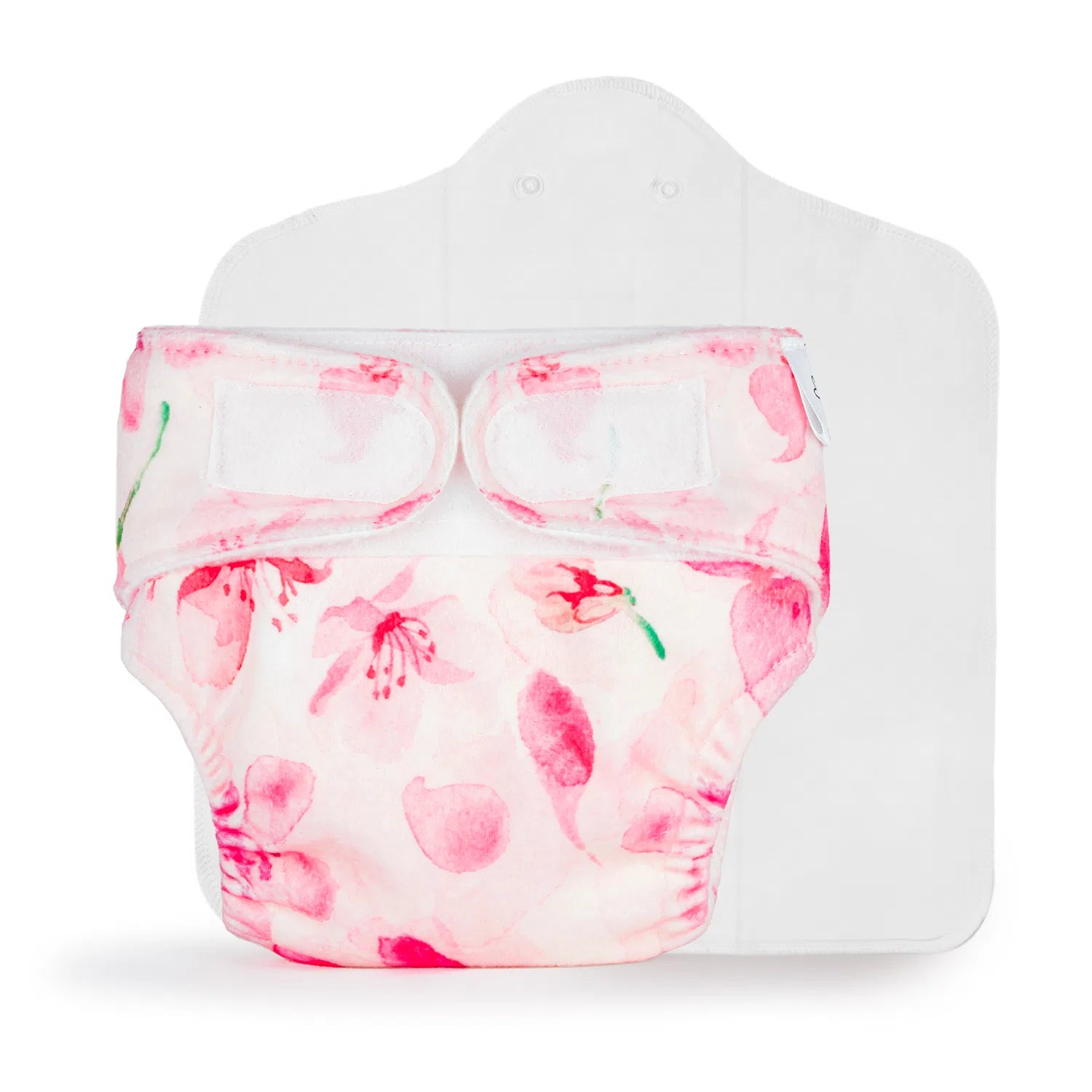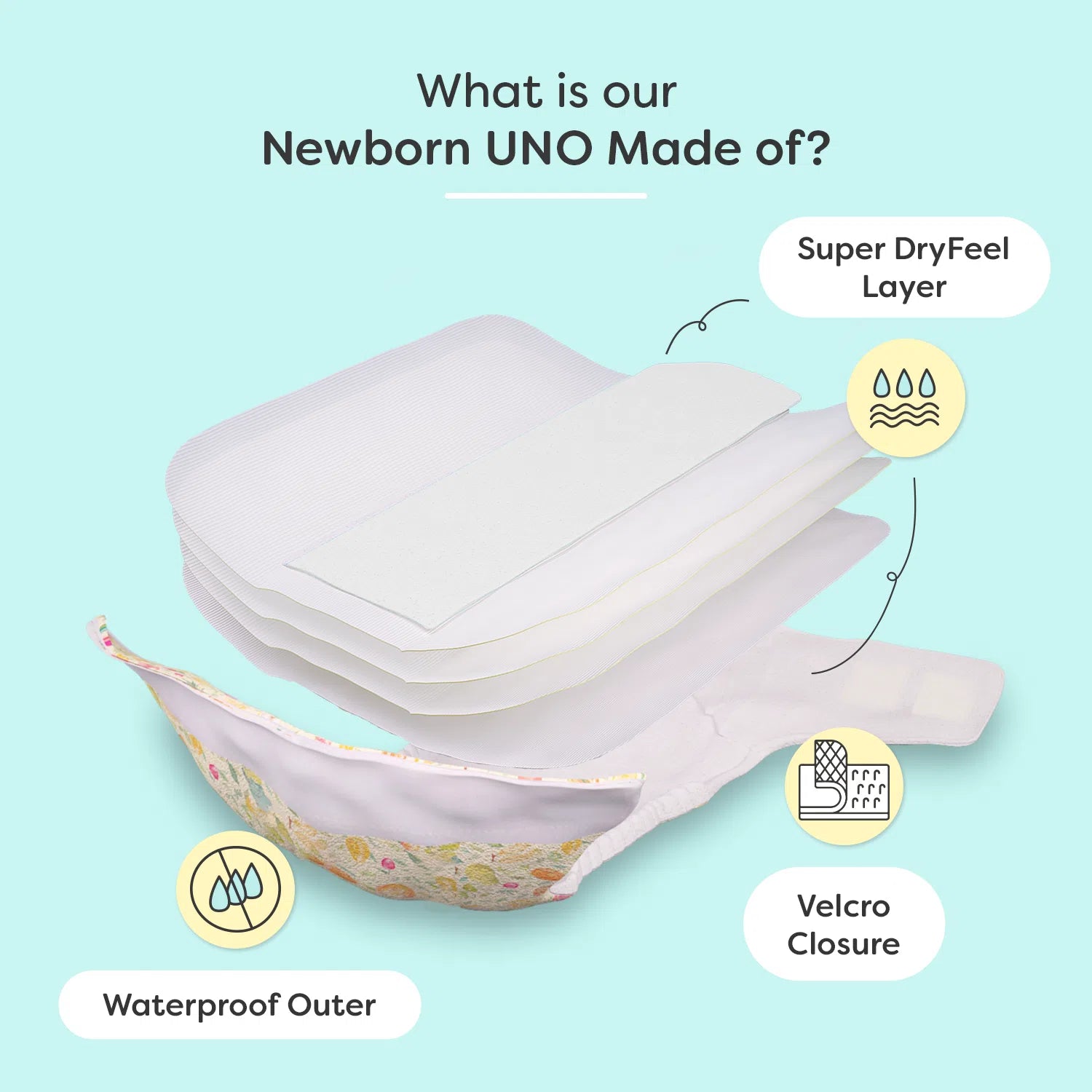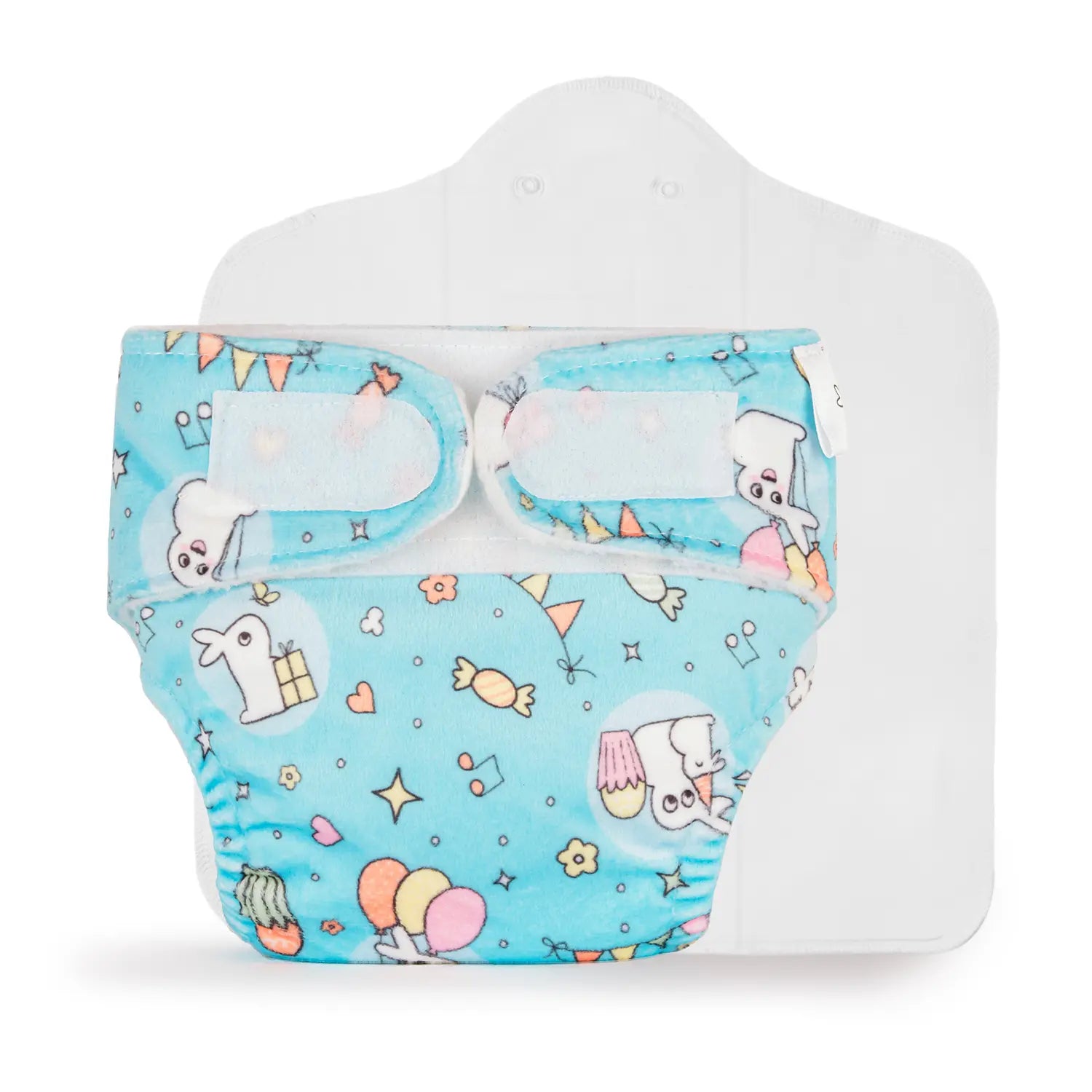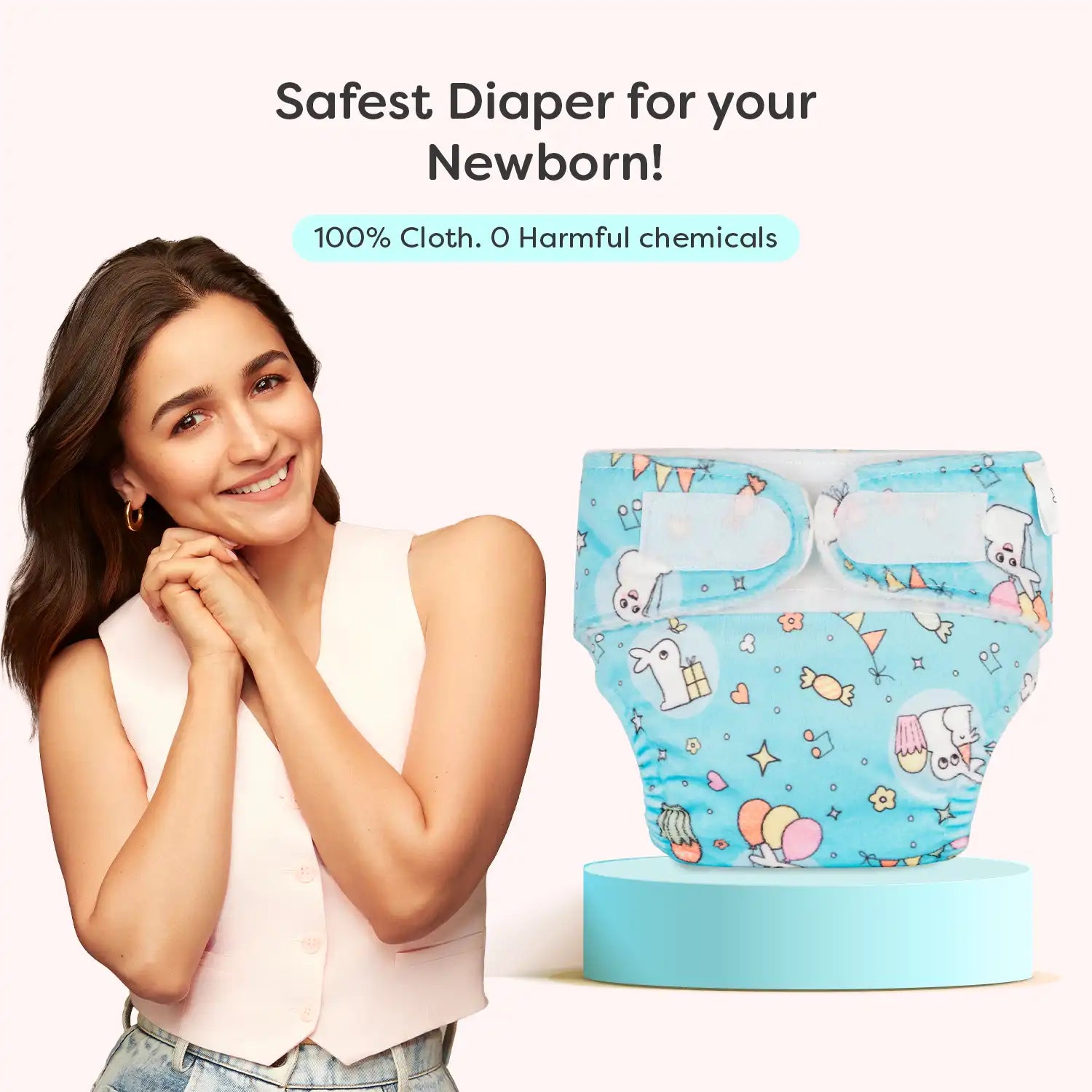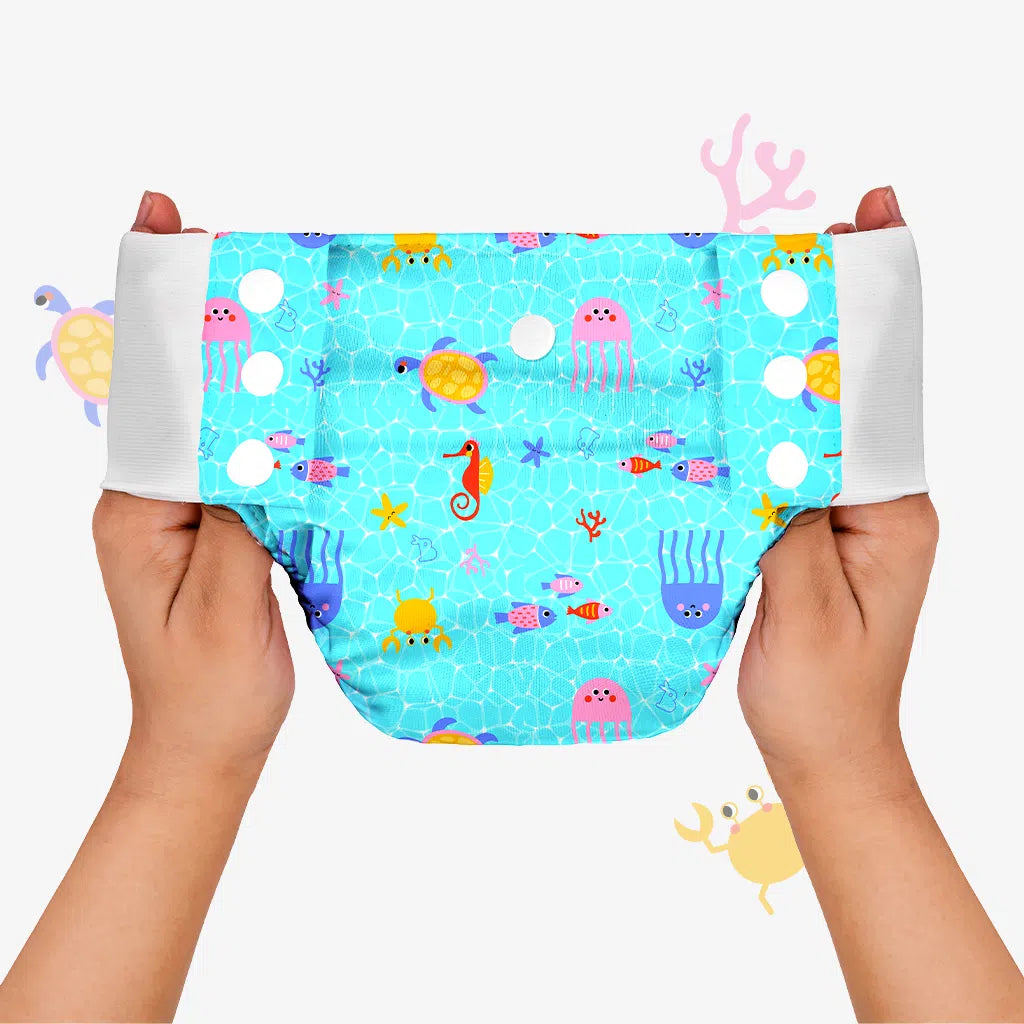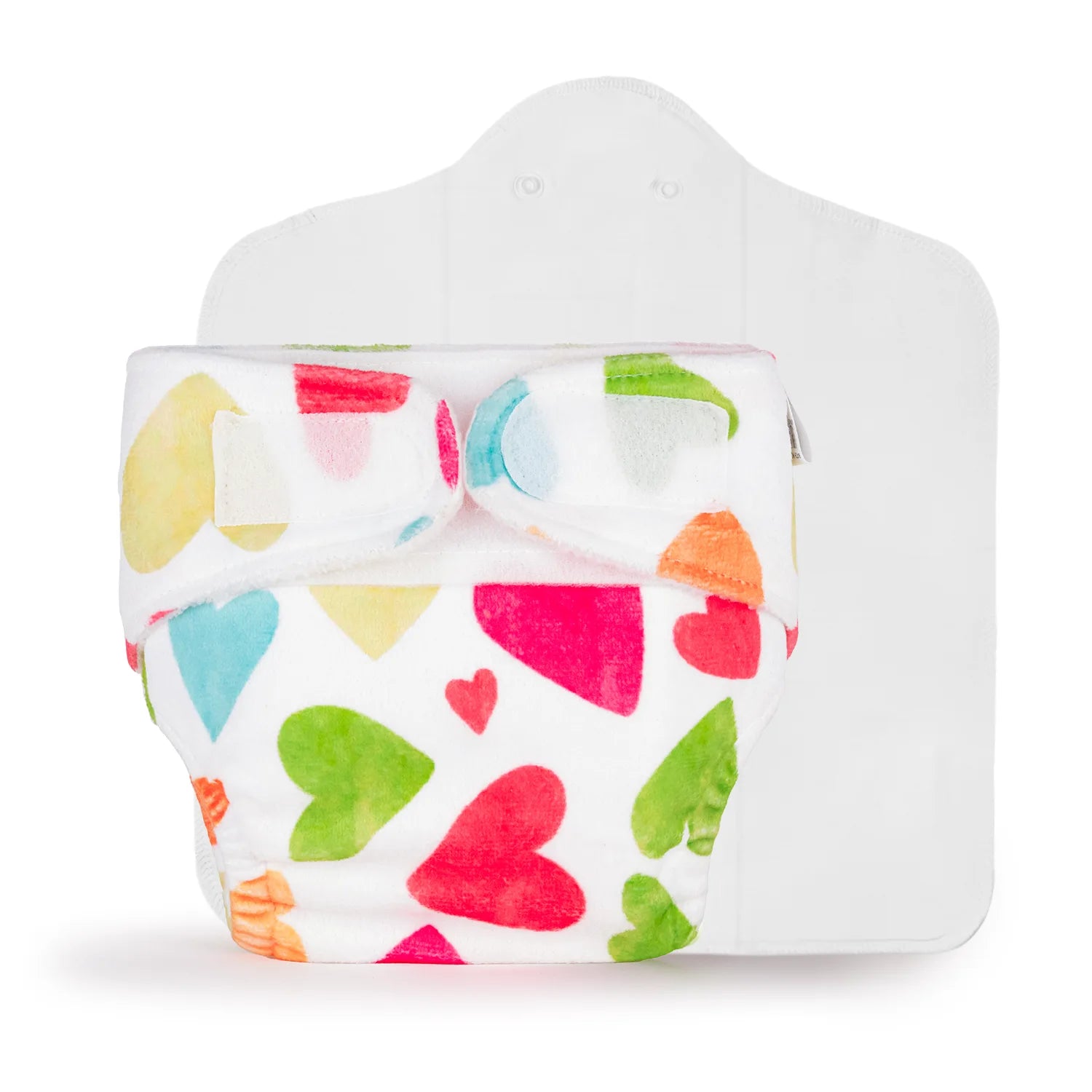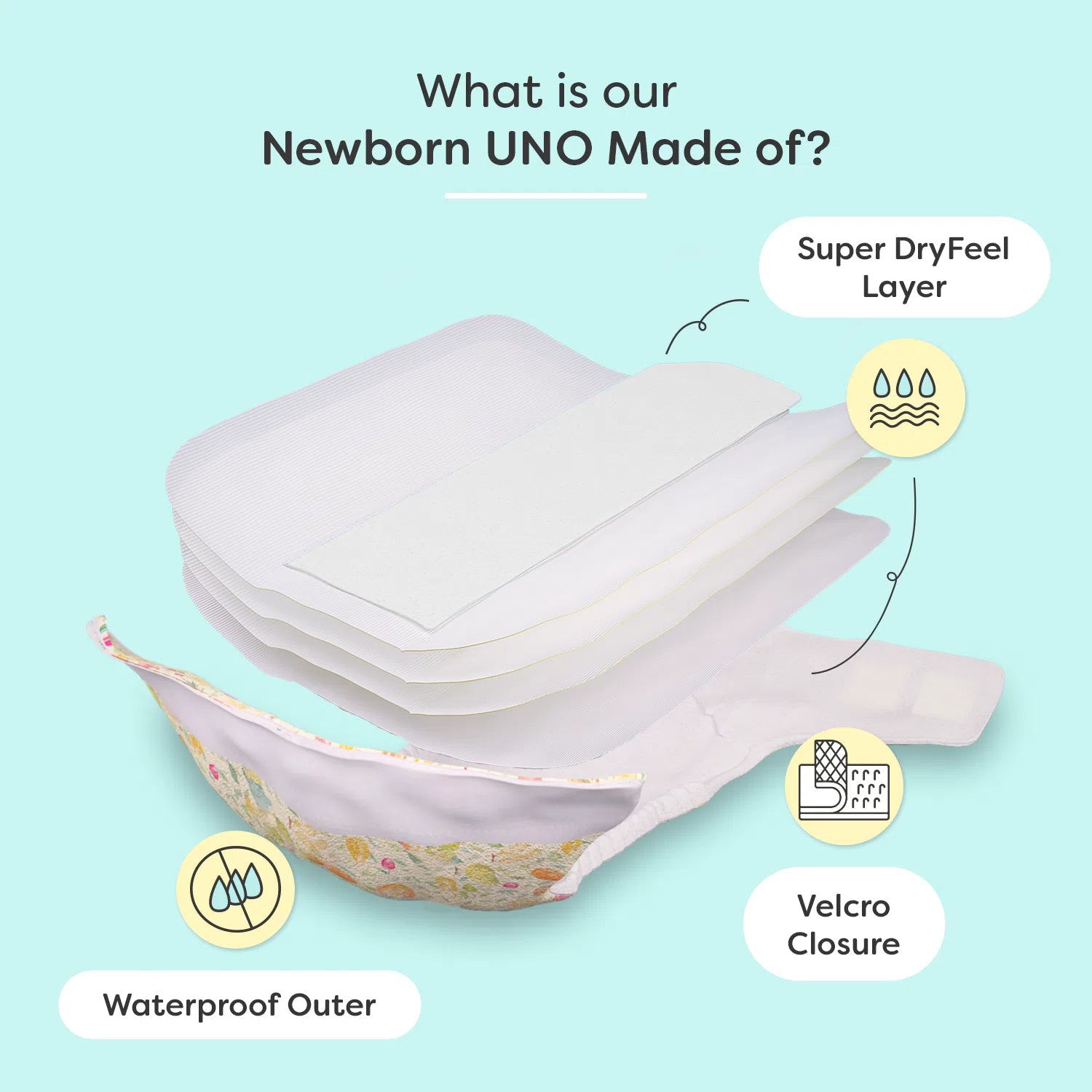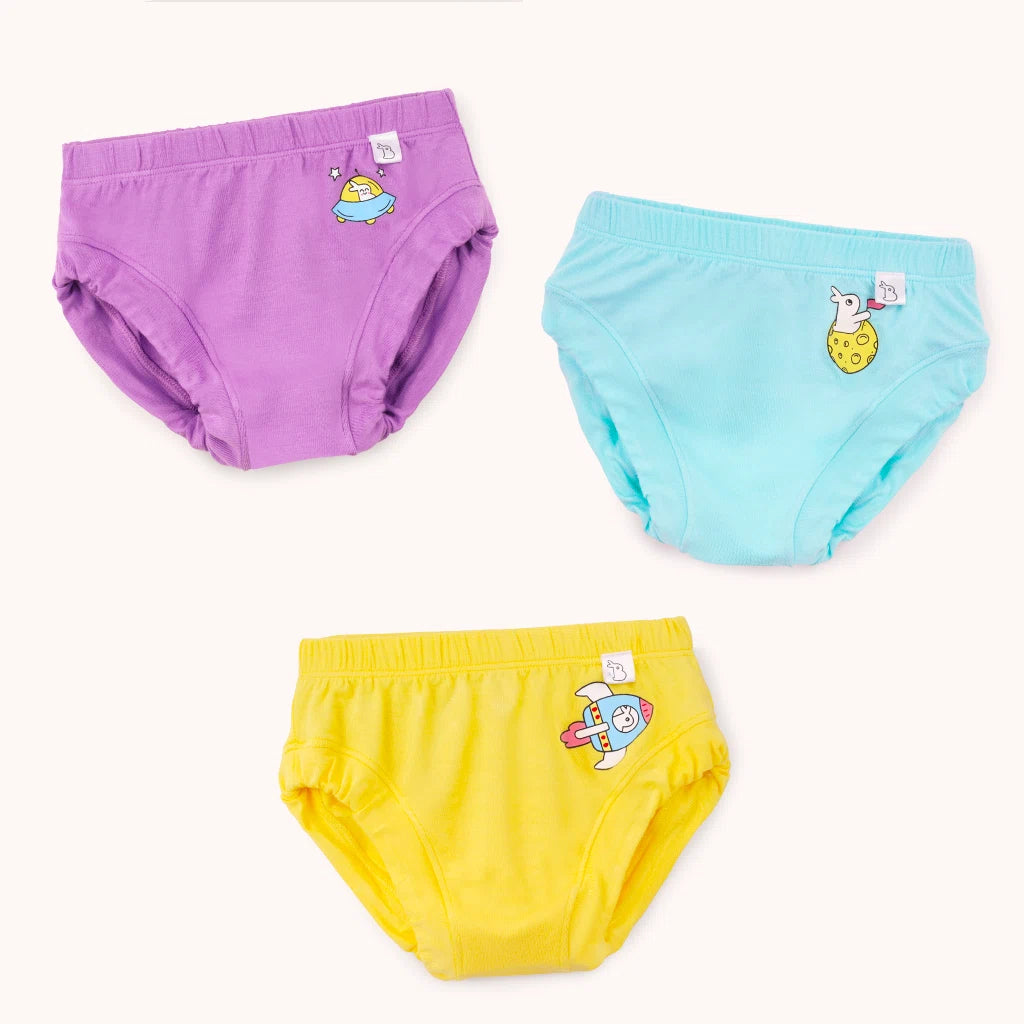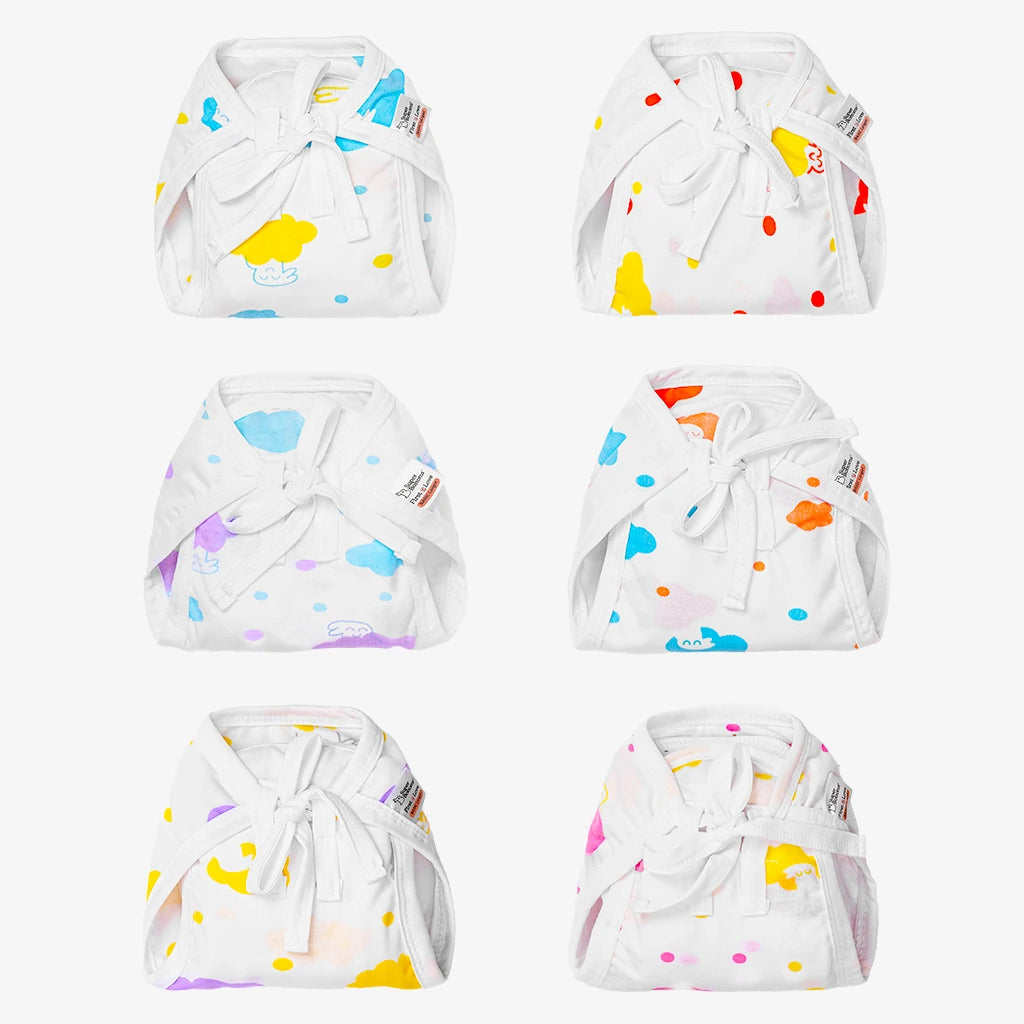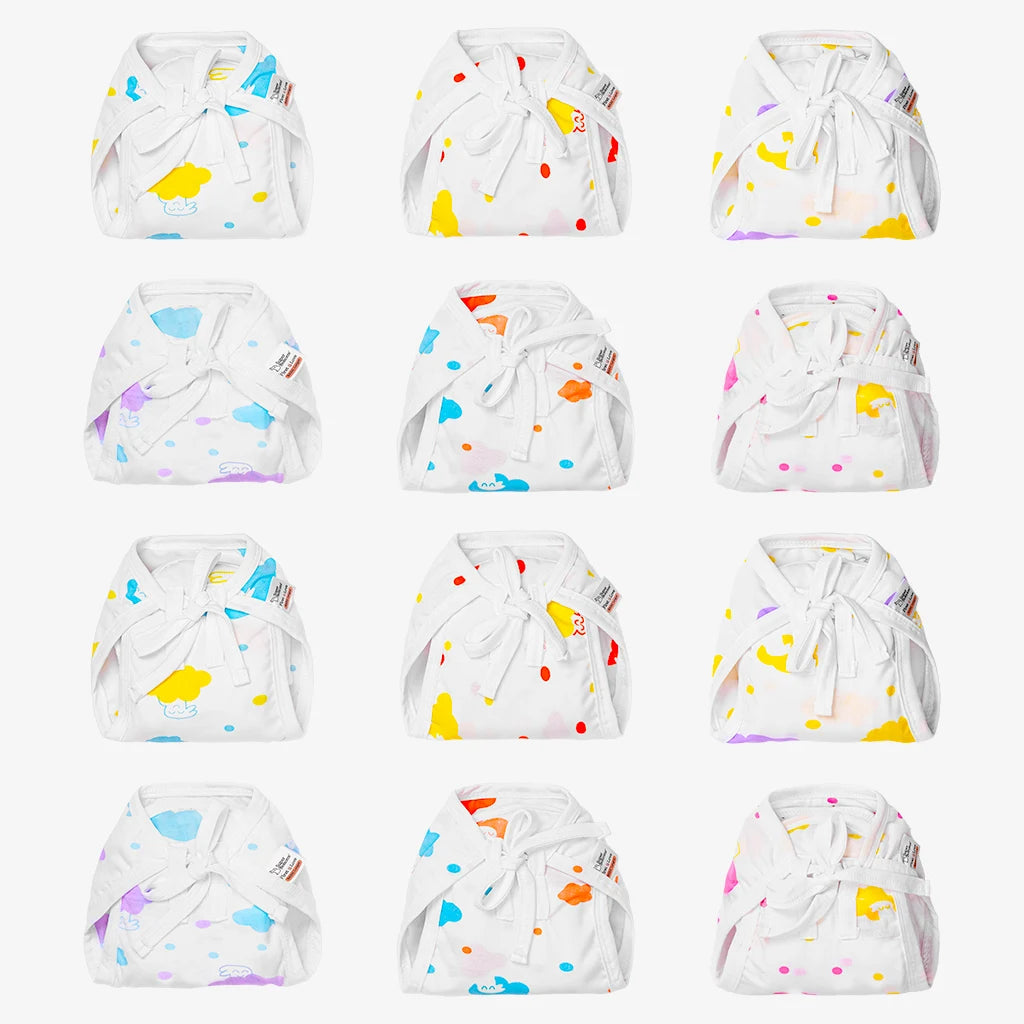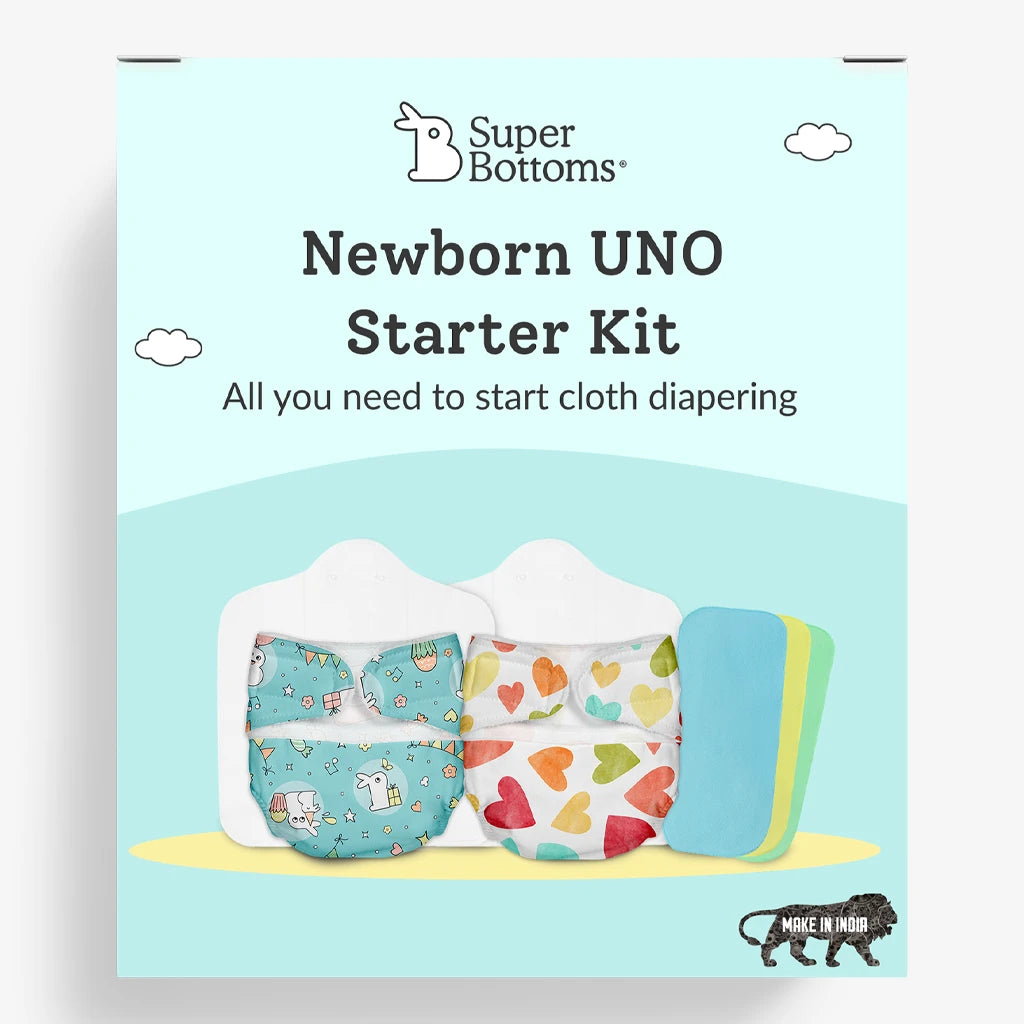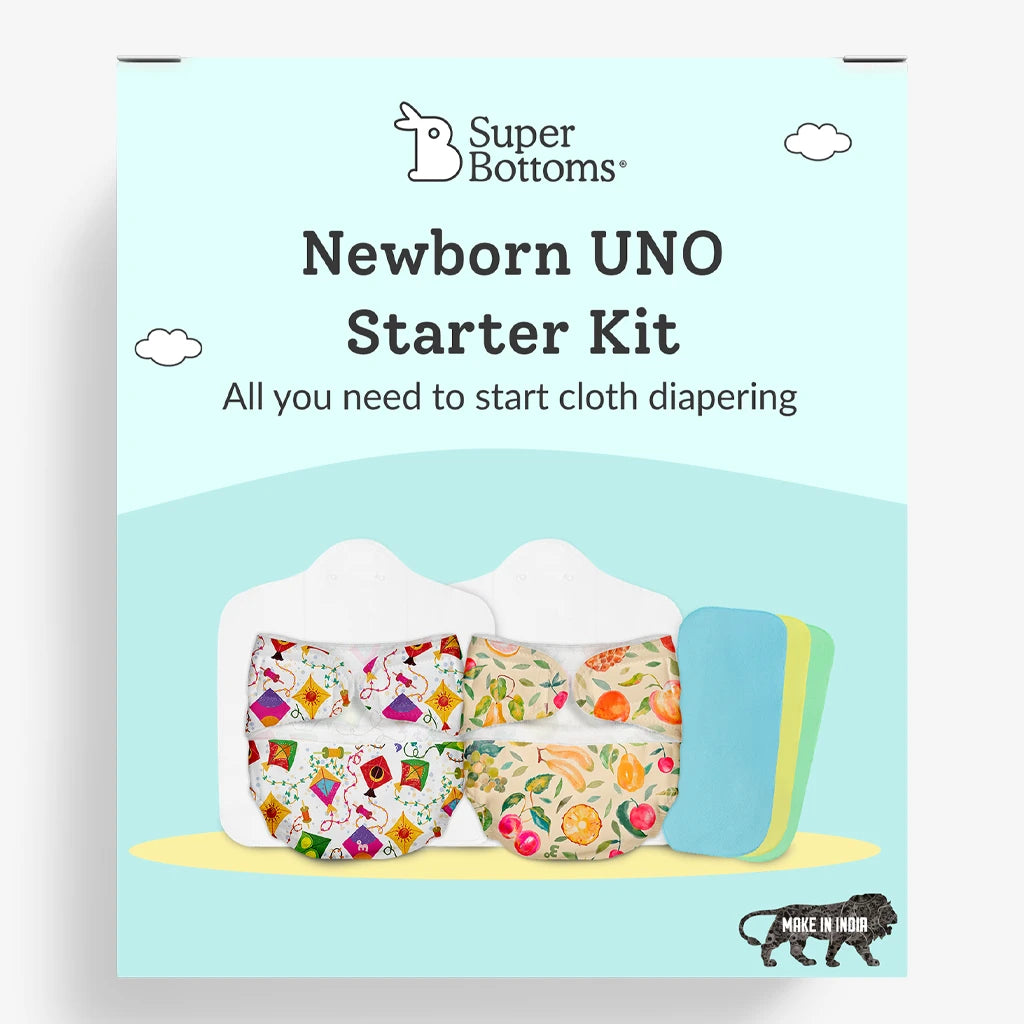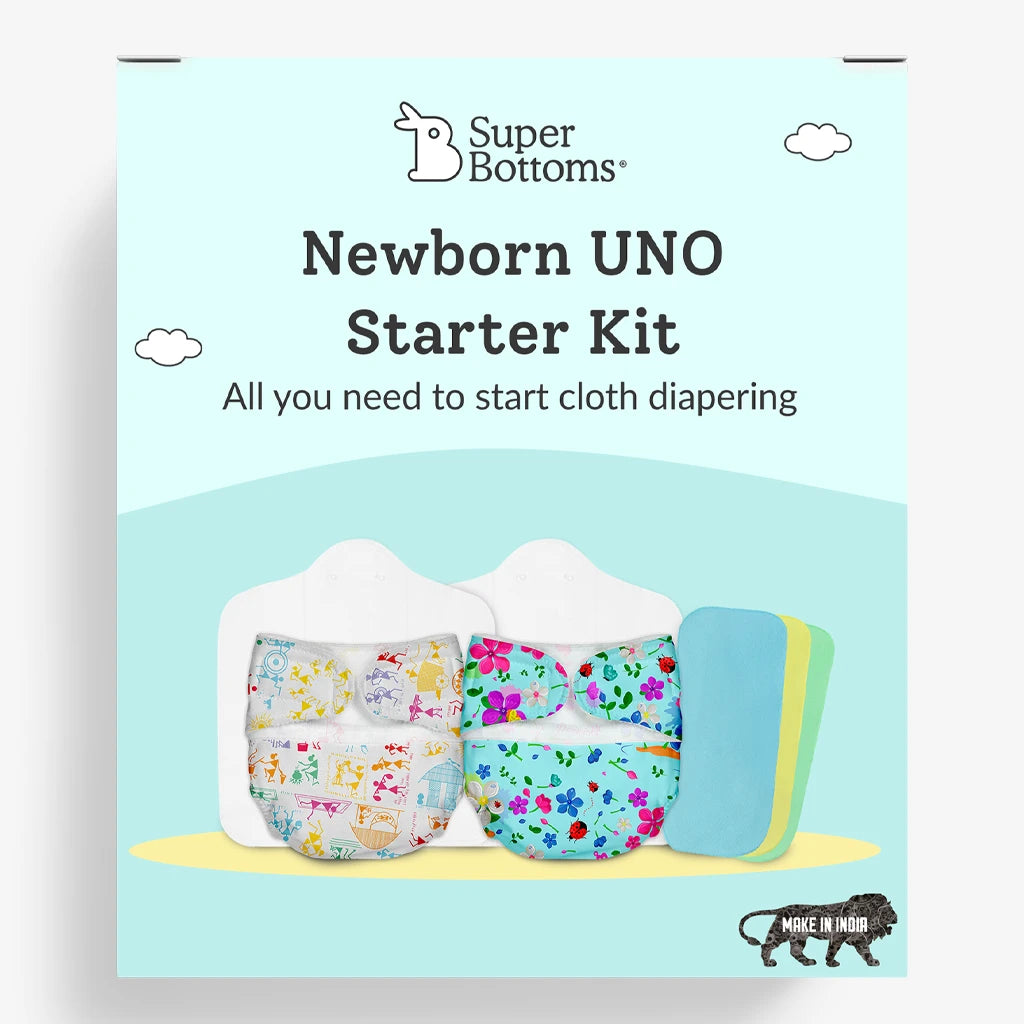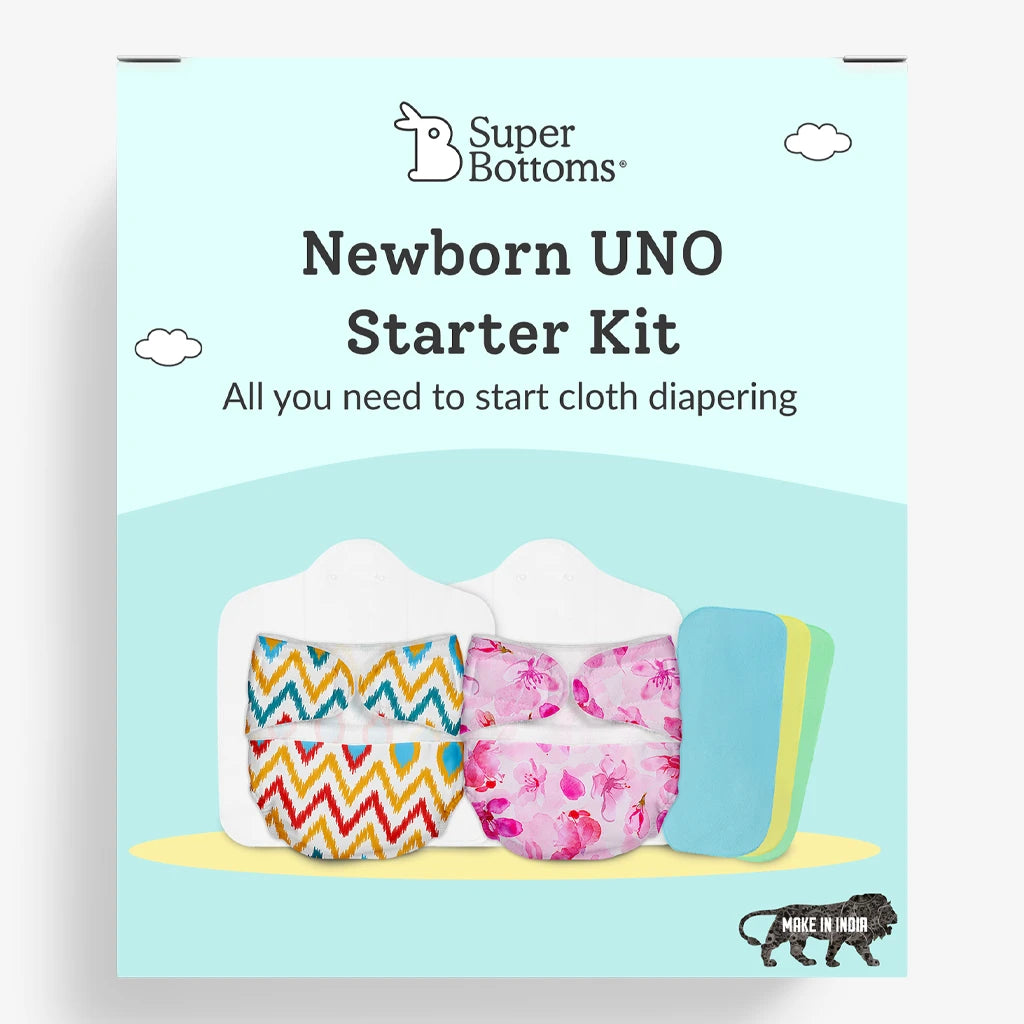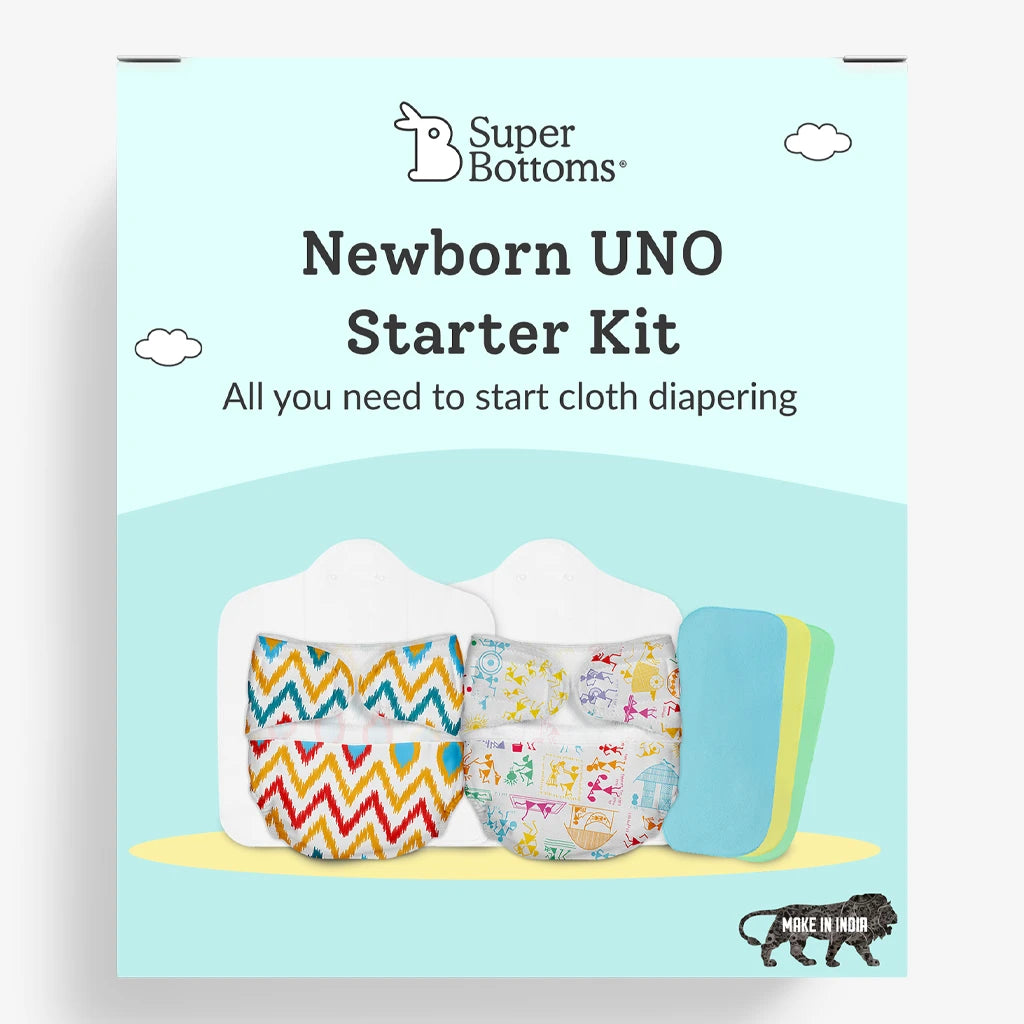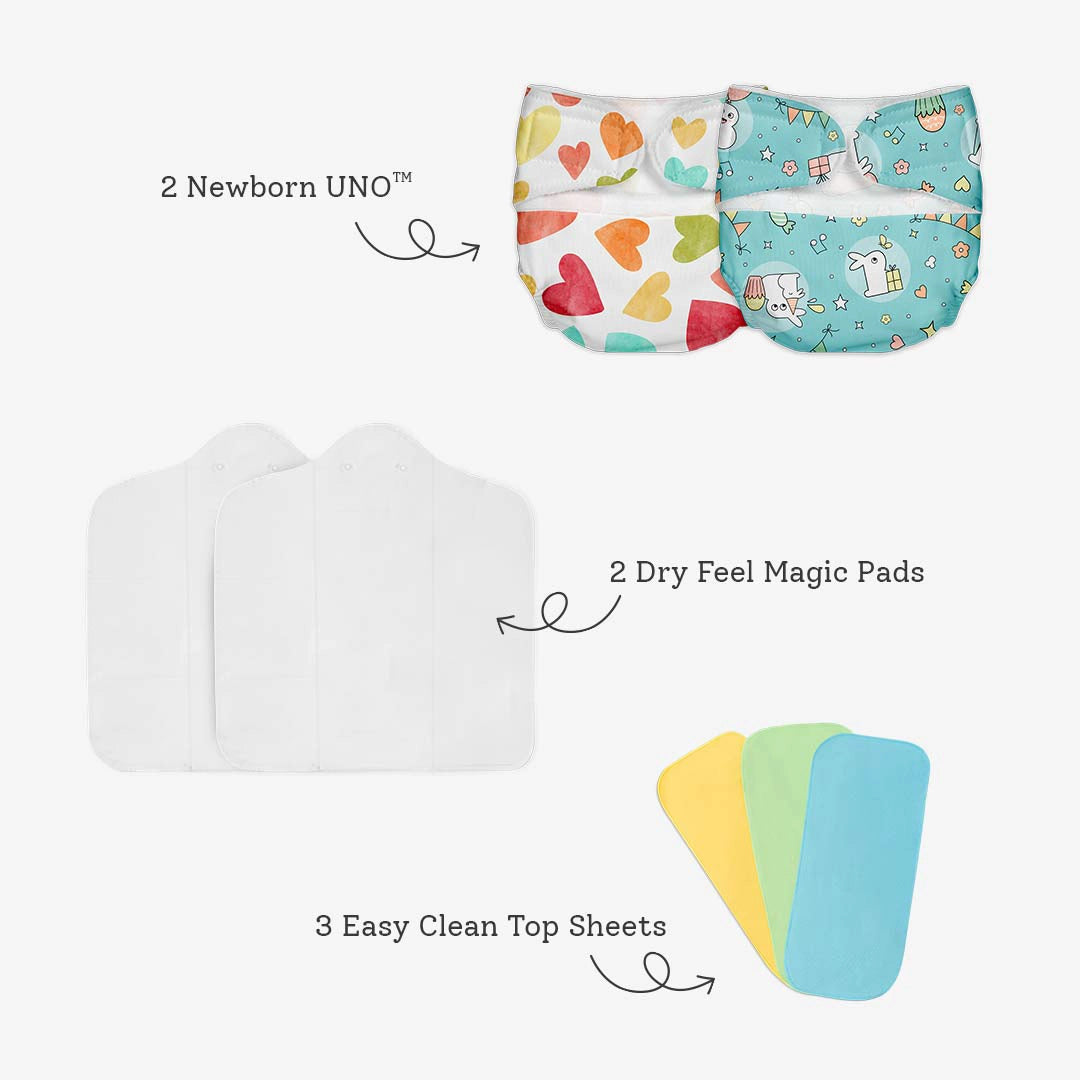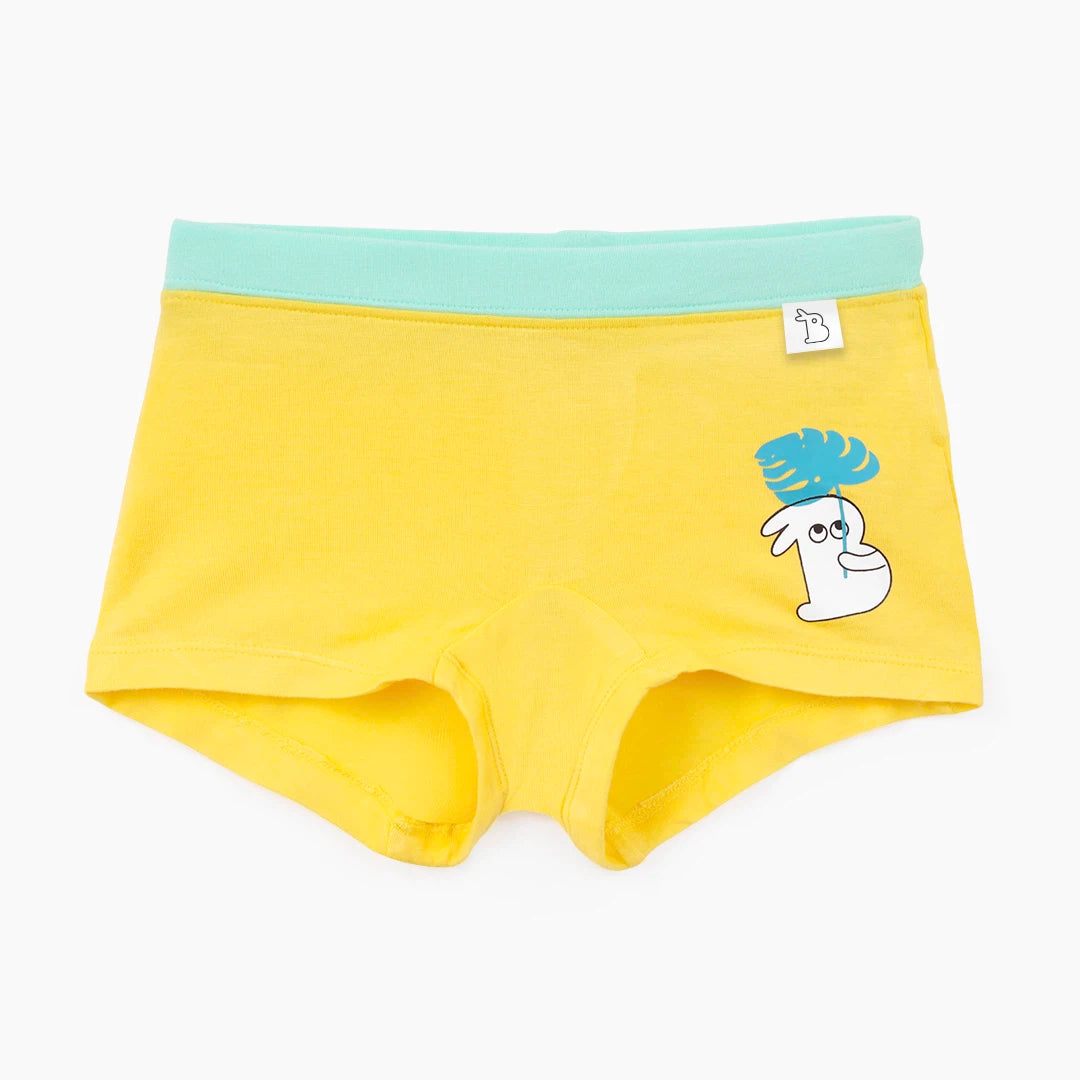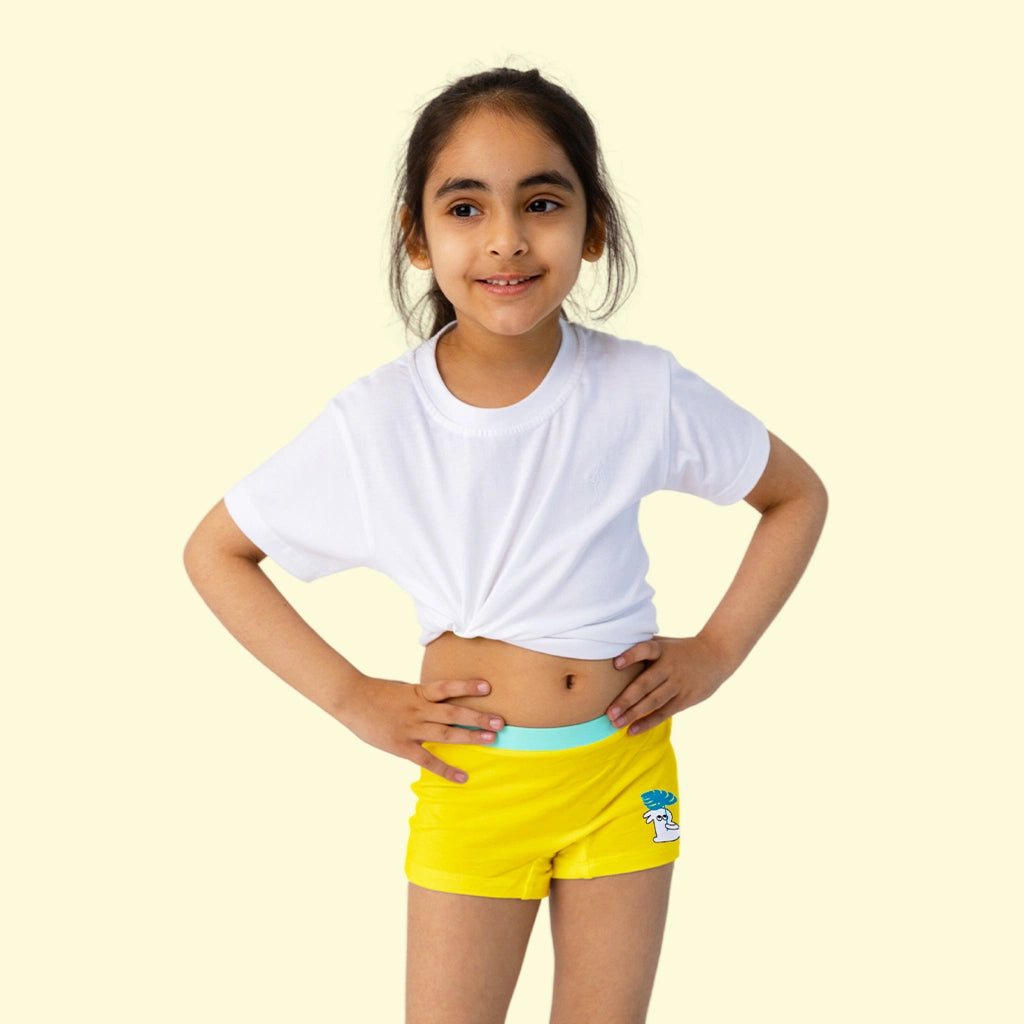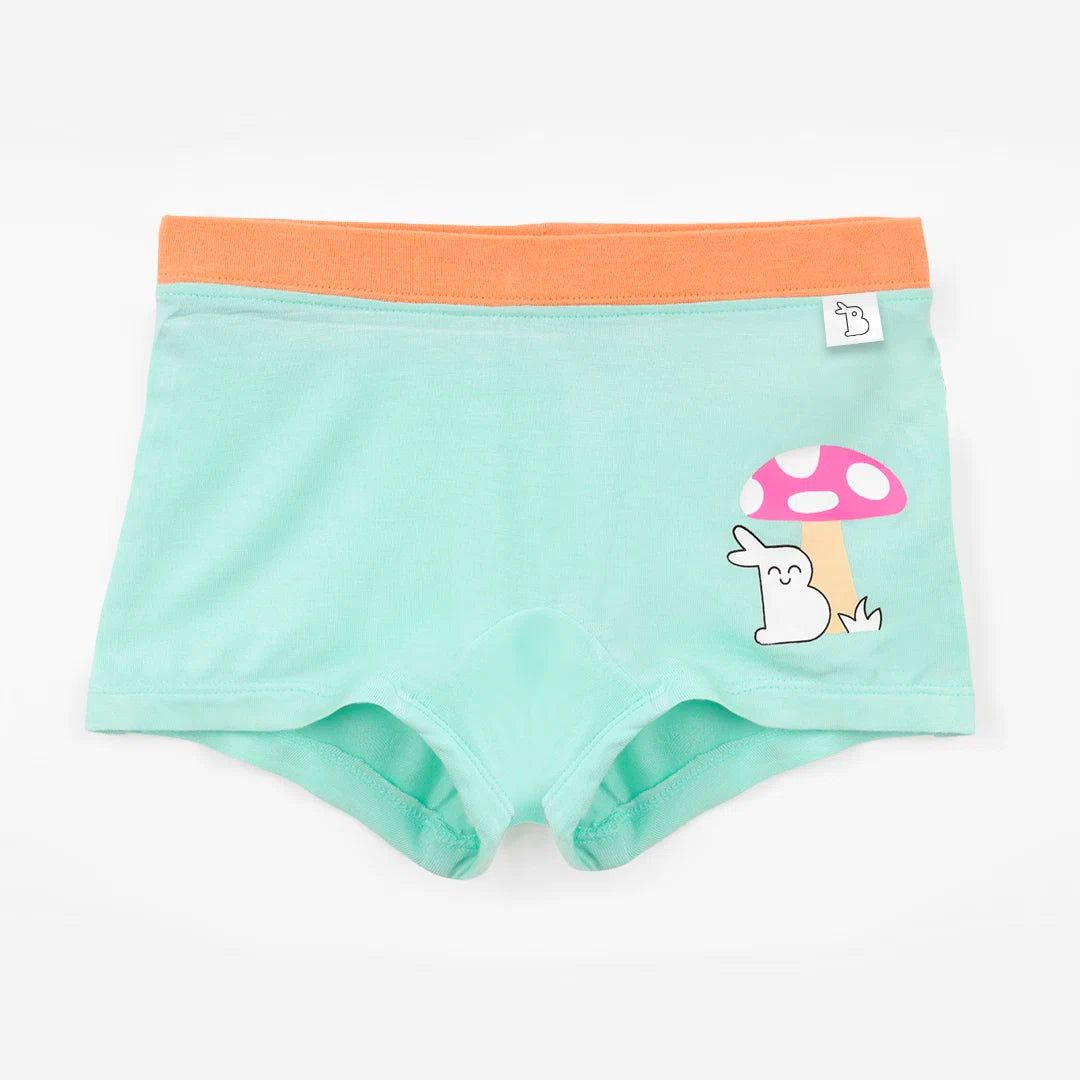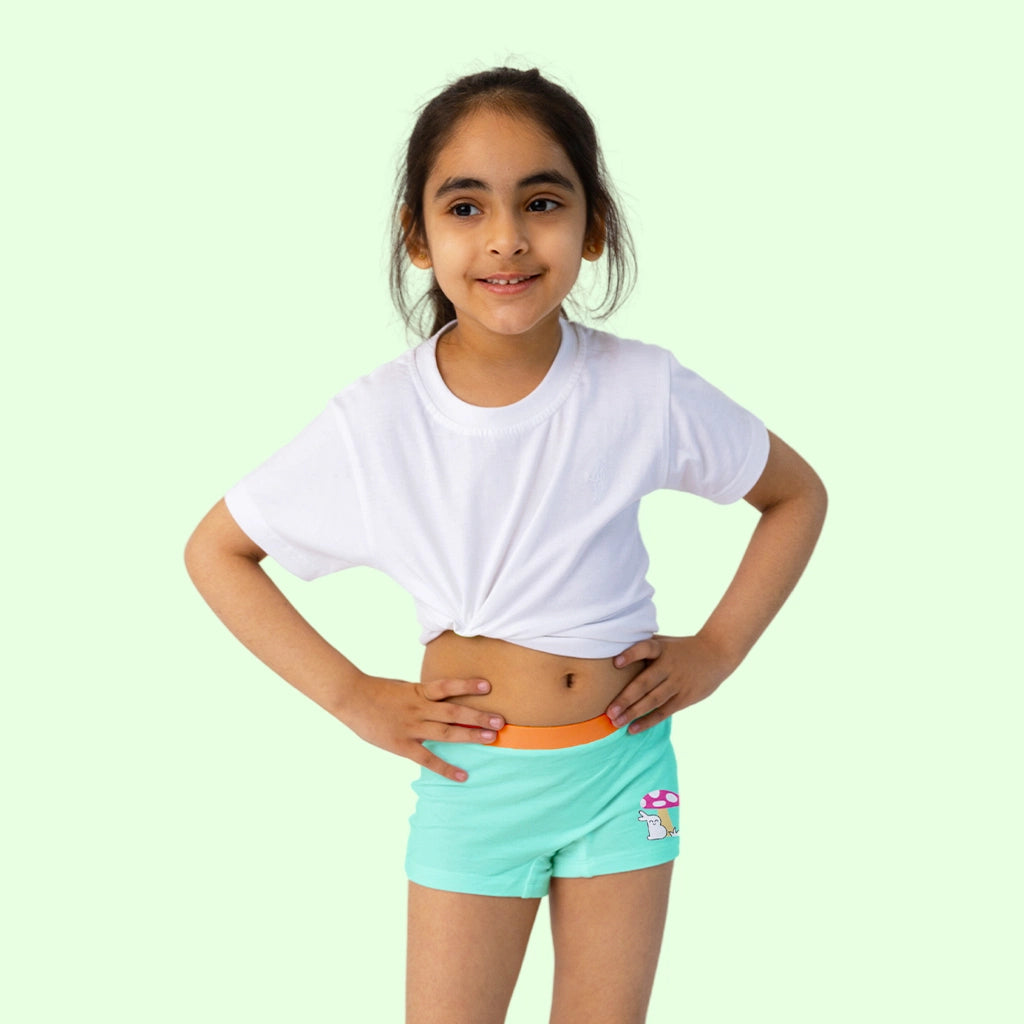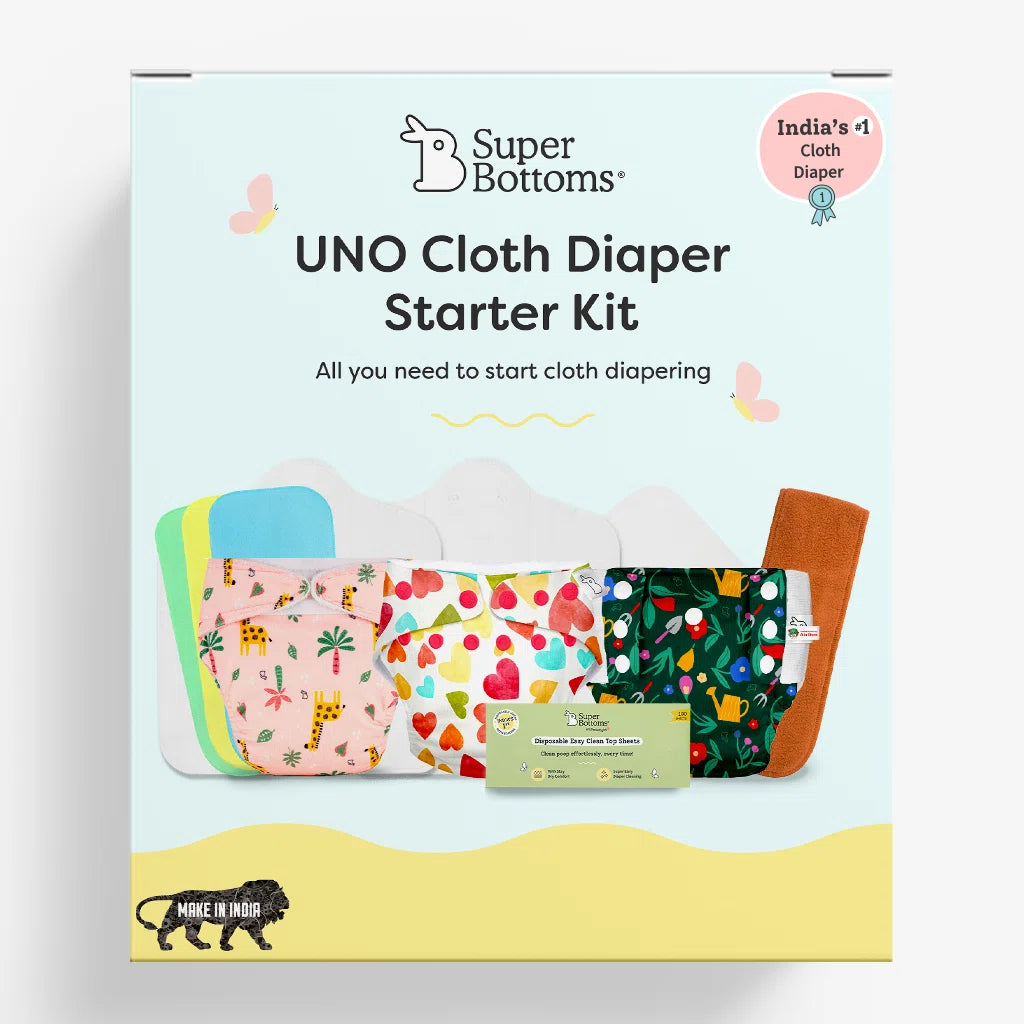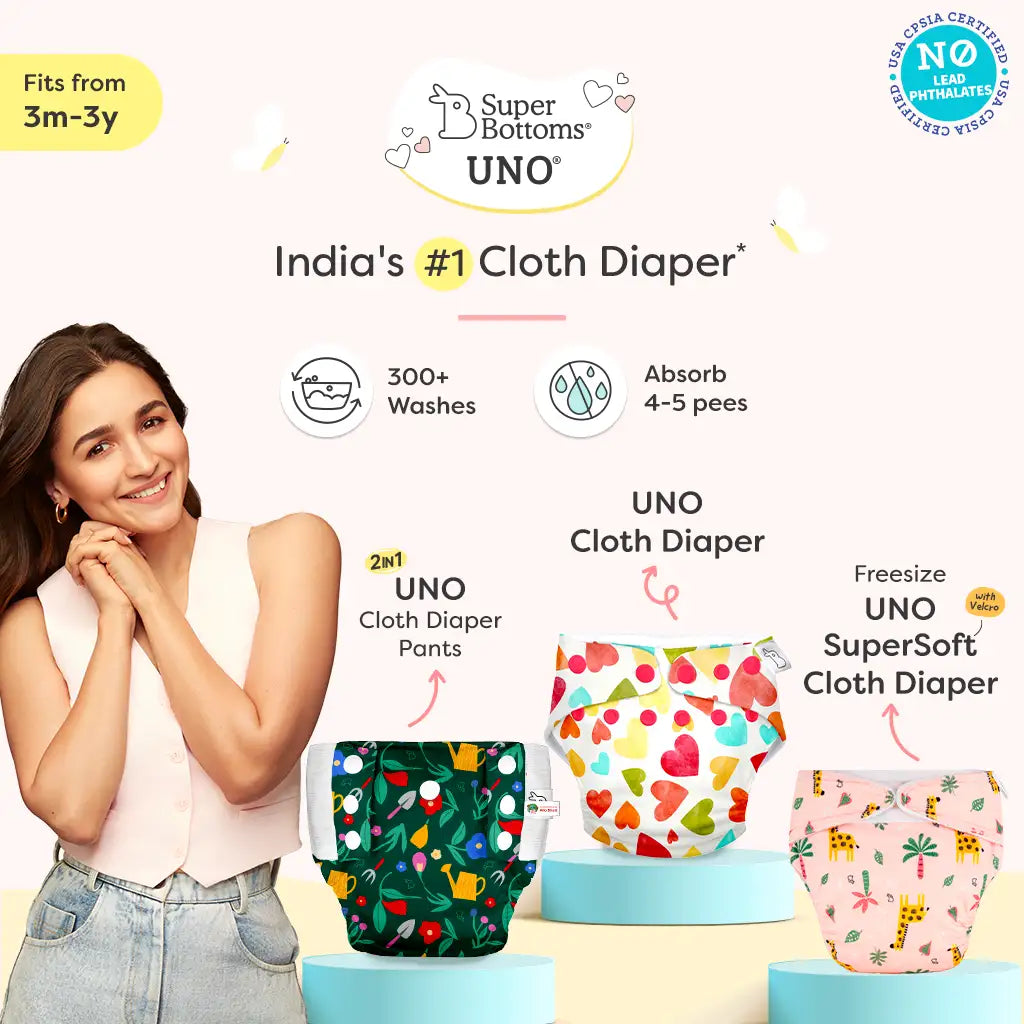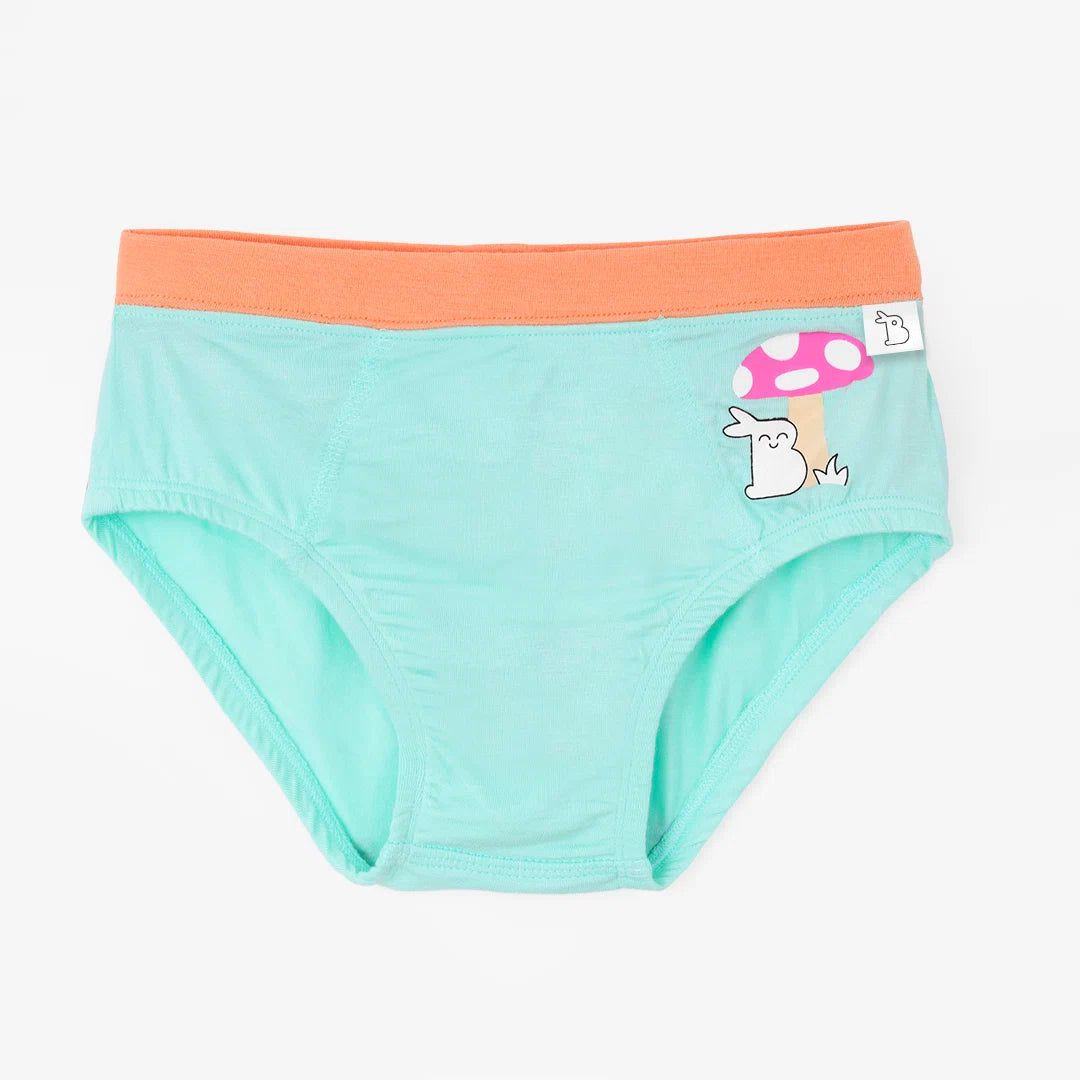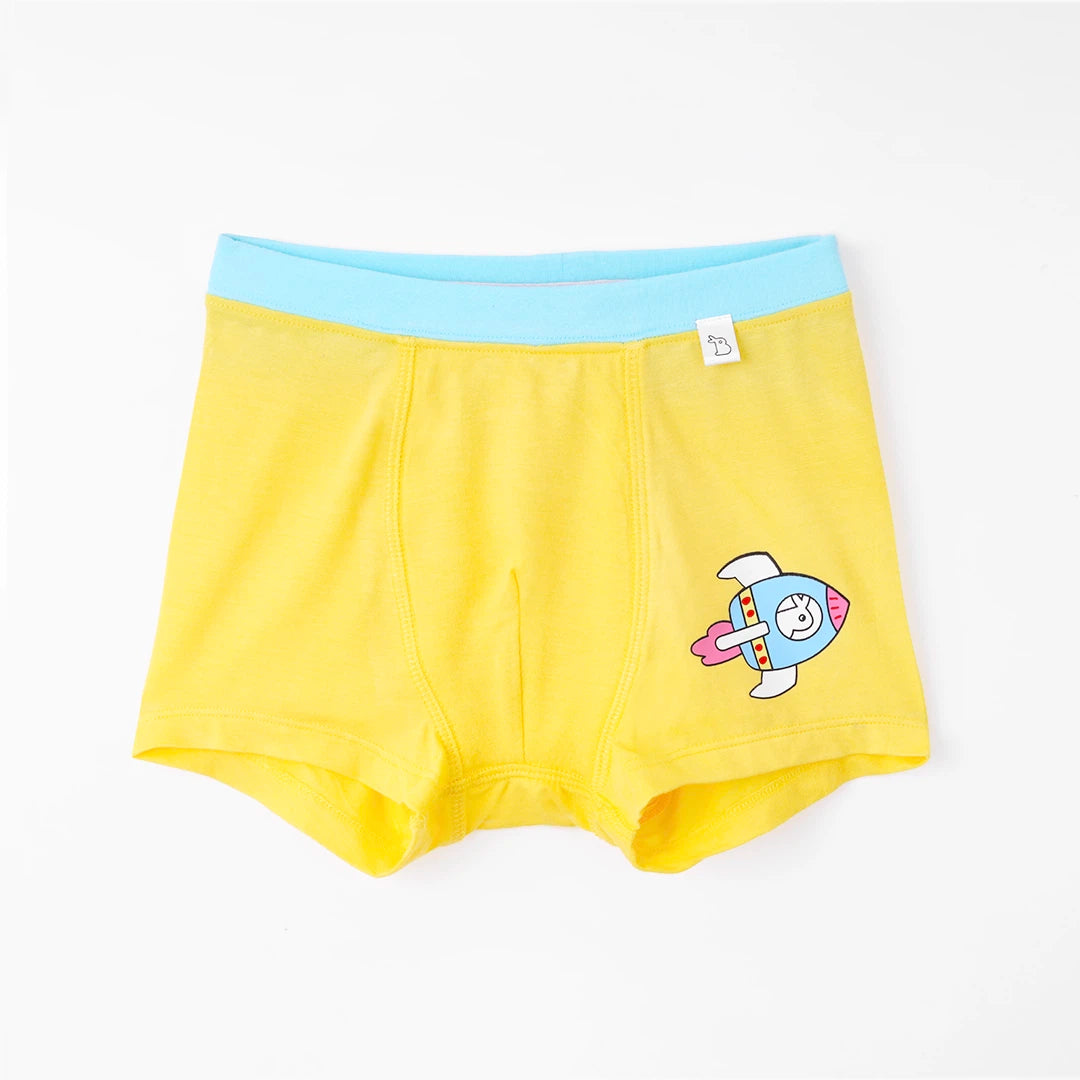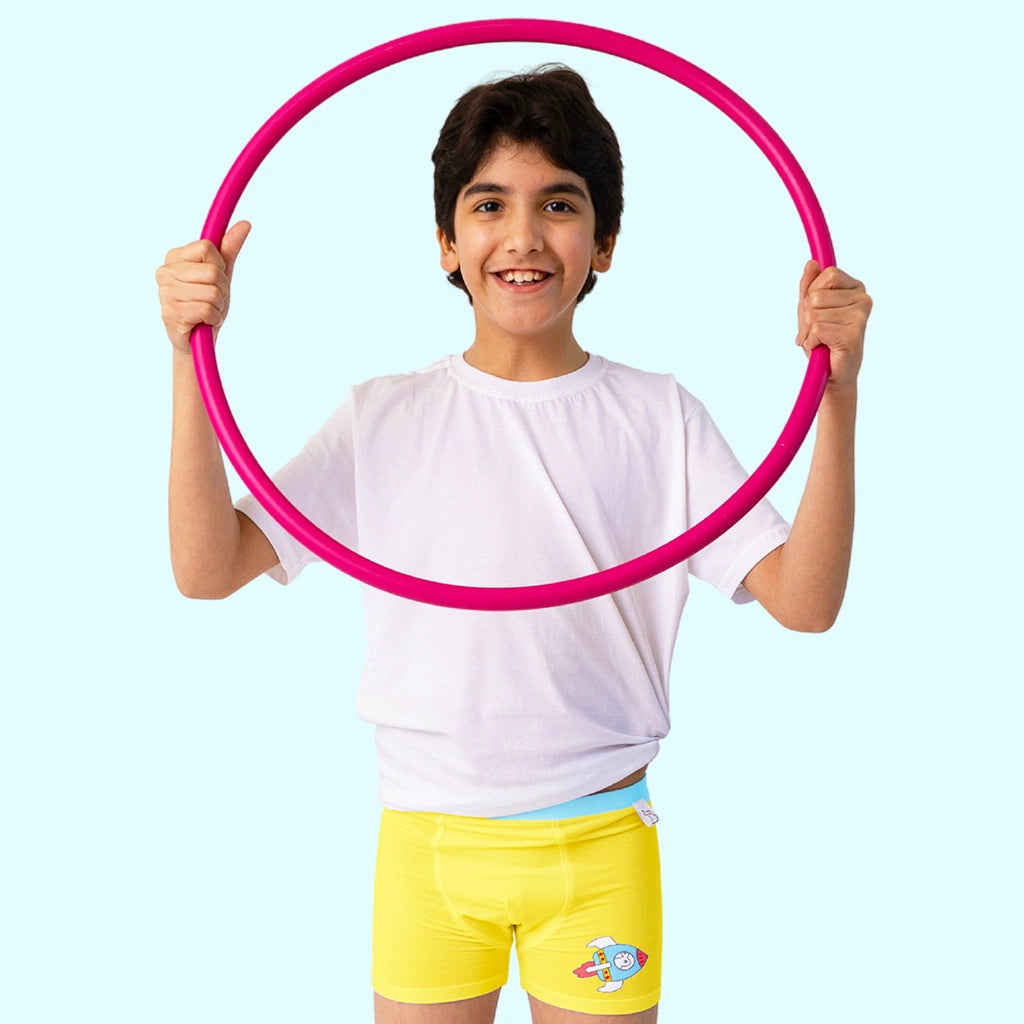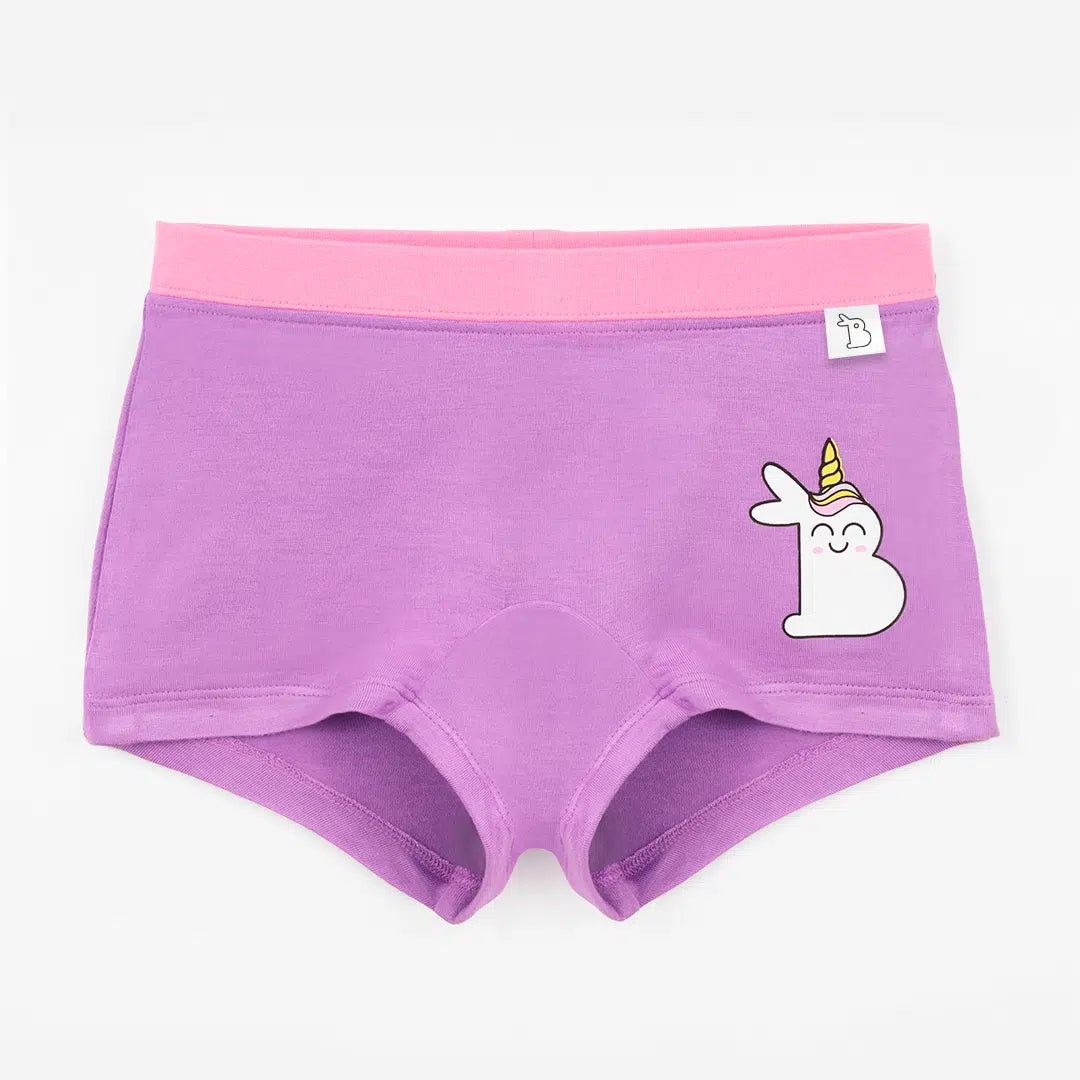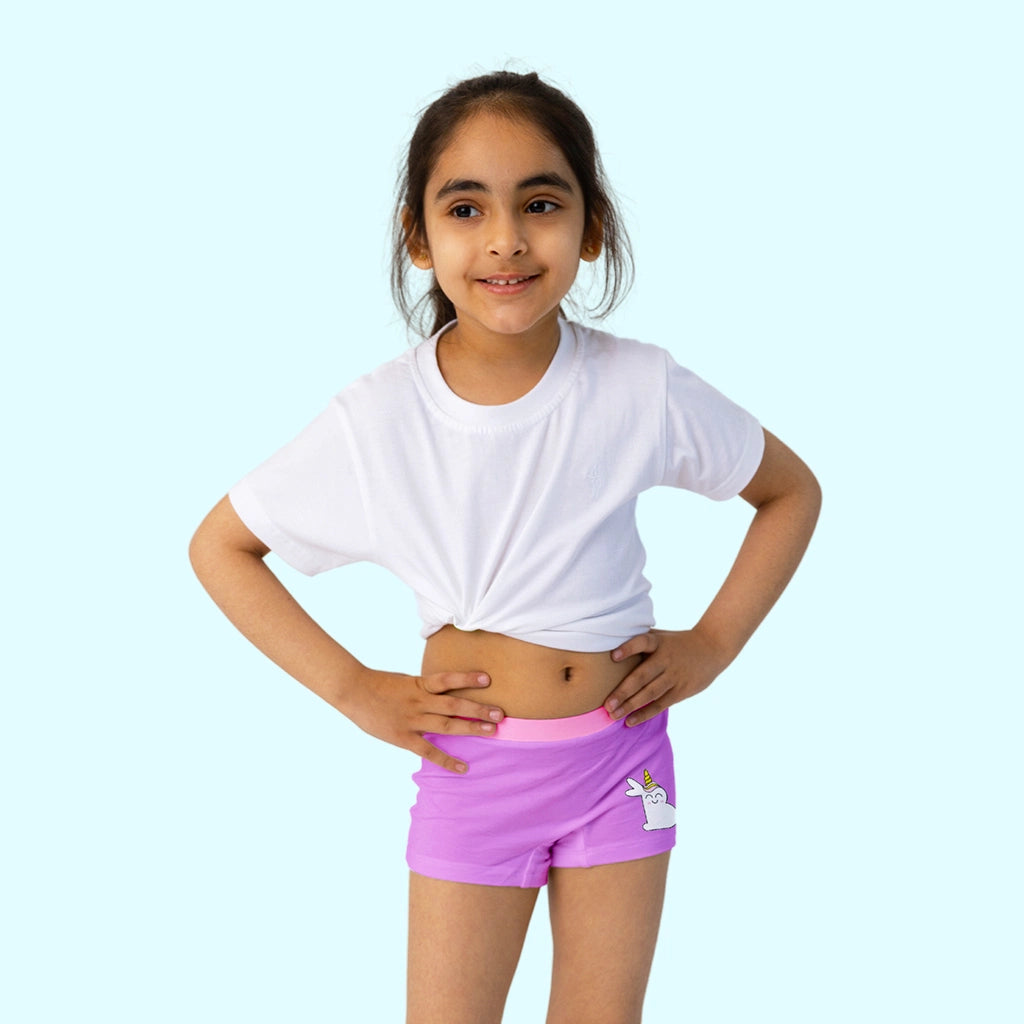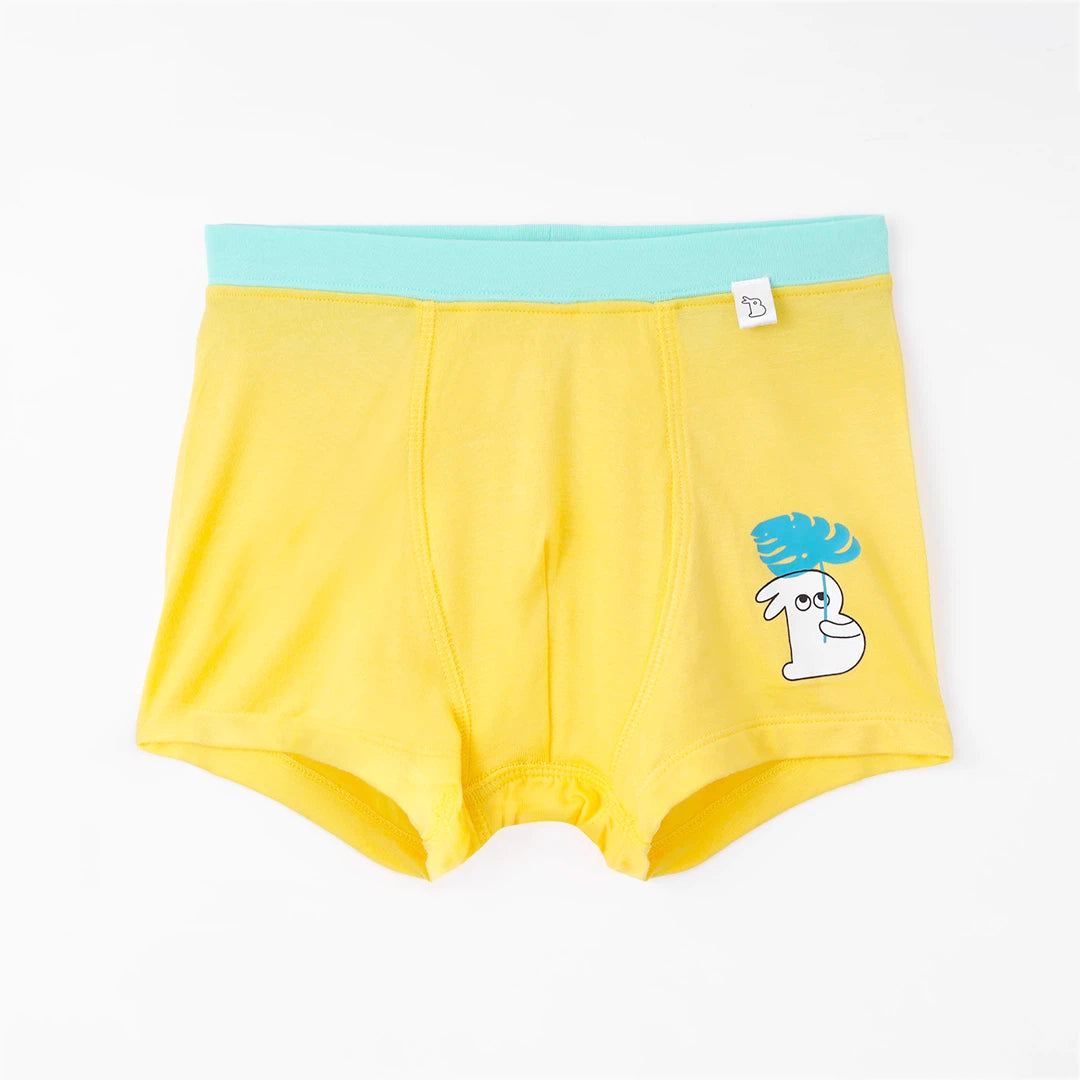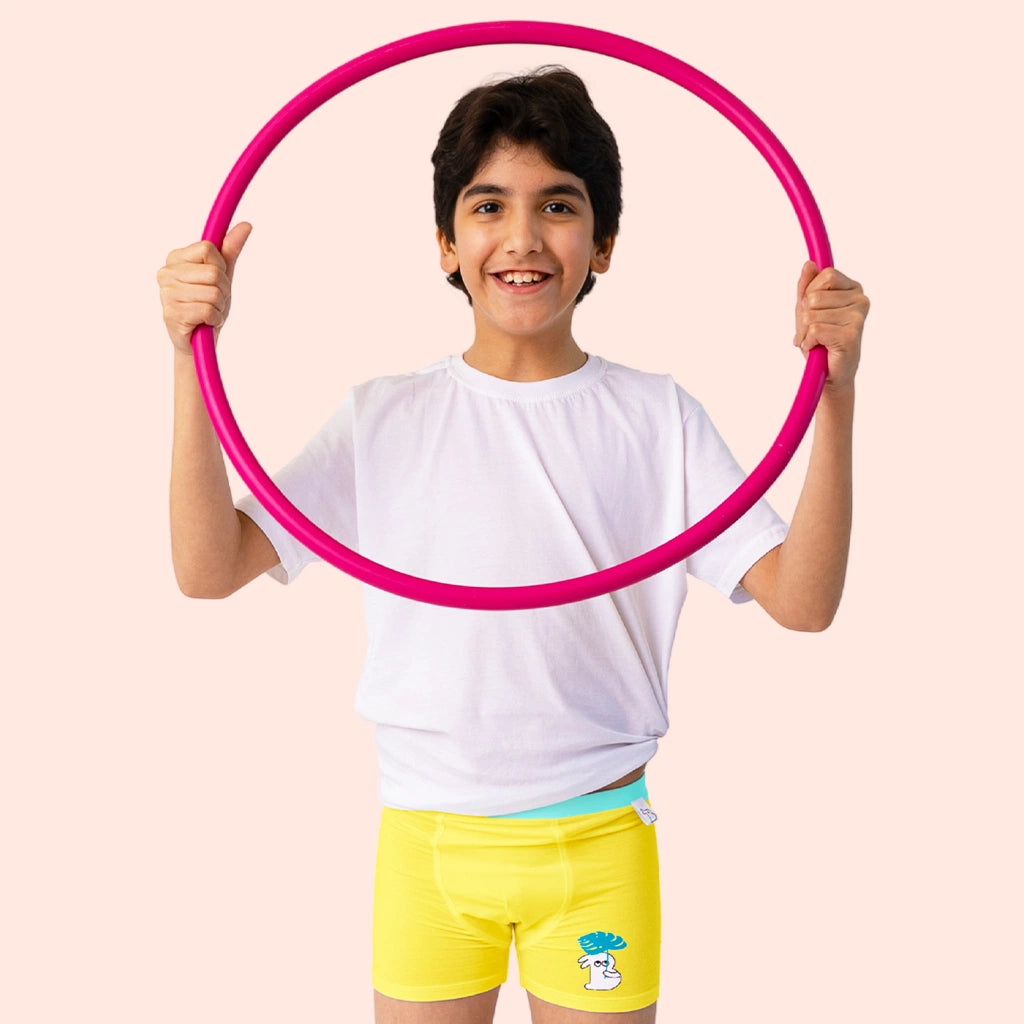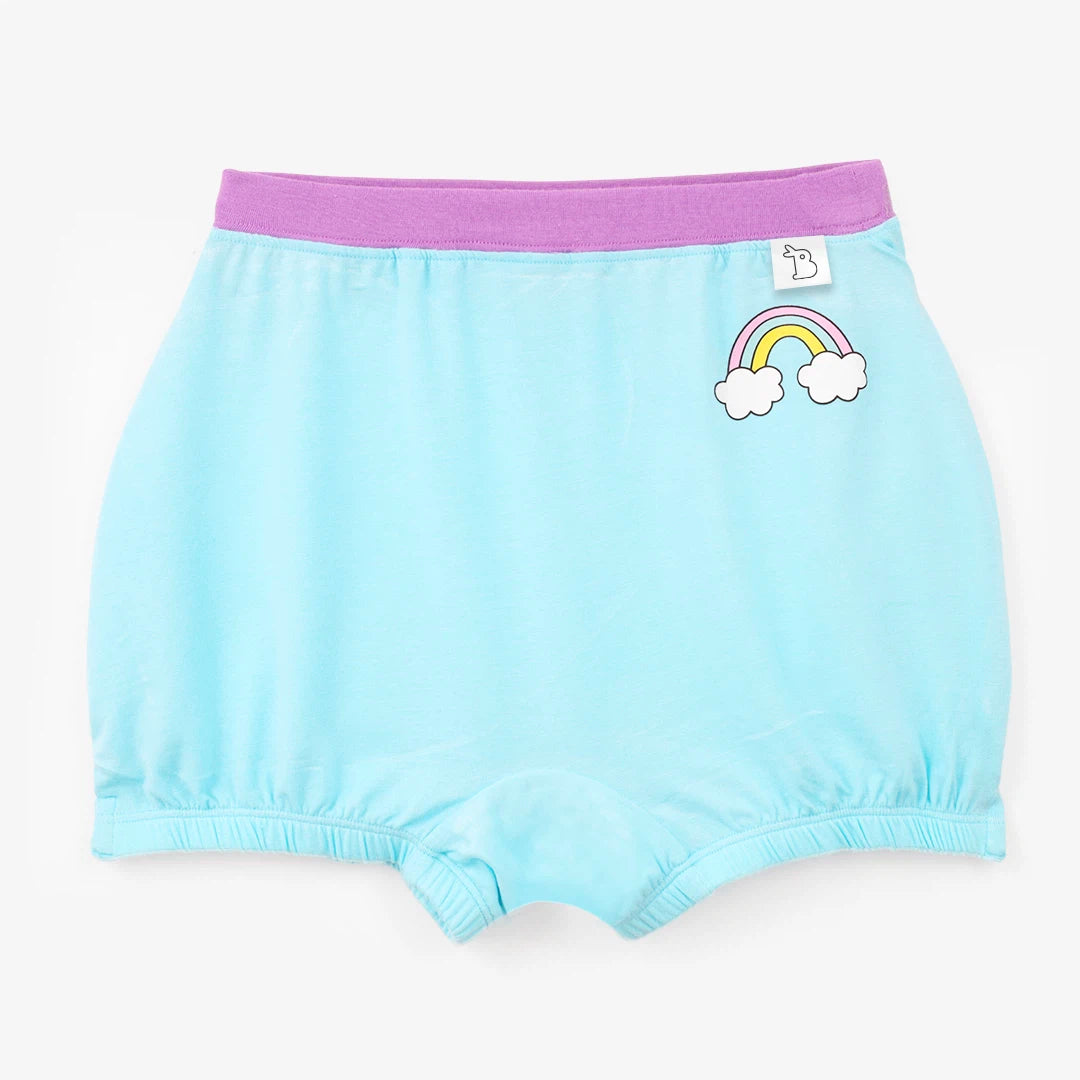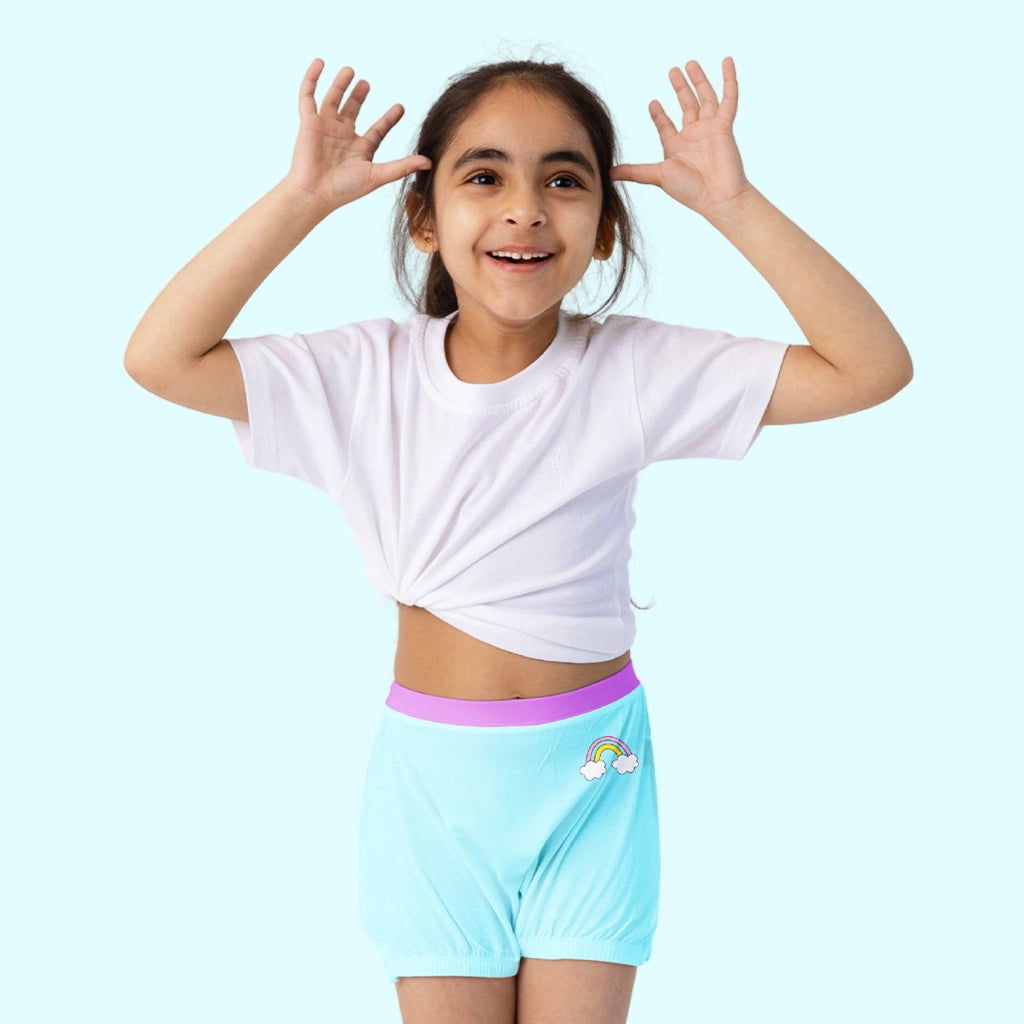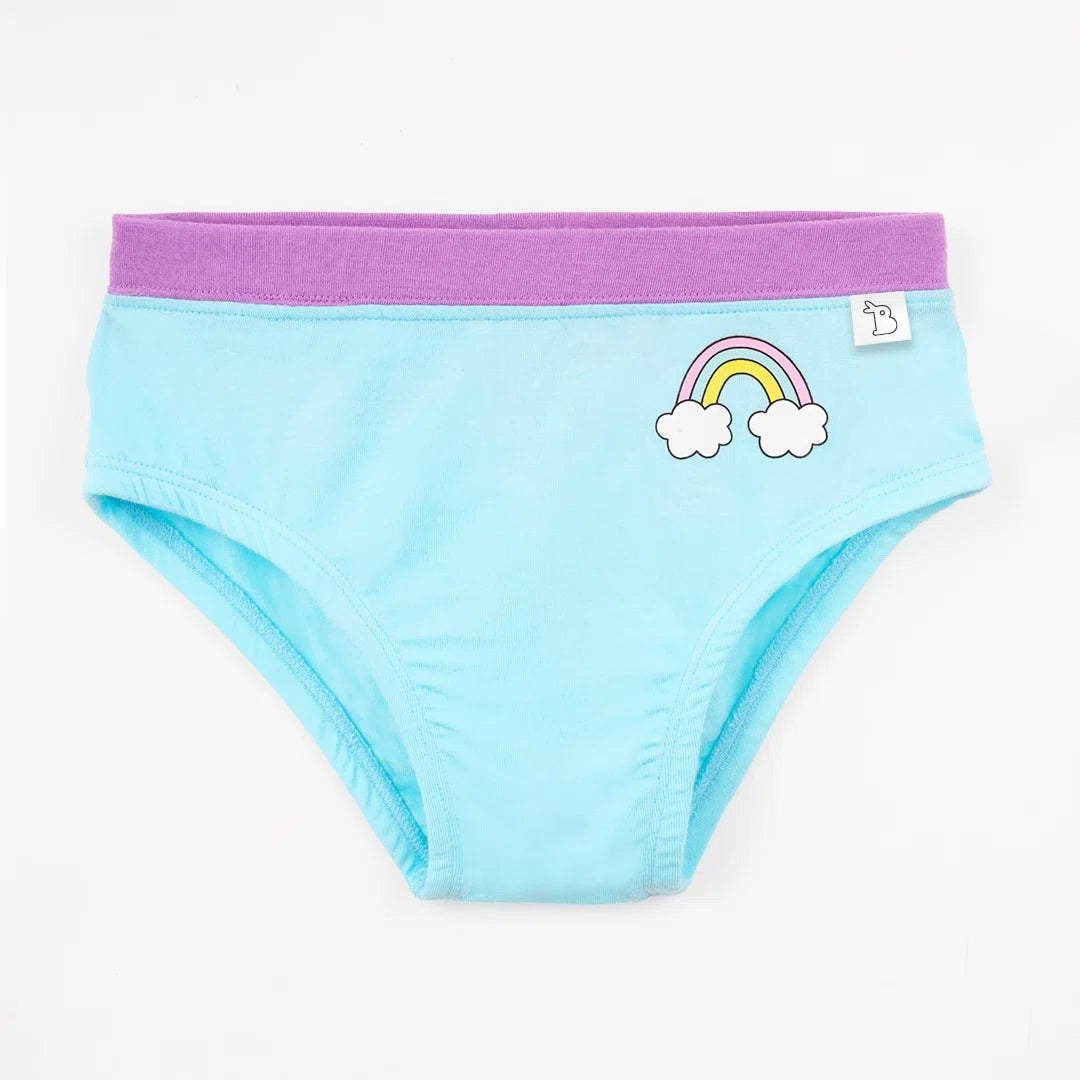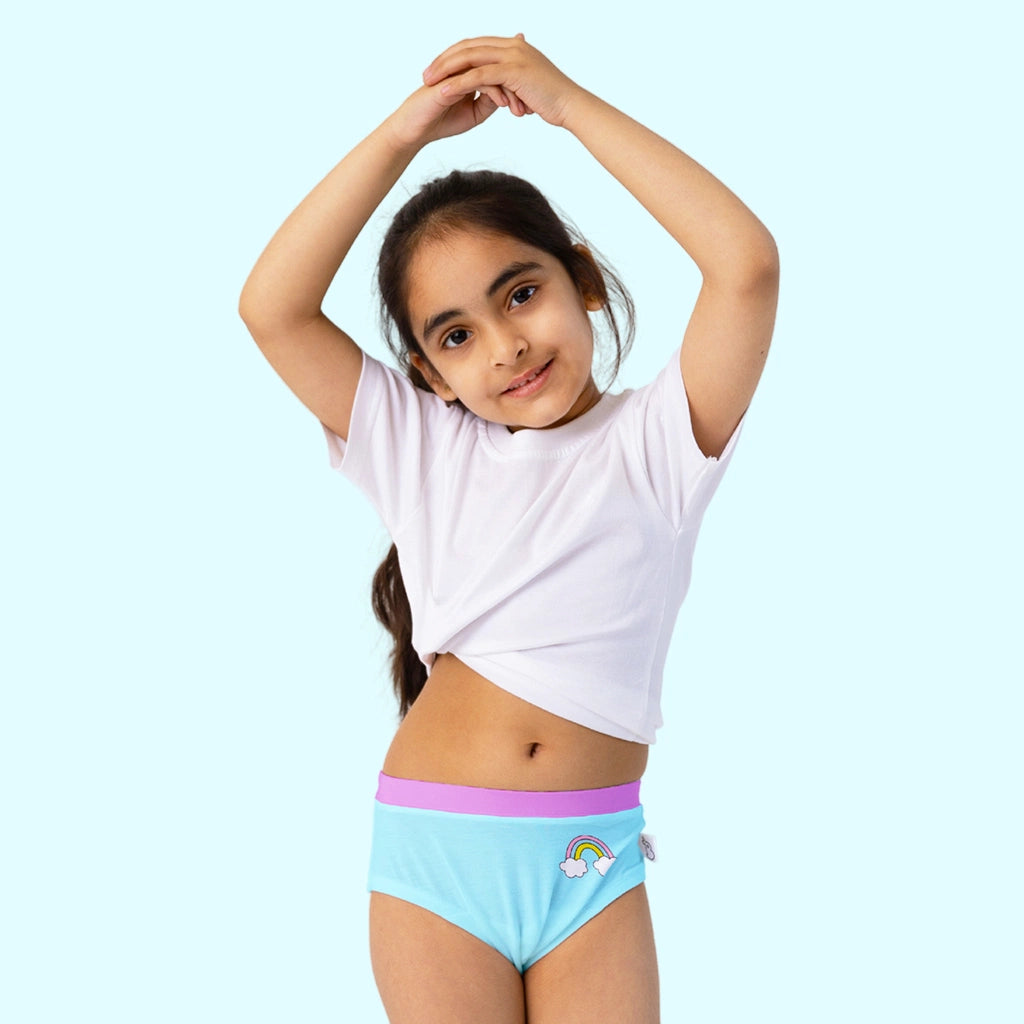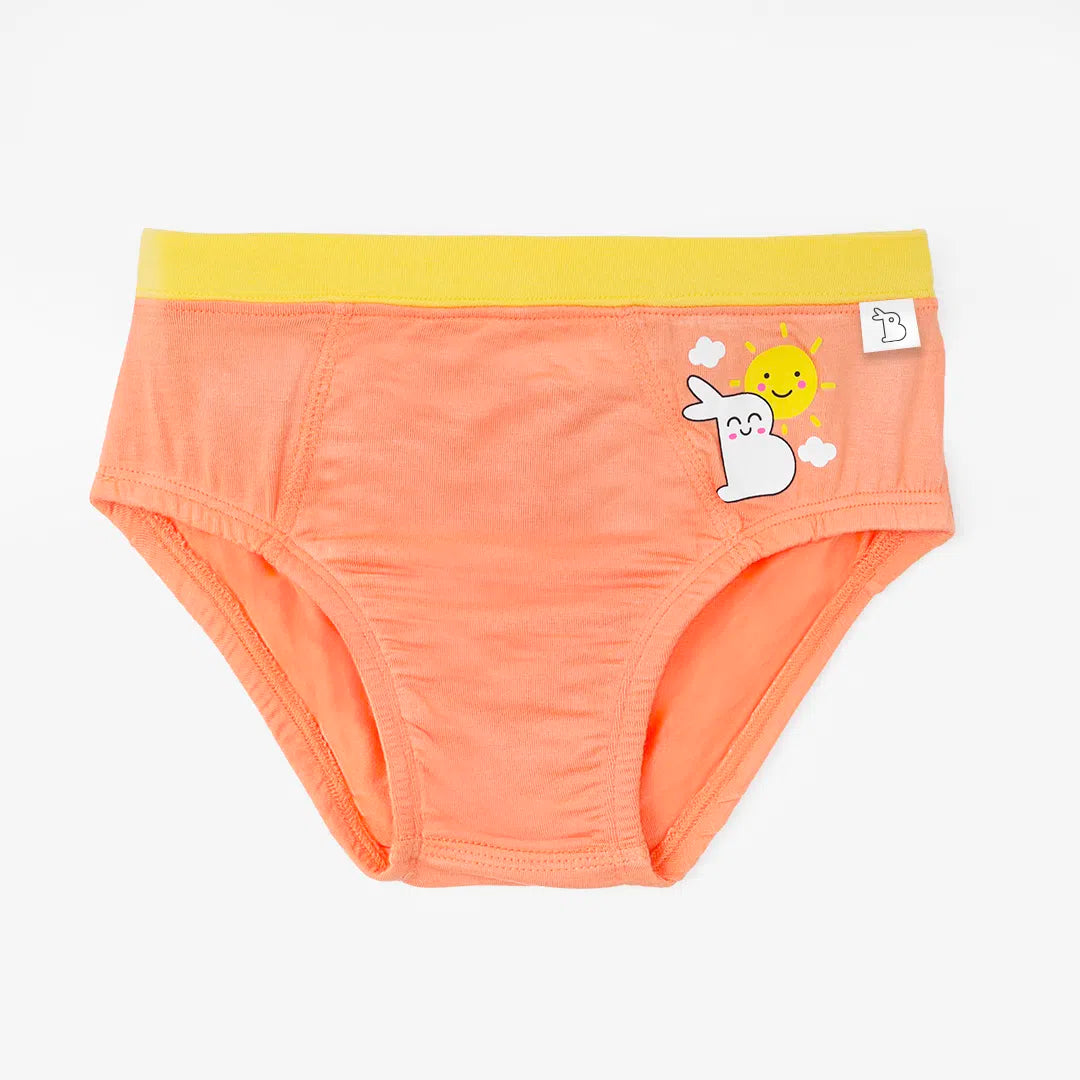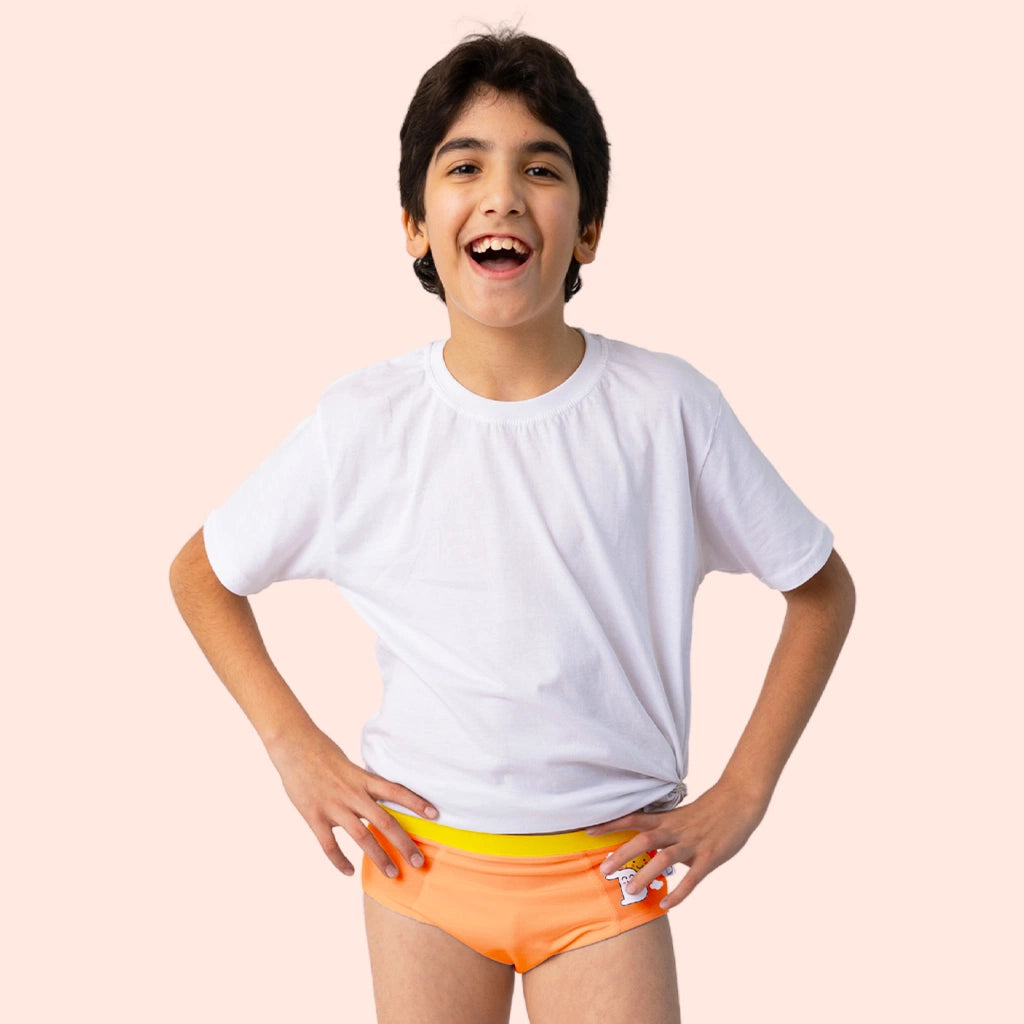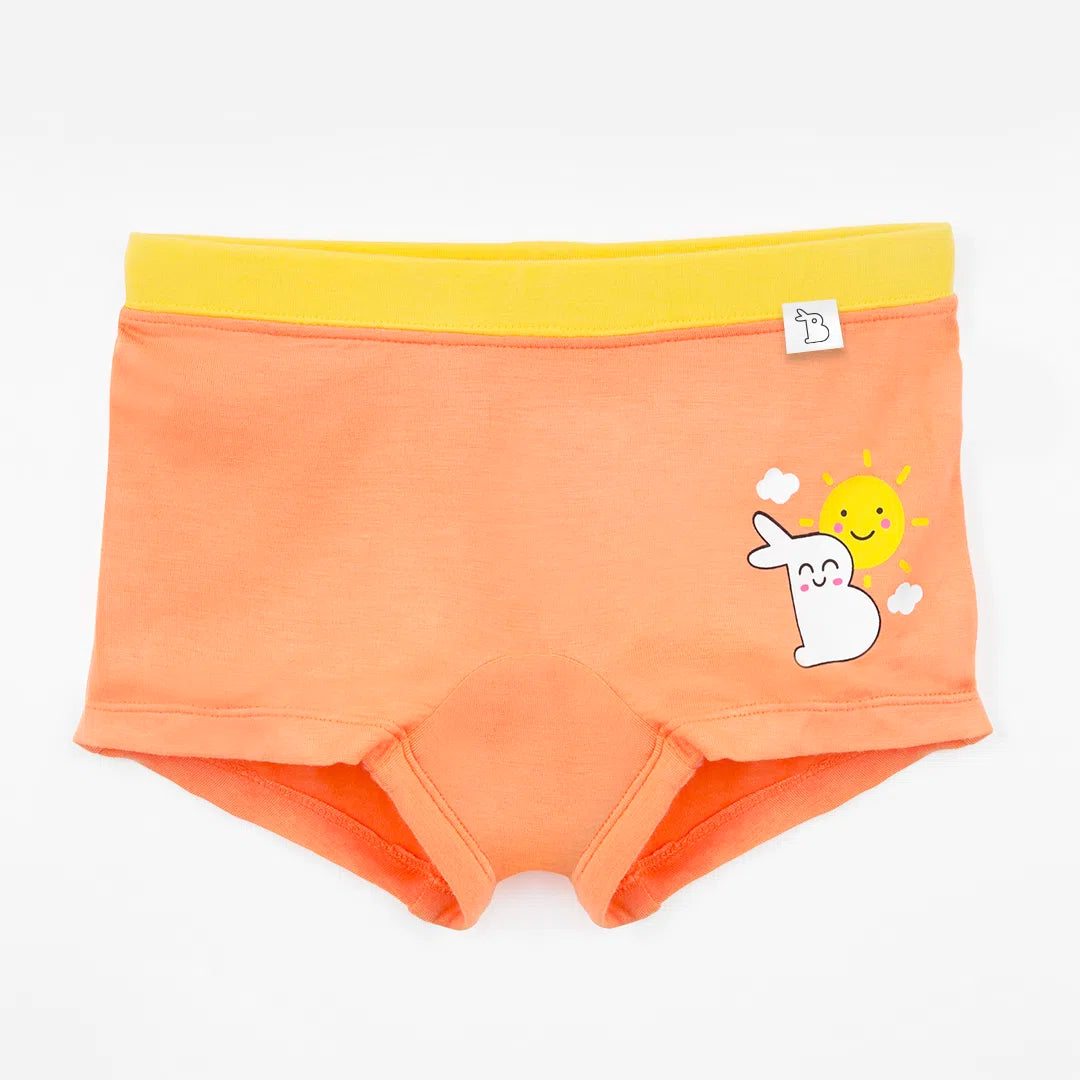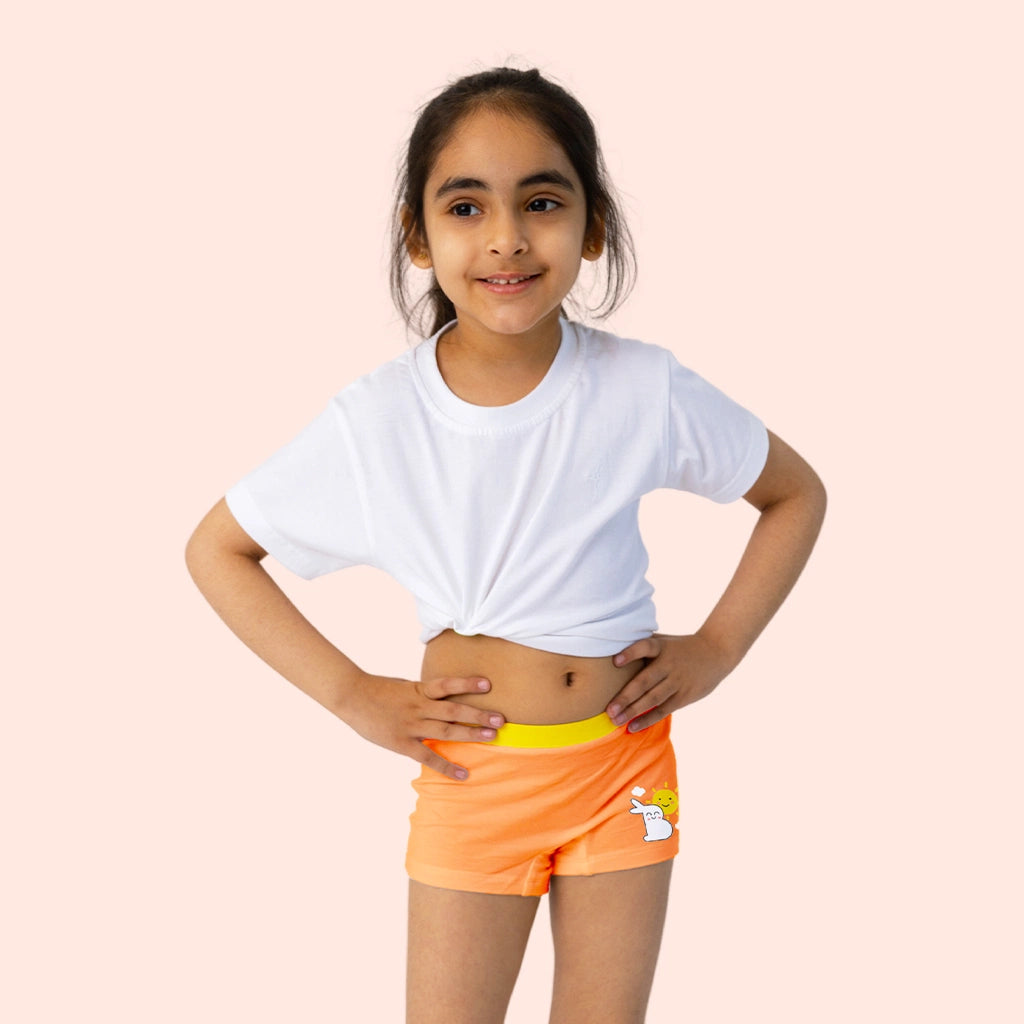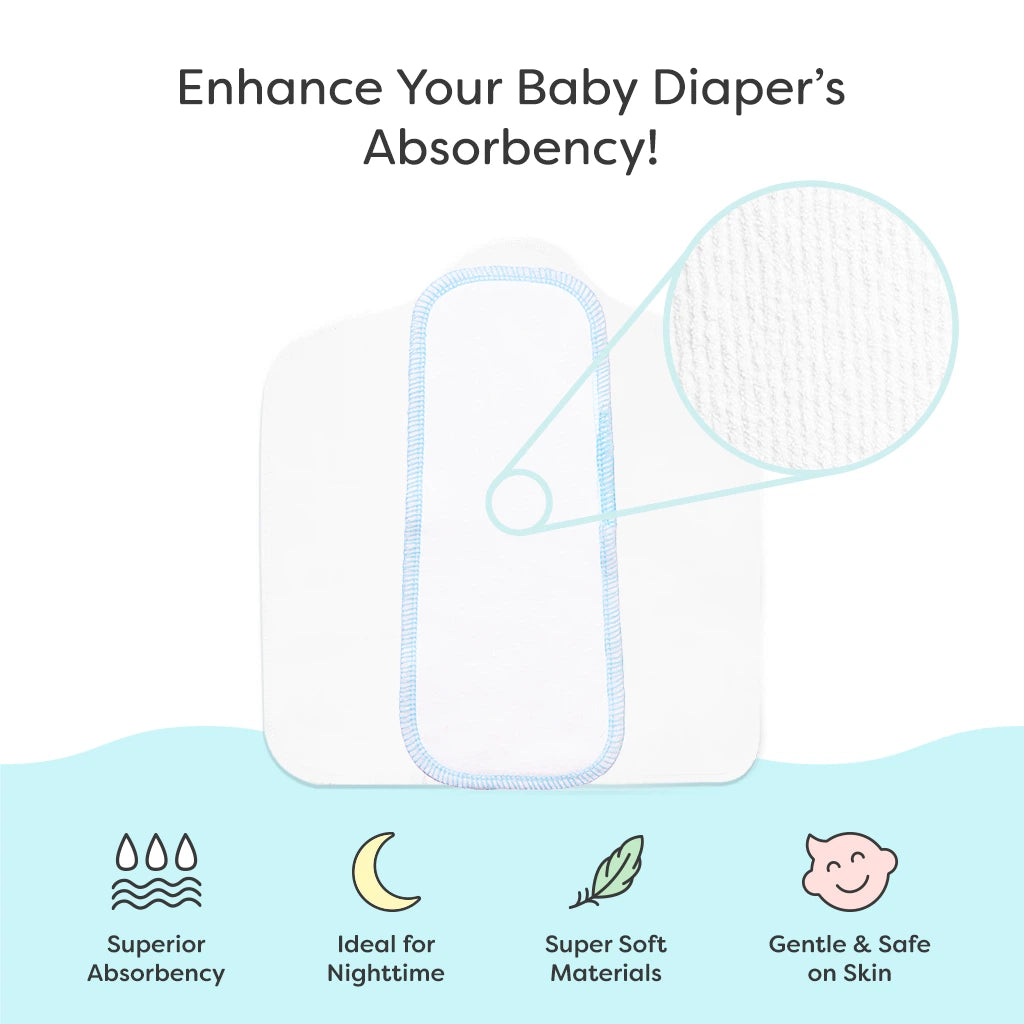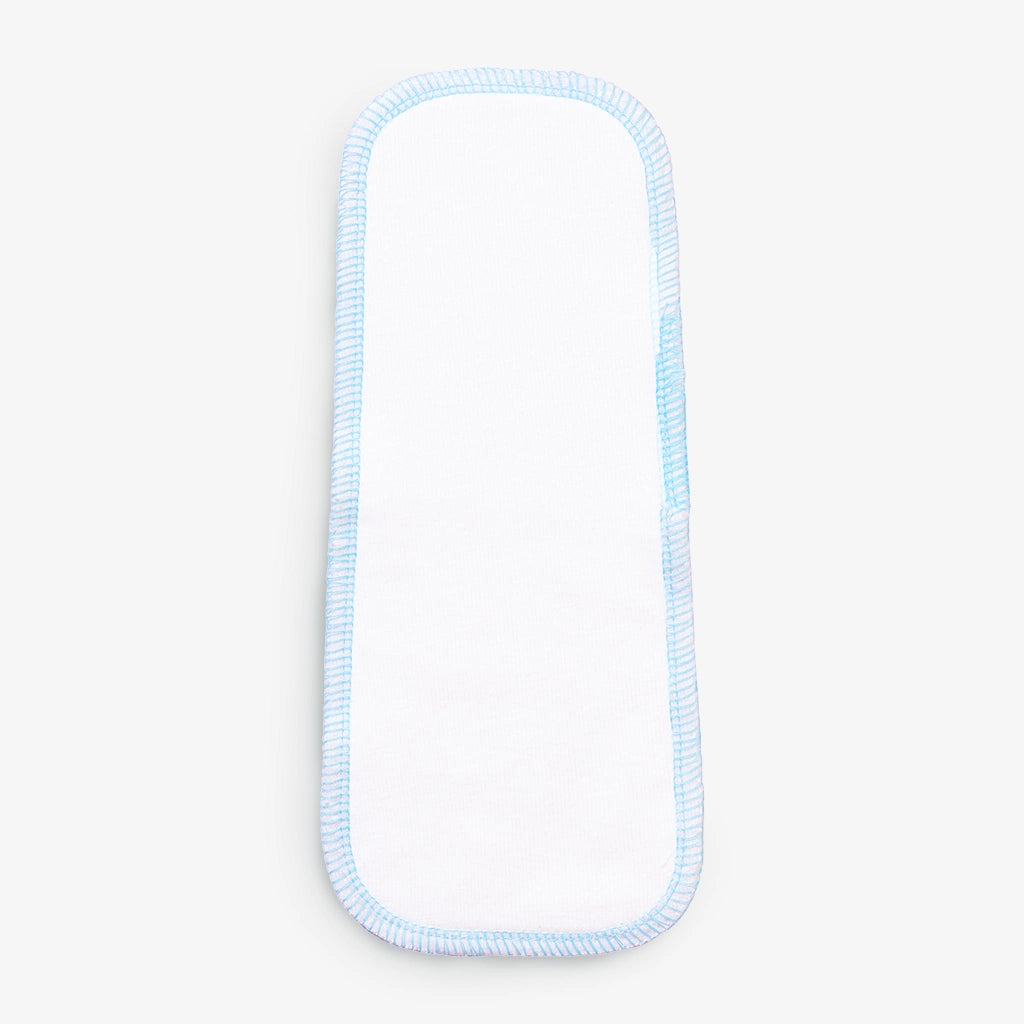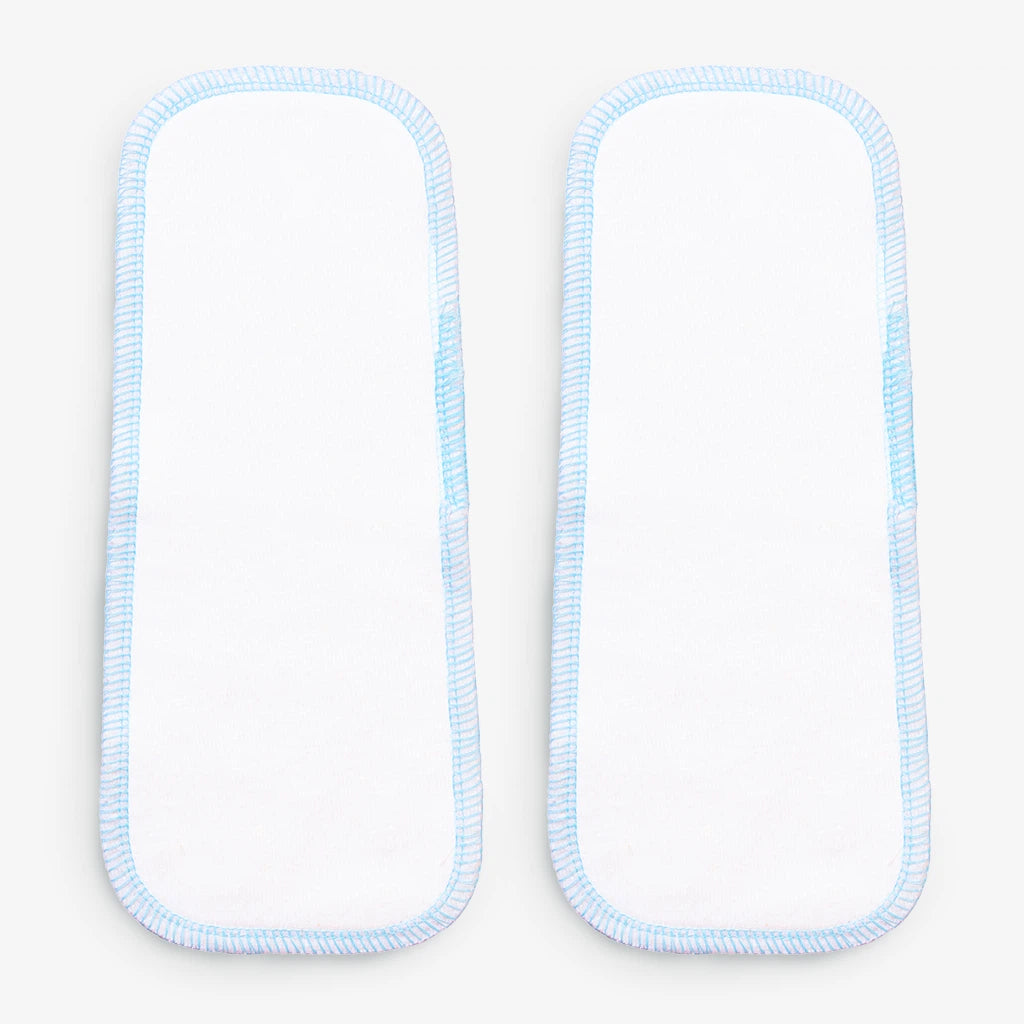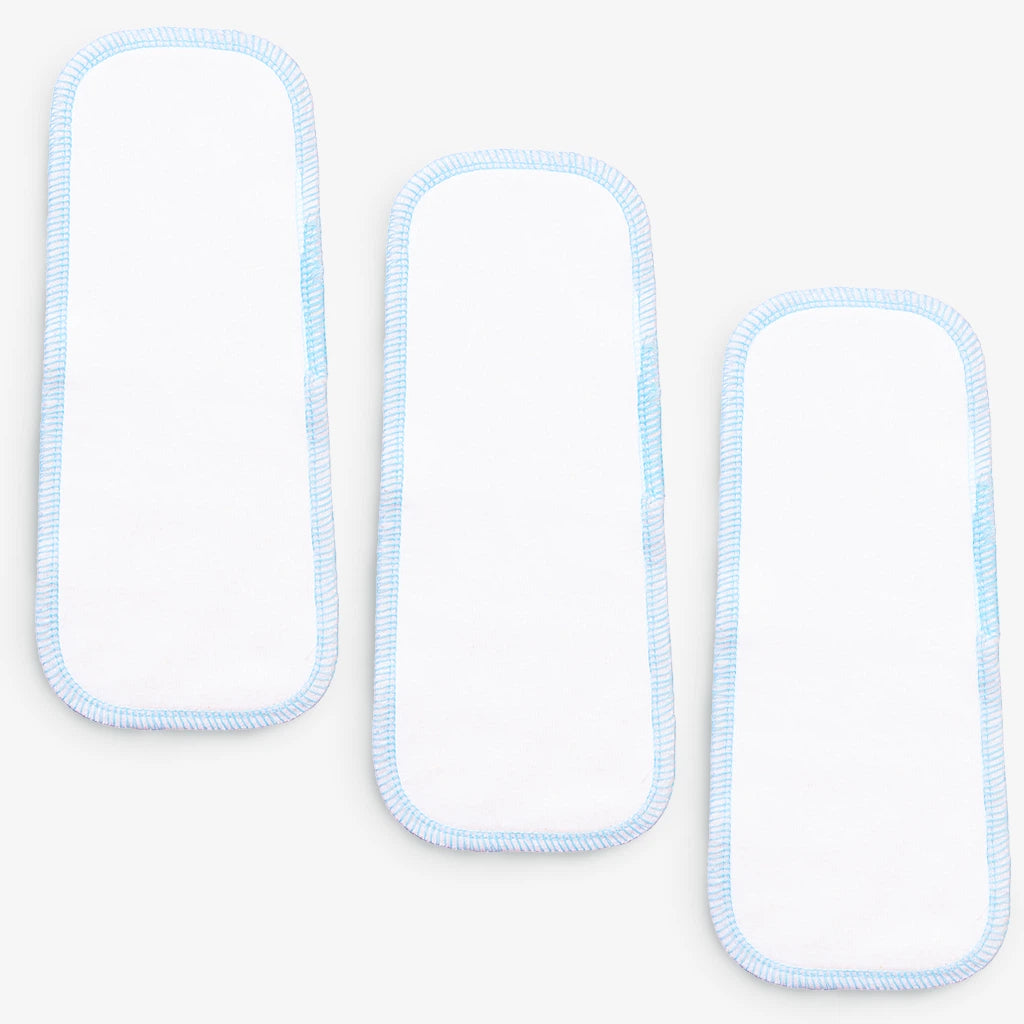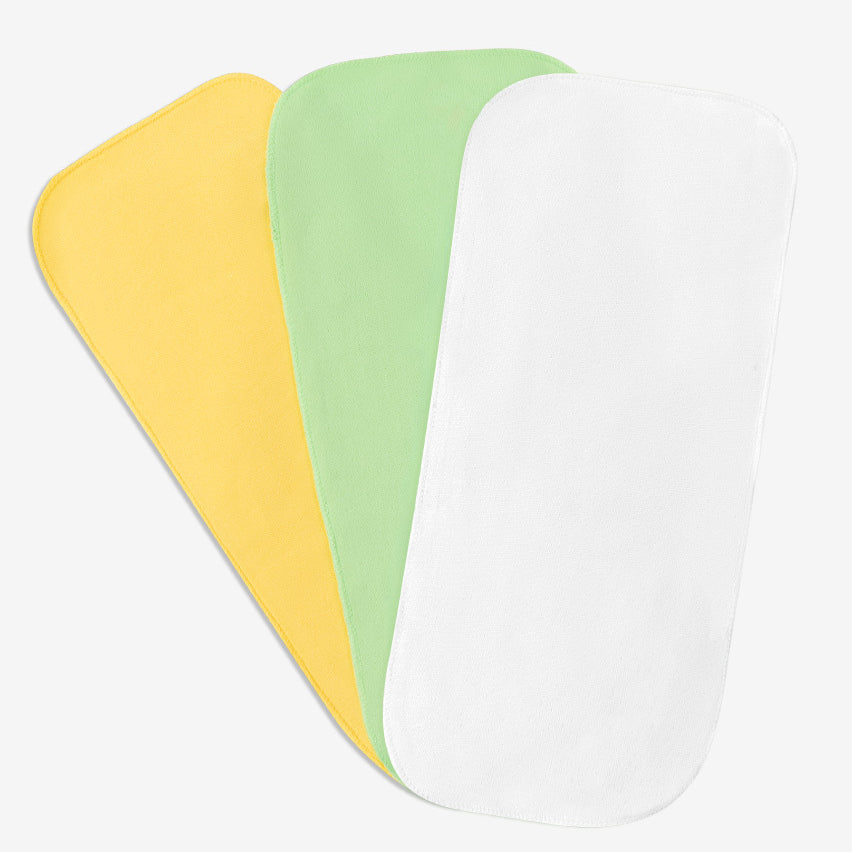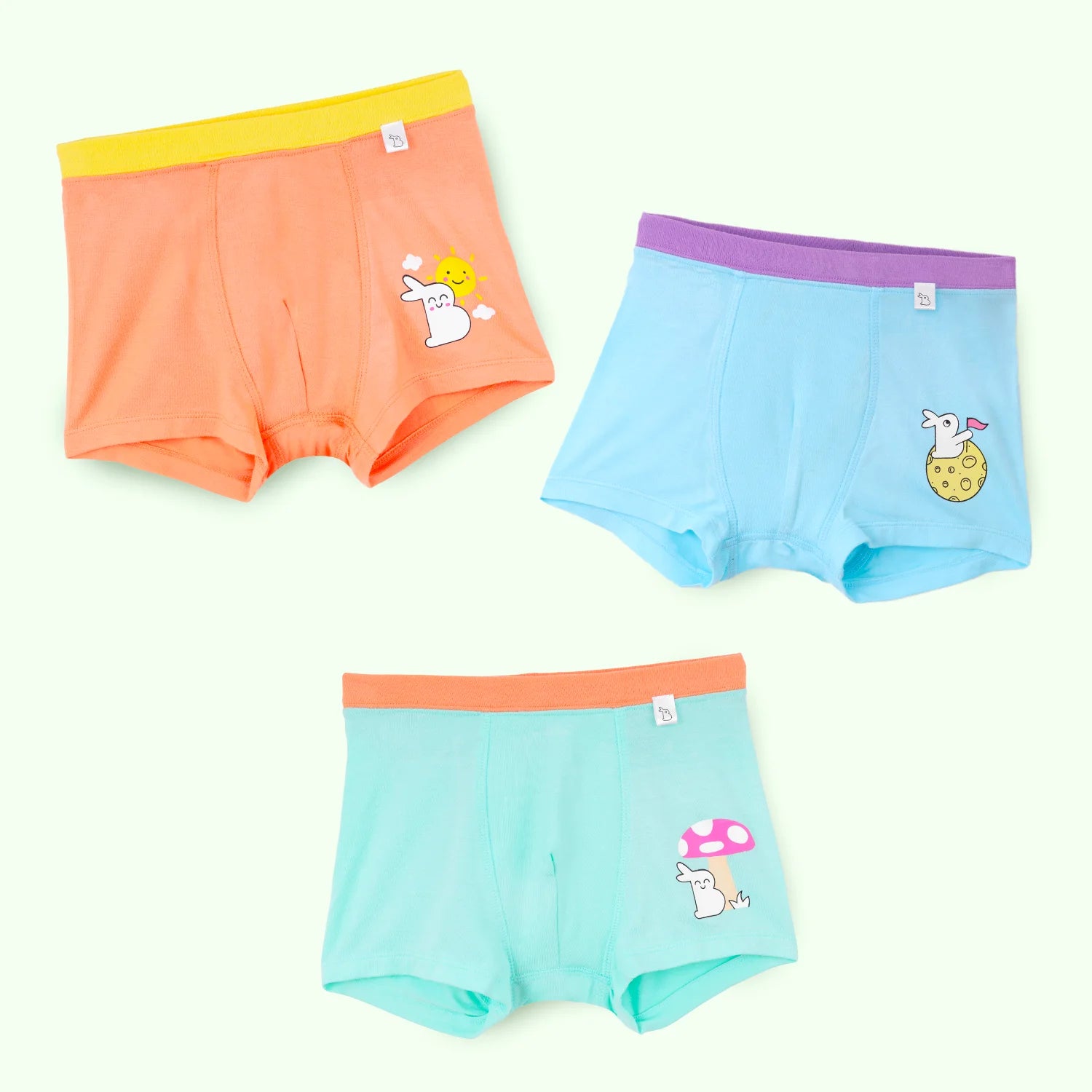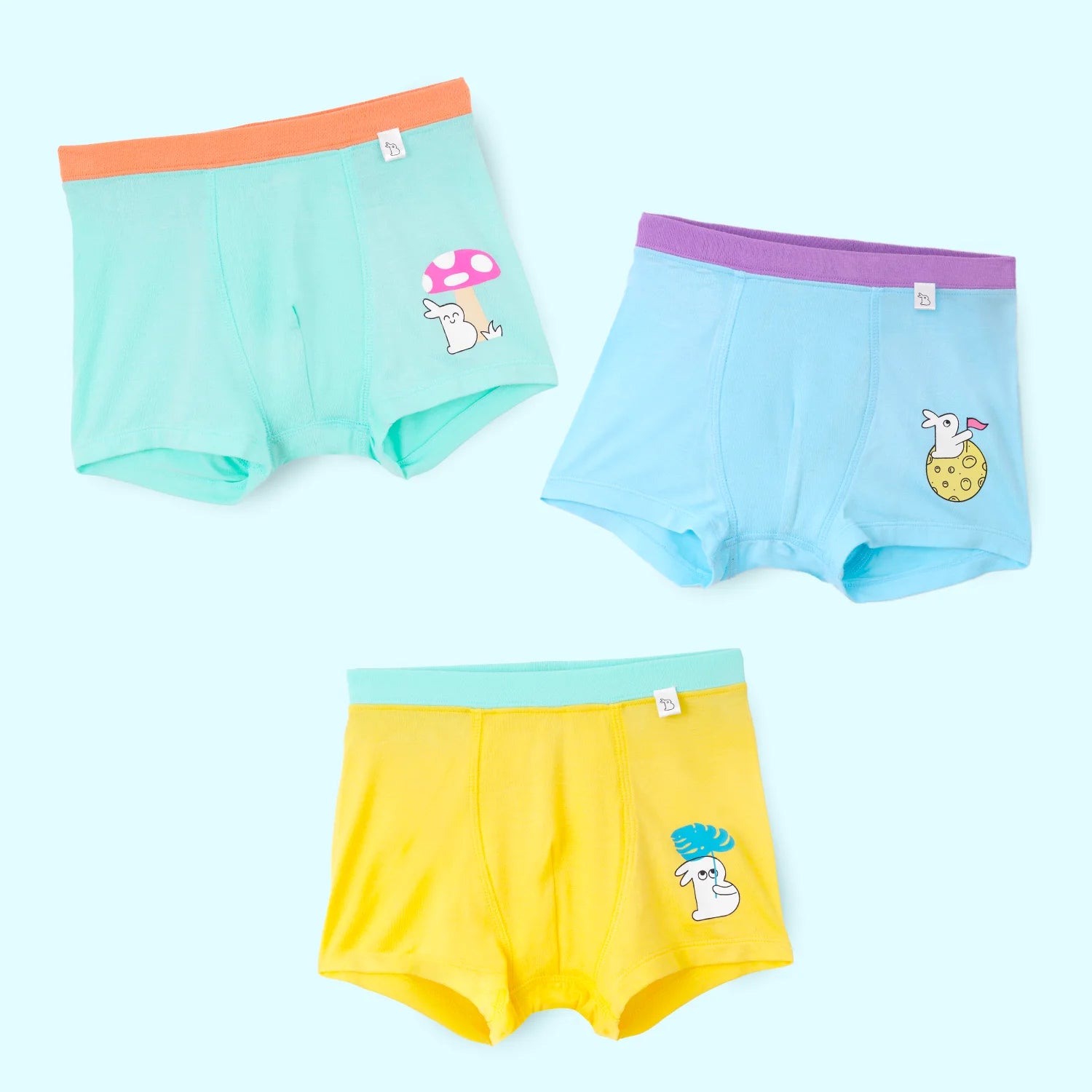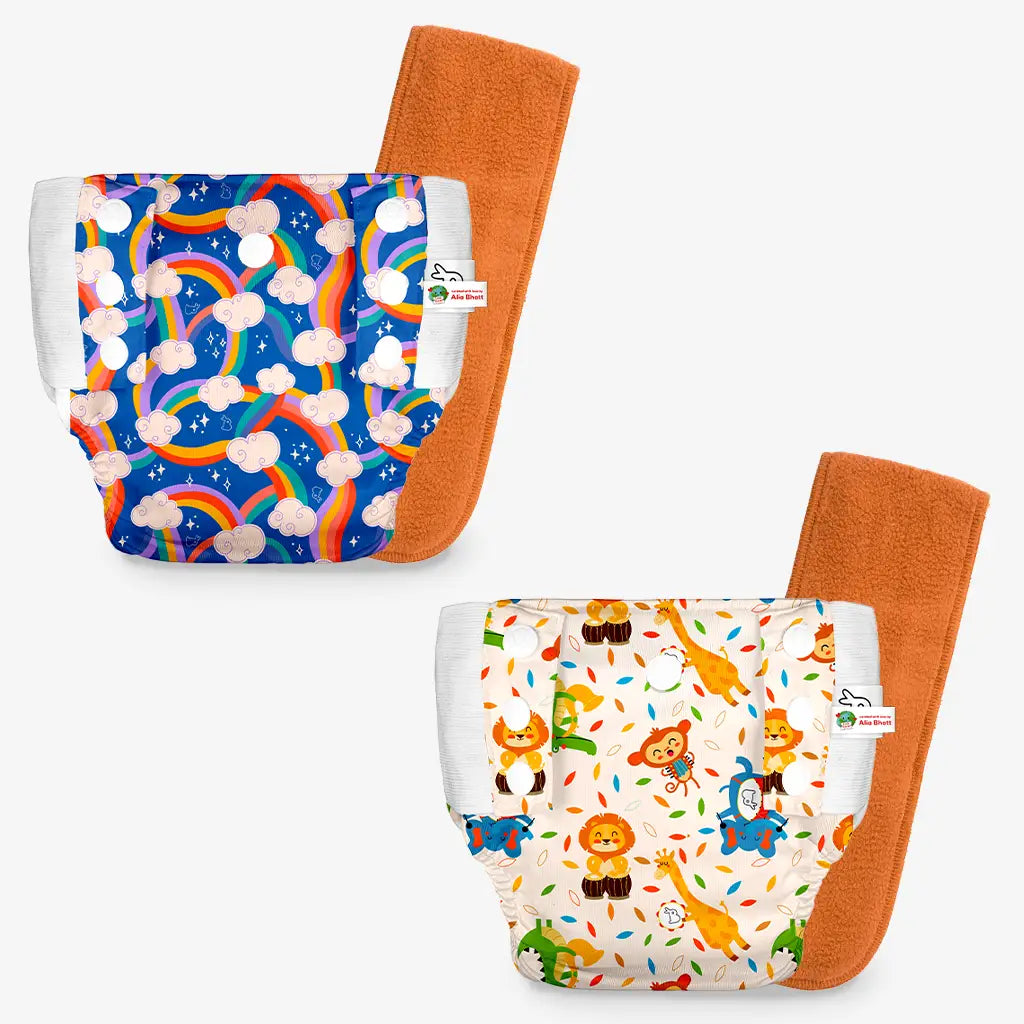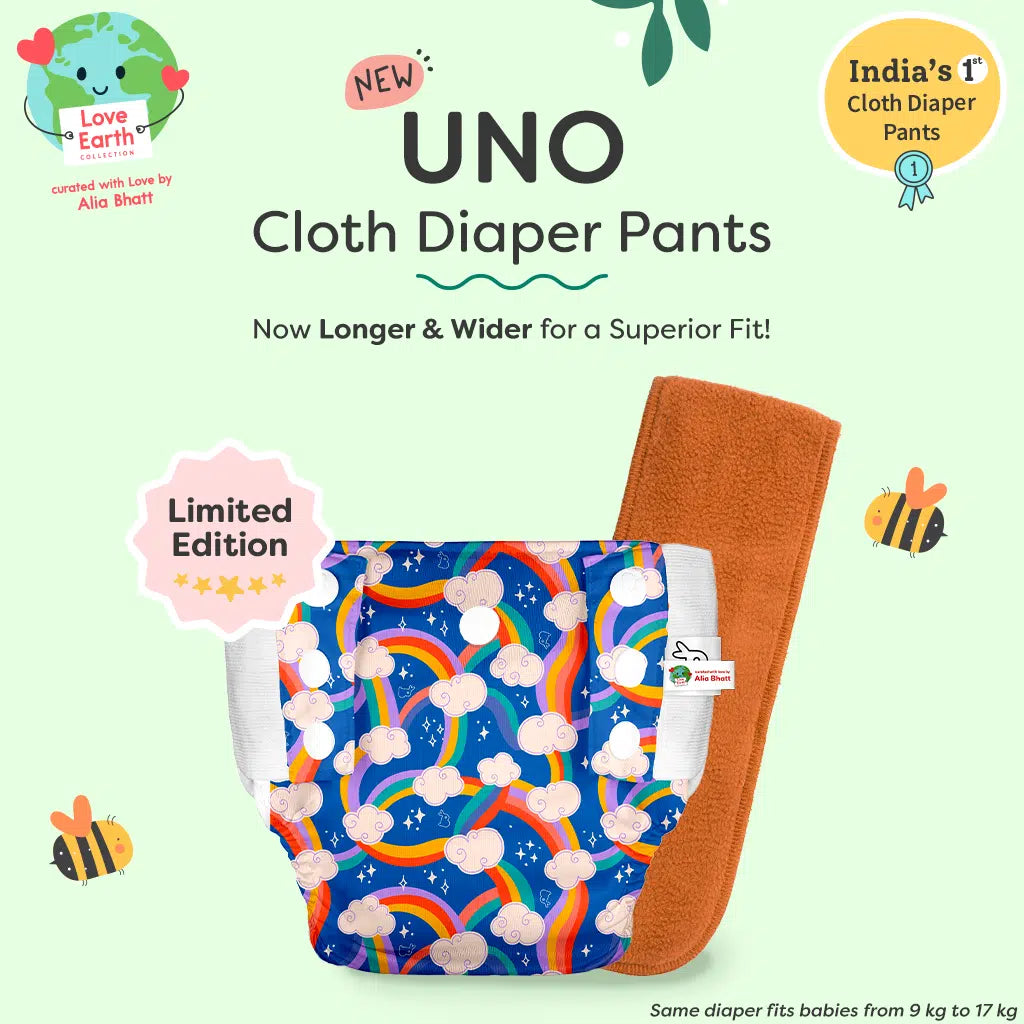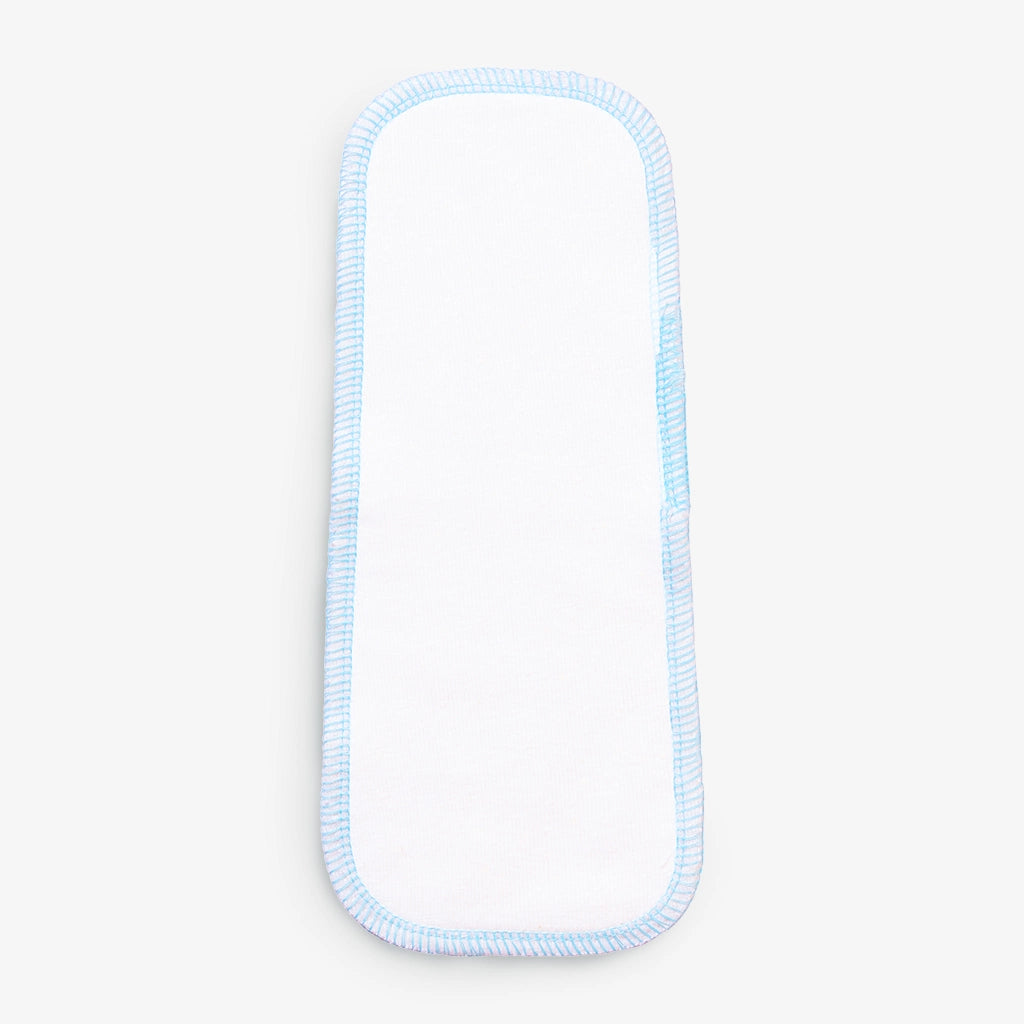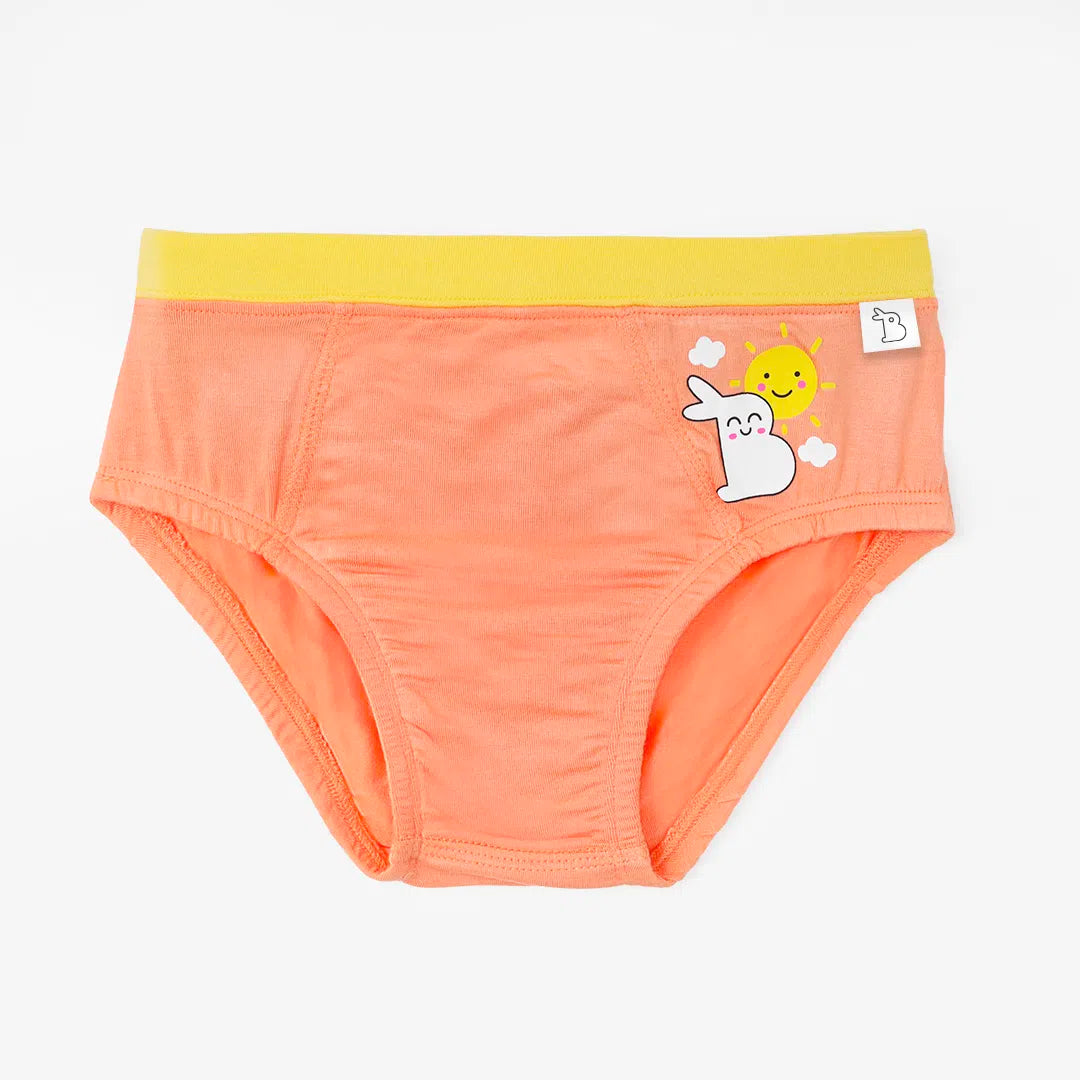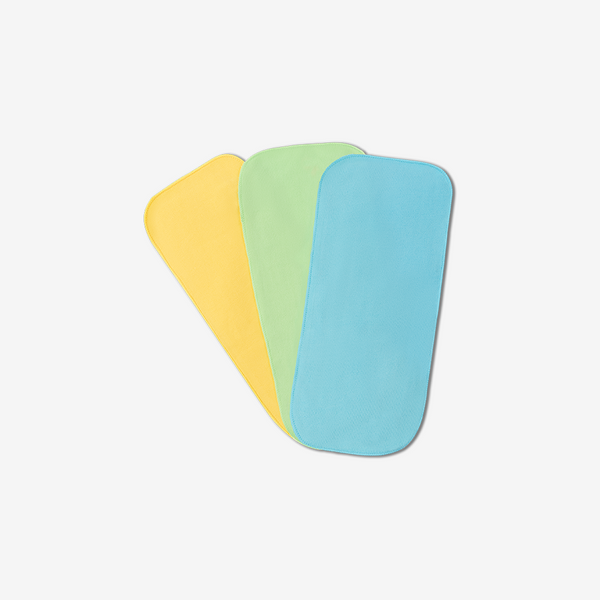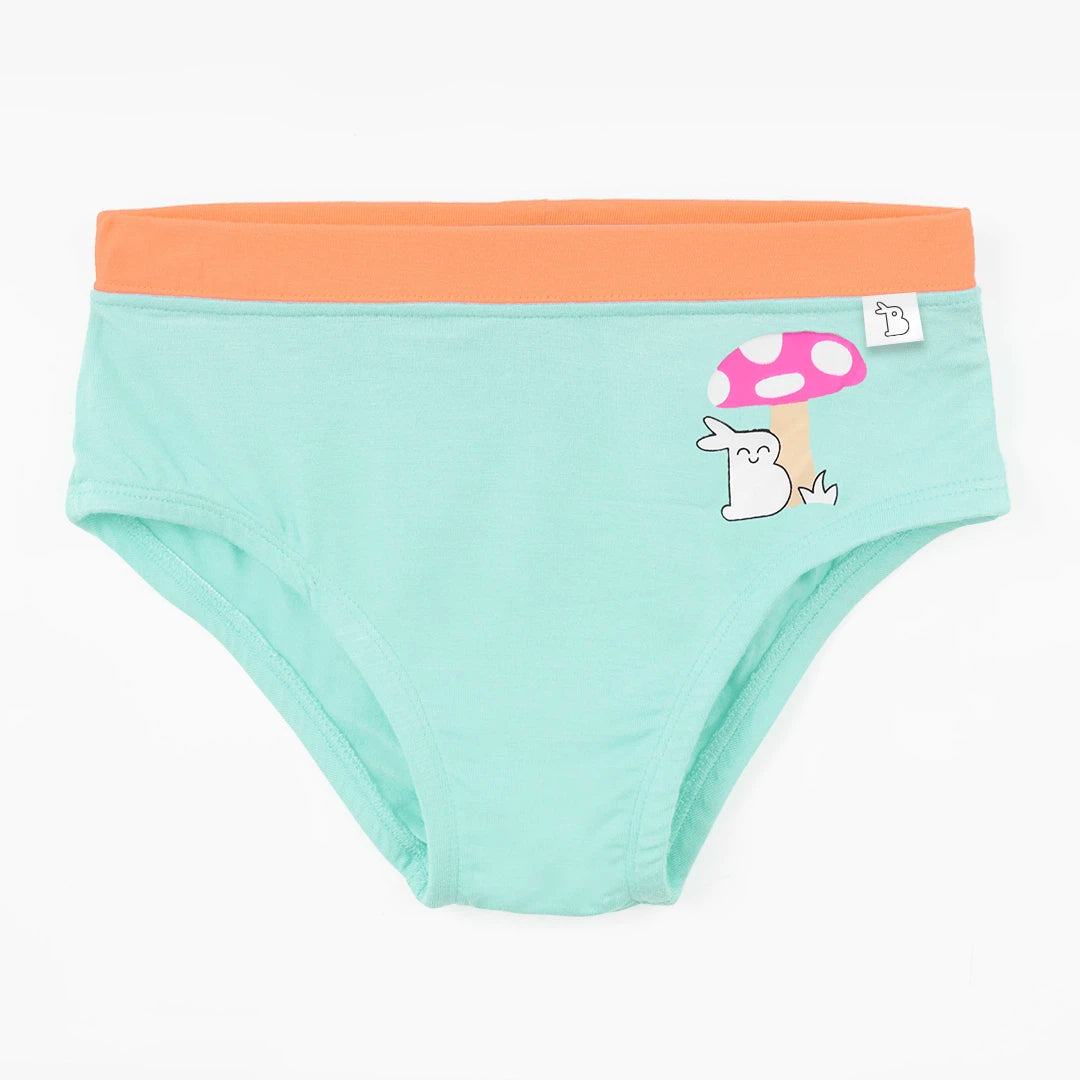• Introduction
• Stages of Child Development
• Newborn vs Infant vs Toddler vs Babies - How Do They Differ?
• Difference Between Newborn vs Infant
• Difference Between Infant vs Toddler
• Difference Between Baby vs Infant
• Key Takeaways
• FAQs
• Message From SuperBottoms
Apple of my eye, my baby, pumpkin, munchkin, cutie-pie, mini-me. There are so many things we call our kids out of love. But today, when online support, virtual medical help, and digital discussions are so prevalent, we sometimes need clarification about how to refer to our kids, primary children's age range terms widely used.
Even in this context, while talking about children, we often interchangeably use terms like newborn, baby, infant, and toddler. However, they are not the same, and knowing the difference between them is essential because each of these terms signifies different stages of growth and development in your child. To identify and initiate an early intervention for any developmental red flags of milestone delays, one must know a child's growth and development stages at each stage.
Stages of Child Development:
Newborn (0-2 months):
• The World Health Organization defines a newborn as a baby less than 28 days old, but the term can extend up to 2 months.
• Vital developmental milestones include steady weight gain, emotional bonding with caregivers, smiling, and reacting to stimuli.
• Recommended products include Mustard Seed Pillows, Comfortable Jhablas, Swaddles, and Newborn Cloth Diapers.
• Red flags for paediatrician consultation include lack of smiling, eye contact or grasping objects.
Infant (2 months - 1 year):
• An infant age group in India refers to a child less than one-year-old.
• Developmental milestones include smiling, sitting without support, transitioning to solid foods, and recognising objects.
• Additional product recommendations include SuperBottoms Freesize UNO Cloth Diapers and Knee Pads for crawling babies.
• Consult a paediatrician if the baby doesn't crawl, respond to their name, or show signs of motor development.
Toddler (1-3 years):
• Toddlers aged 1-3 years are characterised by increased mobility and cognitive development.
• Milestones include dressing, climbing stairs, learning a language, and starting potty training.
• Product recommendations include Potty Training Pants and SuperSoft Underwear.
• Red flags for paediatrician consultation include lack of eye contact, communication difficulties, and motor skill delays.
Baby (up to 4 years):
• The baby age group is used broadly for children up to 4 or older.
• Understanding this baby age range helps track growth and development according to WHO and CDC guidelines.
• By categorising child development into these stages and newborn infant toddler ages, parents can better understand and address their child's needs and milestones, seeking medical advice when necessary.
Newborn vs Infant vs Toddler vs Babies - How Do They Differ?
Here's a chart summarising the critical difference between newborn and infant, newborns, toddlers, and babies:
|
Stage |
Newborn |
Infant |
Toddler |
Baby |
|
New Born Age Range |
Up to 2 months old |
Up to 1 year old |
1 to 3 years old |
Up to 4 years old |
|
Key Characteristics |
- Weight gain and growth - Development of emotional bond with caregiver - Reacts to stimuli and makes eye contact - Uses cry to communicate needs |
- Smiling, babbling, and sitting without support - Transition to solid foods and gaining weight - Recognizes objects and simple words |
- Cooperates in dressing and climbing stairs - Learns colours, shapes, and alphabets - Self-feeding and two-way communication |
- General term for children up to age 4 and beyond - Growth and development milestones vary - Commonly used to describe young children |
|
Product Recommendations |
Mustard Seed Pillow - Comfortable Jhablas - Newborn UNO Cloth Diapers |
- Freesize UNO Cloth Diapers - Knee Sleeves for crawling |
- Potty Training Pants - SuperBottoms SuperSoft Underwear |
N/A |
|
When to See a Paediatrician |
- Lack of smiling or eye contact by two months - Delay in babbling - Difficulty grasping objects |
- Failure to crawl or roll over - Delayed response to name - Difficulty grasping objects |
- Lack of eye contact or response to questions - Difficulty chewing or swallowing properly |
N/A |
This chart provides a concise overview of the baby age range, key characteristics, product recommendations, and when to seek paediatrician advice for newborns, infants, toddlers, and babies.
Difference Between Newborn vs. Infant:
The main difference between newborns and infants lies in their newborn age. A newborn typically refers to a baby from birth to about two months old, whereas an infant encompasses the broader age range from birth to one year old.
Difference Between Infant Vs Toddler:
The main difference between infants vs toddlers lies in their newborn infant toddler ages and developmental stages. An infant age group in India is typically defined as a child under the age of one, while a toddler is generally considered between the ages of one and three. Infants are characterised by rapid growth and development and learning fundamental skills like sitting and babbling. On the other hand, Toddlers are more mobile and independent, often learning to walk, talk, and explore their surroundings.
|
Limited Time Offers + Special Gift Sets! Now or never Super SALE is live on the SuperBottoms website! Take advantage of unbeatable value deals on our UNO Cloth Diapers, Baby Essentials, and more. Looking for the perfect present for a newborn or a toddler? Explore our thoughtfully curated Gift Sets & Combos — safe, skin-friendly, and oh-so-cute! A bundle of love for little ones and a delight for parents. HURRY — Deals and Gift Packs are live only till stocks last. Don’t miss the chance to stock up & share the joy! |
Difference Between Baby Vs Infant:
The main difference between a baby vs infant is their age range. A baby is a generic term used to describe children up to the baby age group of 4 or even beyond, while an infant refers explicitly to a child less than one-year-old.
Key Takeaways:
1. Children progress through distinct stages of development, including newborn, infant, toddler, and beyond. Understanding these stages helps parents track their child's growth and address their evolving needs.
2. Specific developmental milestones mark each stage, such as motor skills, language acquisition, and social interaction. Recognising these milestones and being aware of red flags, such as lack of progress or regression, helps parents monitor their child's development and seek timely medical advice.
3. Different stages of childhood require specific products to support the child's comfort and development, from newborn essentials like swaddles and diapers to toddler items like potty training pants. Selecting appropriate products ensures the child's safety, comfort, and overall well-being throughout their growth journey.
FAQs:
How can I track my child's development?
Ans. You can track your child's development by observing their milestones and behaviours. Paediatricians often provide developmental checklists to help monitor progress. Regular visits to the paediatrician also allow for a professional assessment of growth and development.
What should I do if my child misses a developmental milestone?
Ans. Consult your paediatrician if your child misses a developmental milestone or exhibits concerning behaviours. Early intervention is crucial for addressing developmental delays or issues.
Are there specific toys or activities that can aid in my child's development?
Ans. Yes, age-appropriate toys and activities can support your child's development. For example, toys that encourage sensory exploration, fine and gross motor skills, language development, and social interaction are beneficial.
Message from SuperBottoms
Hi there, new parents! SuperBottoms brings you doctor-recommended cloth diapers — the best rash-free diapering solution for your baby’s sensitive and delicate skin. Unlike disposable diapers loaded with chemicals, our newborn cloth diapers, when used and washed properly, can help eliminate the risk of diaper rashes. SuperBottoms offers a wide range of safe, skin-friendly essentials for the whole family — including Reusable Cloth Diapers, Diaper Pants, DryFeel langots for diaper-free time, Padded Underwear for potty training, SuperSoft Underwear for everyday comfort, Joggers for playful days, and Period Underwear for women. Not just for everyday use, SuperBottoms products also make the best gifting choice for babies — thoughtful, eco-friendly, practical, and loved by parents. Now available on Amazon, Myntra, Flipkart, FirstCry, Zepto, Swiggy and Blinkit.



